Cornrows, a traditional African hairstyle with hair braided very close to the scalp, have seen global popularity. This hairstyle is not only a fashion statement but also holds deep cultural significance for many individuals of African descent, serving as a symbol of identity and heritage. However, individuals considering this style may find themselves asking, "What are the cons of cornrows?" Despite their beauty and cultural importance, cornrows come with potential drawbacks that are often overlooked in mainstream discussions. From the risk of hair damage due to tight braiding to nuanced social perceptions, it's essential to understand the full spectrum of considerations associated with this intricate hairstyle.
Historical and Cultural Context
Cornrows can be traced back thousands of years in Africa, with evidence found in ancient civilizations such as Egypt. The hairstyle was not just about aesthetics; it was a way to convey status, ethnicity, and even messages of resistance during slavery. This rich heritage makes cornrows far more than a fashion trend; they are a statement of cultural pride and identity.
However, with the rise in popularity of cornrows across diverse populations, issues of cultural appropriation have surfaced. Non-African individuals who wear cornrows may need to understand and respect their cultural significance, which can lead to misunderstandings and disrespect towards the cultures from which these hairstyles originated.
Physical Drawbacks of Cornrows
Scalp Tension and Hair Loss
One of the most serious issues about cornrows is traction alopecia, a kind of hair loss caused by continual tension on the hair follicles. This condition can occur when cornrows are braided too tightly, pulling at the delicate hairs along the hairline or scalp and eventually leading to permanent hair loss if not addressed.
Potential for Scalp Damage
Prolonged tension from tightly braided cornrows can also lead to scalp damage. This tension can cause inflammation, which not only results in discomfort but can also damage the scalp tissue over time. Additionally, improper maintenance of cornrows can exacerbate issues, leading to problems such as dandruff or bacterial infections.
Hair Breakage
Cornrows left in for extended periods can lead to hair breakage, especially as the hair grows and the weight of the braids increases. This is often compounded by difficulty effectively moisturizing the hair once it is braided, leaving it dry and brittle. Furthermore, the method of installation and removal is crucial; improper techniques can cause unnecessary stress on the hair, leading to breakage.
You May Also Like: How to remove cornrow braids >>
Maintenance Challenges
Maintaining cornrows properly is crucial for both the health of your hair and the longevity of the style. However, this maintenance comes with its challenges, which can be both time-consuming and sometimes costly.
Hygiene Difficulties
Keeping cornrows clean is more complex than washing unbraided hair. The tight braids can trap dirt, sweat, and product residue close to the scalp, making thorough cleaning difficult without loosening the braids. This can lead to a build-up that smells but can also cause itching, and fosters bacterial and fungal growth. It is essential to develop a careful washing routine that cleanses the scalp and hair without compromising the integrity of the braids.
Specialized products, such as residue-free shampoos and sprays, are often recommended to maintain scalp health without causing build-up. However, these can be more expensive than regular hair care products, adding to the cost of keeping cornrows.
Time-Consuming Upkeep
Cornrows need to be regularly maintained to keep them looking fresh and to prevent matting as new hair growth occurs. This typically involves regular appointments with a professional braider, which can be costly and time-consuming, especially if the style needs to be touched every few weeks.
Moreover, the initial process of getting cornrows can take several hours, depending on the complexity and length of the hair. This is a significant time commitment that not everyone can afford regularly. The removal process also requires time and care to avoid damaging the hair; rushing this process can lead to breakage and hair loss.
Moisturizing and Protecting Hair
They properly moisturized the scalp and hair while in cornrows, another maintenance challenge. The braids can make it difficult for moisture to reach the hair shaft, leading to dryness and potential breakage. People with cornrows must diligently apply oils or sprays to keep their hair and scalp moisturized.
Wearing a silk or satin scarf or hat over the cornrows at night helps reduce friction and keep the hair from drying out. This routine adds another step to the nightly regimen and requires consistent effort.
Long-Term Commitment and Scalp Rest
Cornrows are often worn for several weeks, which can be a long-term commitment for someone not ready for the upkeep. Additionally, once the cornrows are removed, the scalp and hair need time to rest and recover. This means that individuals cannot immediately switch to another hairstyle that puts tension on the hair and scalp, which requires planning and consideration, especially for those who frequently change their hairstyles.
Accessibility Issues
Maintaining cornrows becomes even more challenging for individuals living in areas with few professional braiders. In such cases, individuals must either travel long distances for maintenance or attempt to do it themselves, which, as previously mentioned, has a steep learning curve.
At JALIZA Wig Store, we understand the unique hair care needs and style preferences of black women. Our curated selection of high-quality wig products caters to a diverse array of tastes, ensuring that every customer finds the perfect wig to suit their individuality. With a focus on craftsmanship and style, we offer a vast range of wigs, including boho braids, braided wigs, and cornrow braided wigs, all designed to provide a natural and seamless look.
Social and Professional Perceptions
Stereotypes and Stigmatization
Despite their beauty and cultural relevance, cornrows are not immune to negative stereotypes. In some circles, they are unfairly associated with unprofessionalism or a lack of sophistication. This stigmatization can affect various aspects of life, including employment opportunities, where individuals may face discrimination based on their choice of hairstyle.
Dress Code Policies
In some professional environments, cornrows and other natural hairstyles are deemed 'unprofessional' and may be against dress code policies. This has sparked considerable controversy, as such policies can be seen as discriminatory against certain cultural expressions. The "CROWN Act" (Create a Respectful and Open Workplace for Natural Hair) has been introduced in parts of the United States to combat this discrimination, but not all regions have adopted such protections.
You May Also Like: How to style cornrow braids >>

Accessibility and Skill Requirements
Need for Skilled Stylists
Finding a skilled stylist who can braid cornrows properly is crucial to mitigating some of the physical drawbacks mentioned earlier. However, not all regions have a readily available pool of experienced braiders, and even when they are available, the cost of professional braiding services can be a barrier for many individuals.
Learning Curve for Self-Styling
For those looking to braid their hair, there is a significant learning curve. Mastering the skill of cornrowing takes practice and patience. Individuals must invest time to become proficient, which may only be feasible for some.
You May Also Like: How to sleep with cornrow braids >>

Conclusion
Cornrows are a beautiful expression of culture and history and can be a source of pride for those who wear them. However, it is crucial to consider the potential cons associated with this hairstyle. From the risk of physical damage to the hair and scalp to the social and professional implications, individuals should make informed decisions when choosing to adopt cornrows. Understanding these drawbacks ensures that individuals can enjoy the beauty of cornrows while minimizing adverse effects and respecting their cultural significance.JALIZA Wig Store stands as a beacon of quality and style in the world of braided wigs, offering a comprehensive portfolio designed to meet the discerning tastes of black women. Our platform takes pride in providing an extensive collection of braided wigs, ensuring that every customer finds the perfect match for their style and needs. From the timeless elegance of boho braids to the exquisite craftsmanship of our braided wigs, every piece is curated to enhance your natural beauty and complement your unique aesthetic.
These wigs are not only a testament to cultural heritage but also embody the innovation and quality that JALIZA Wig Store is known for. Each wig is created with the utmost attention to detail, providing a comfortable fit and a natural-looking finish that empowers you to step out with confidence and grace.


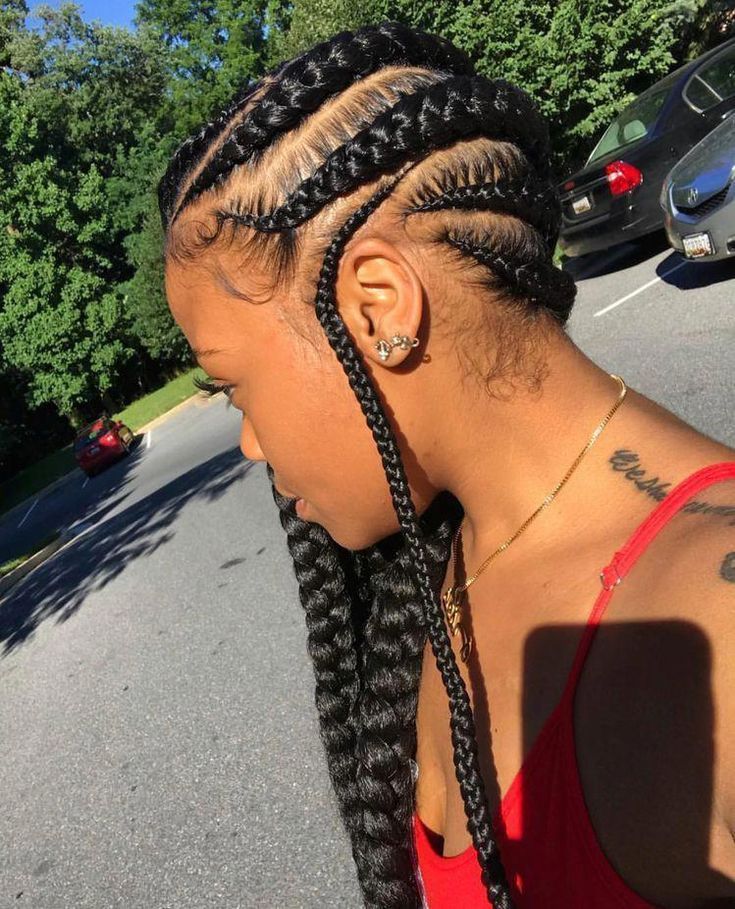

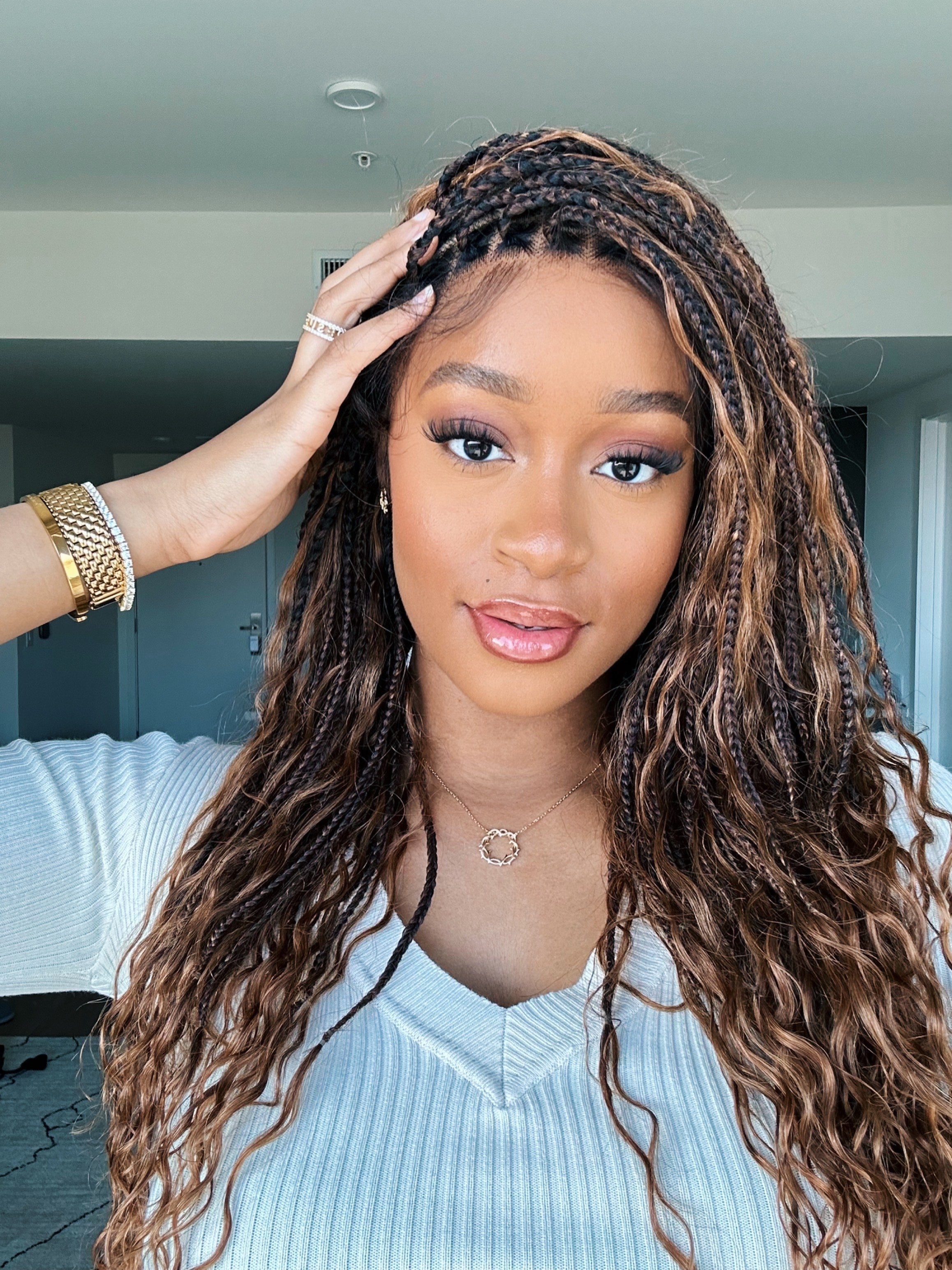

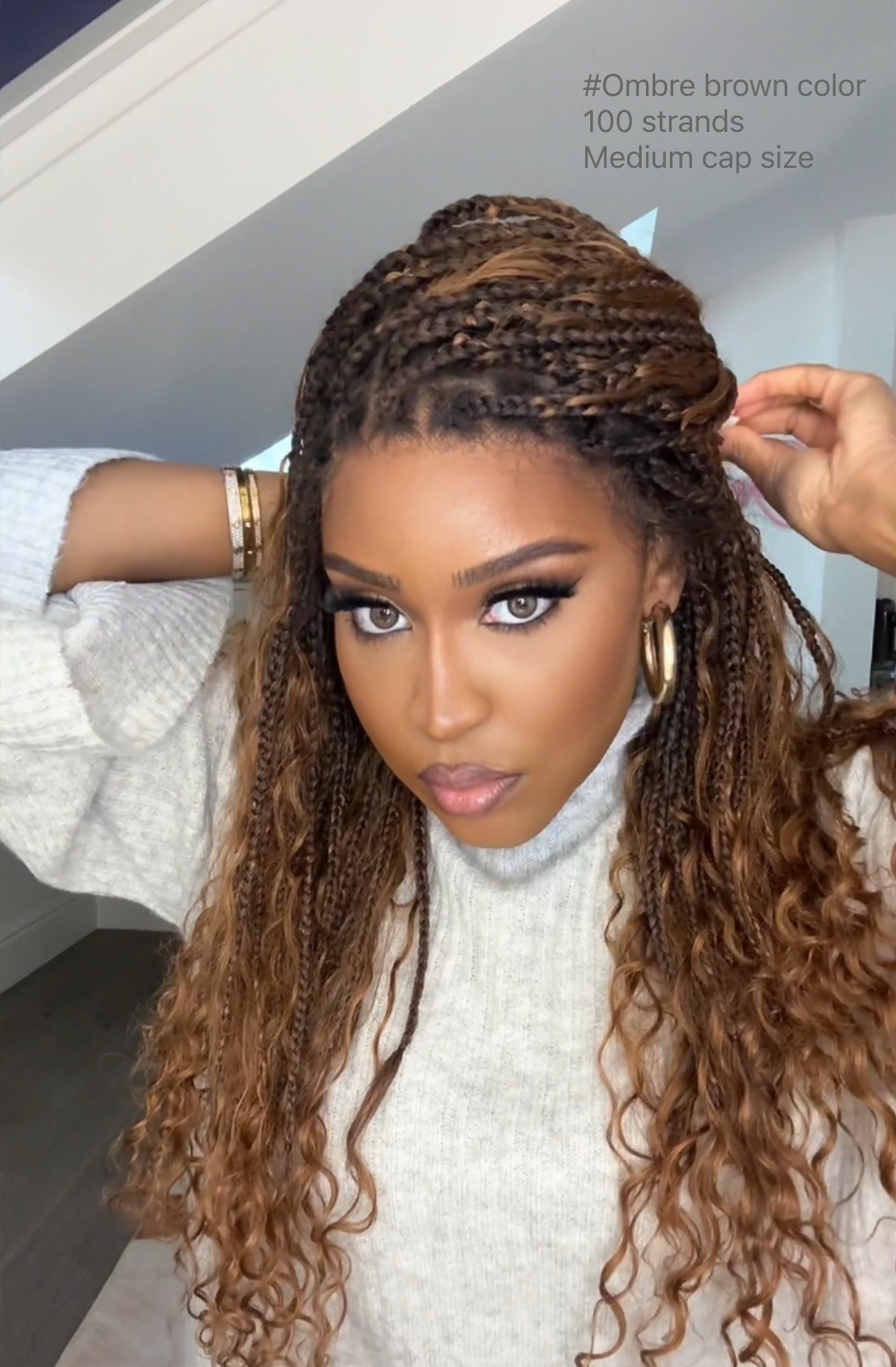
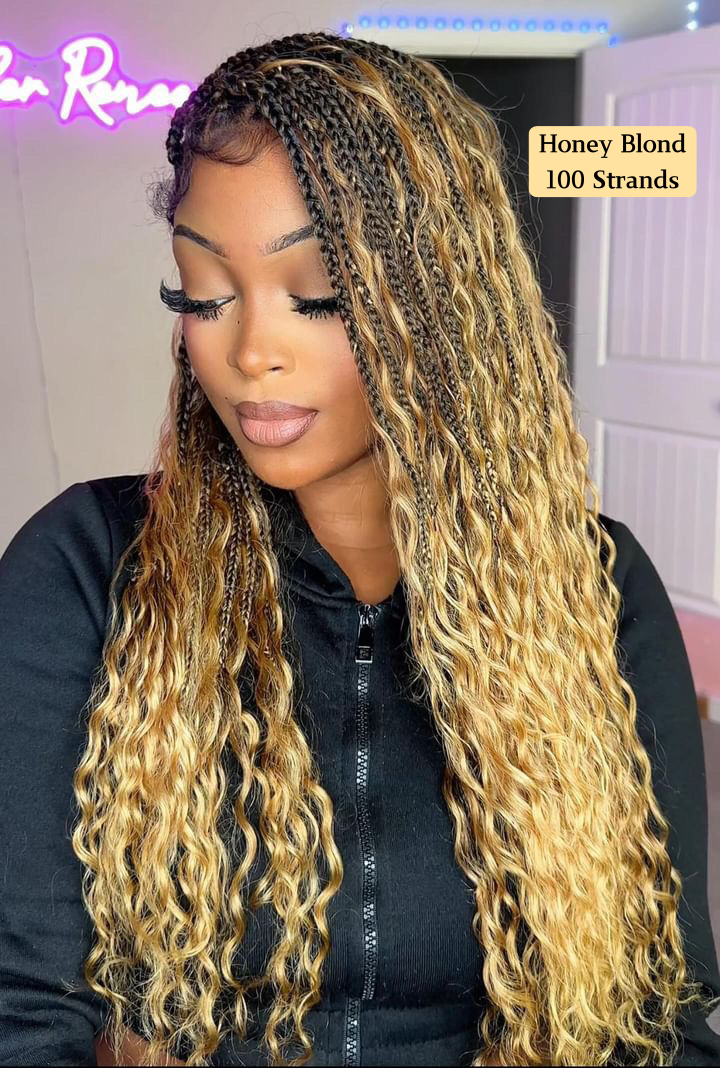
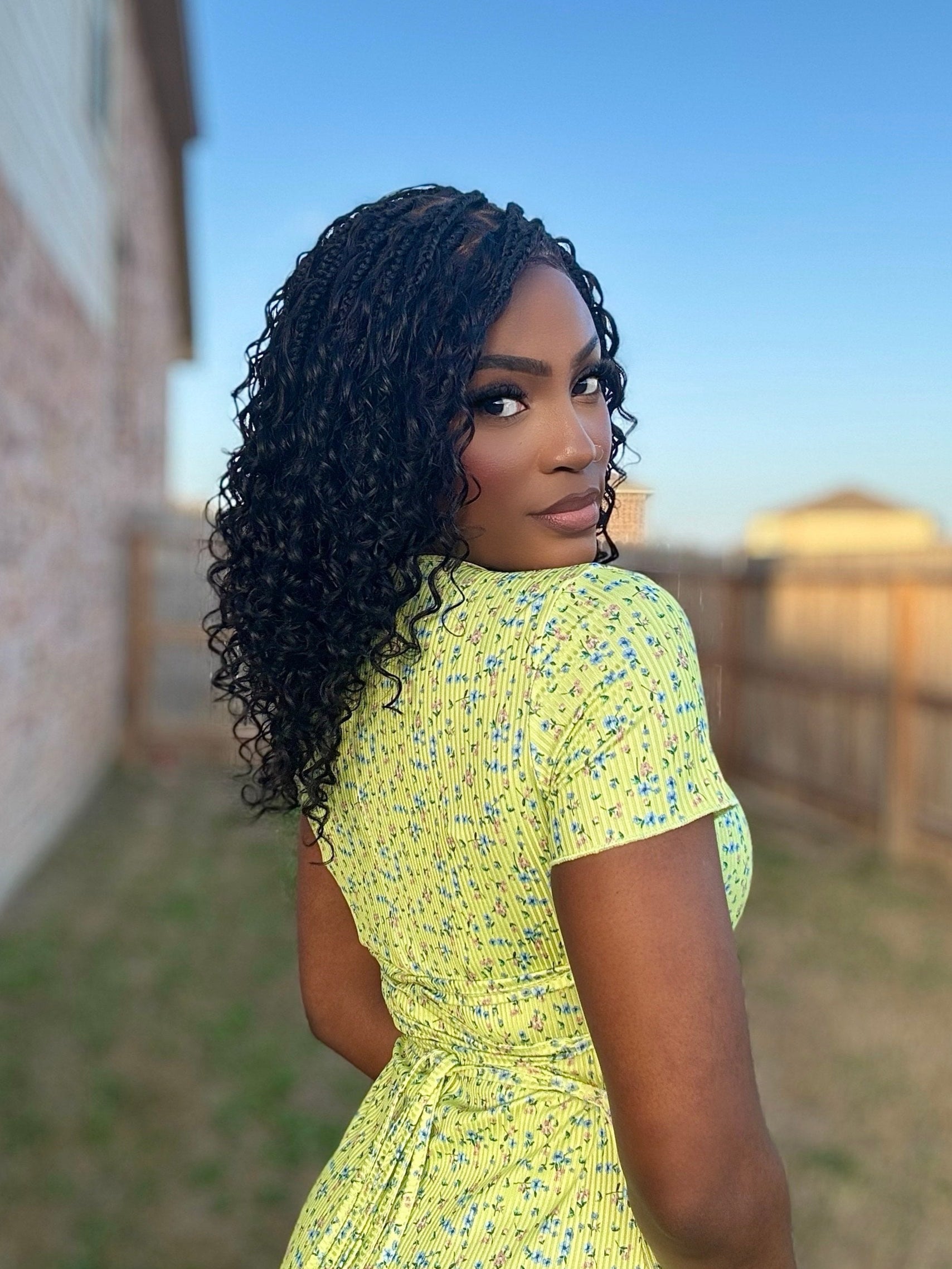
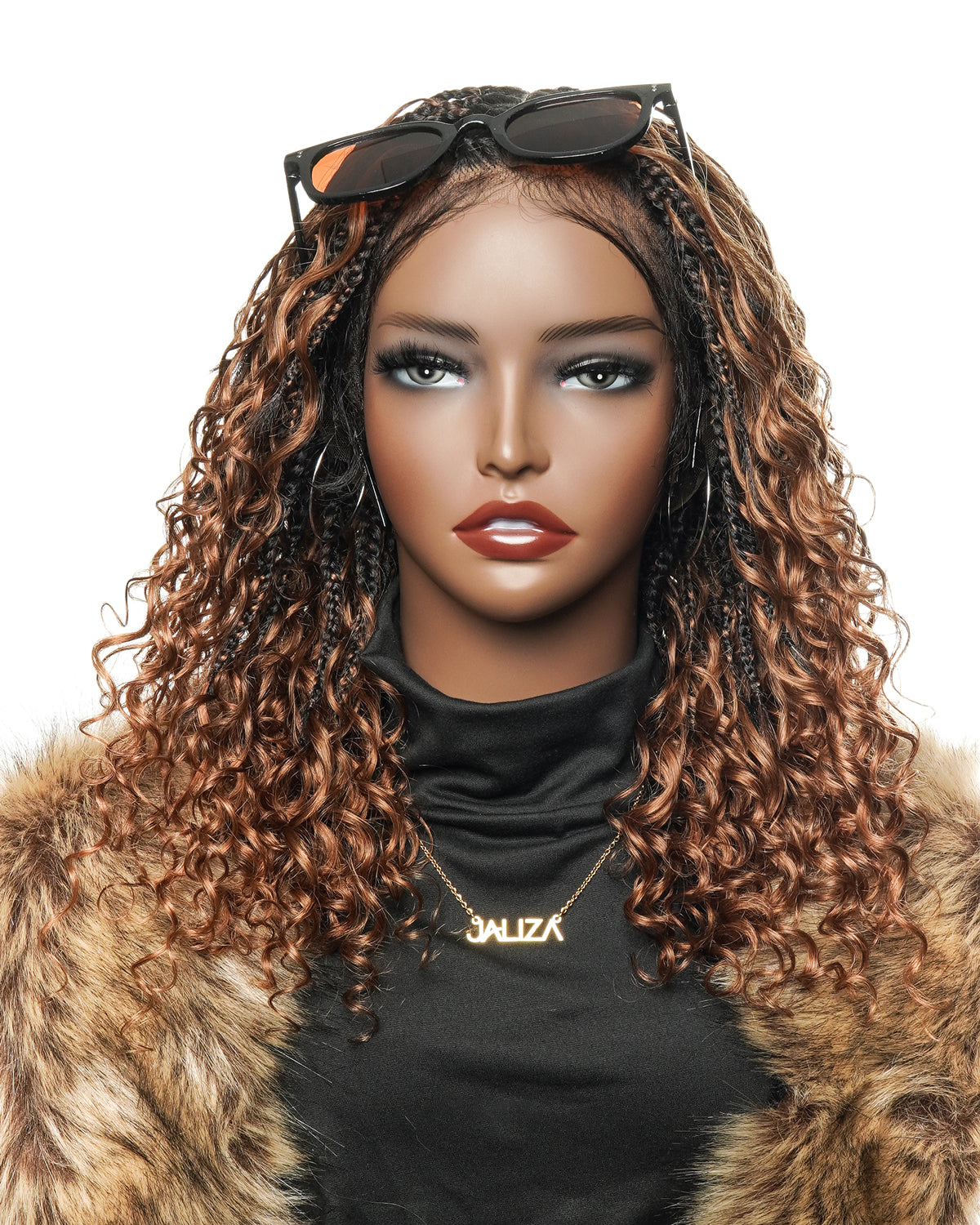
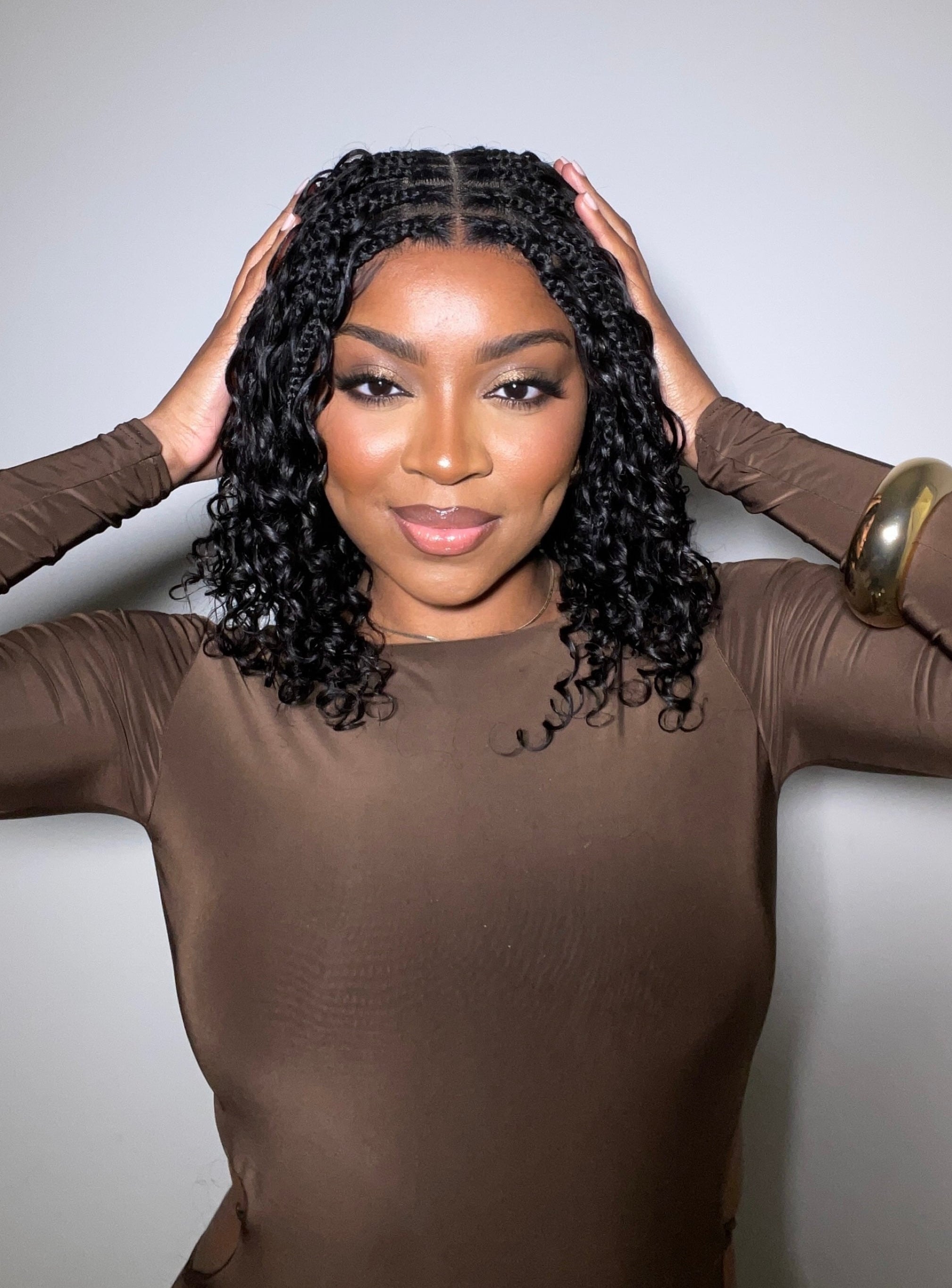
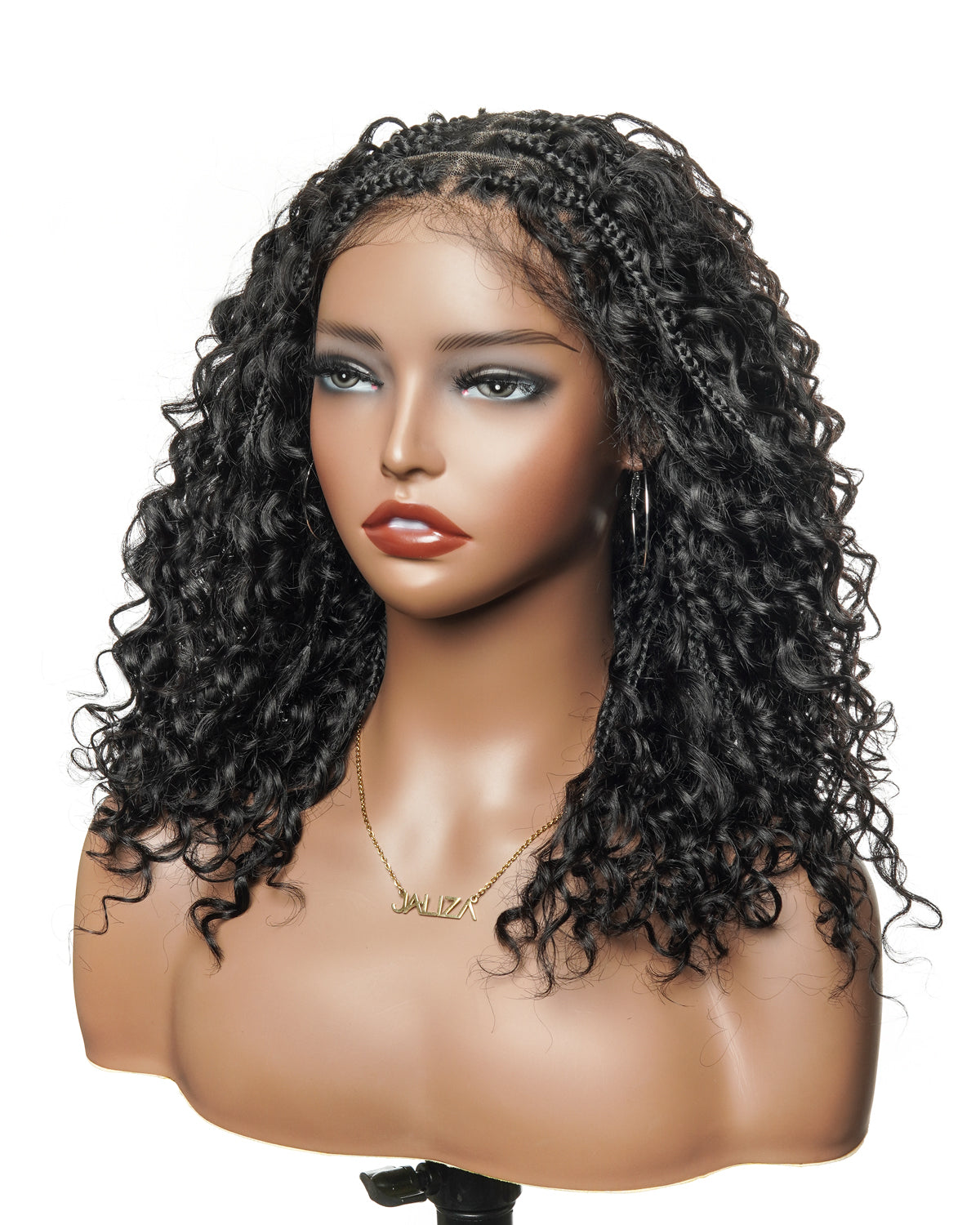




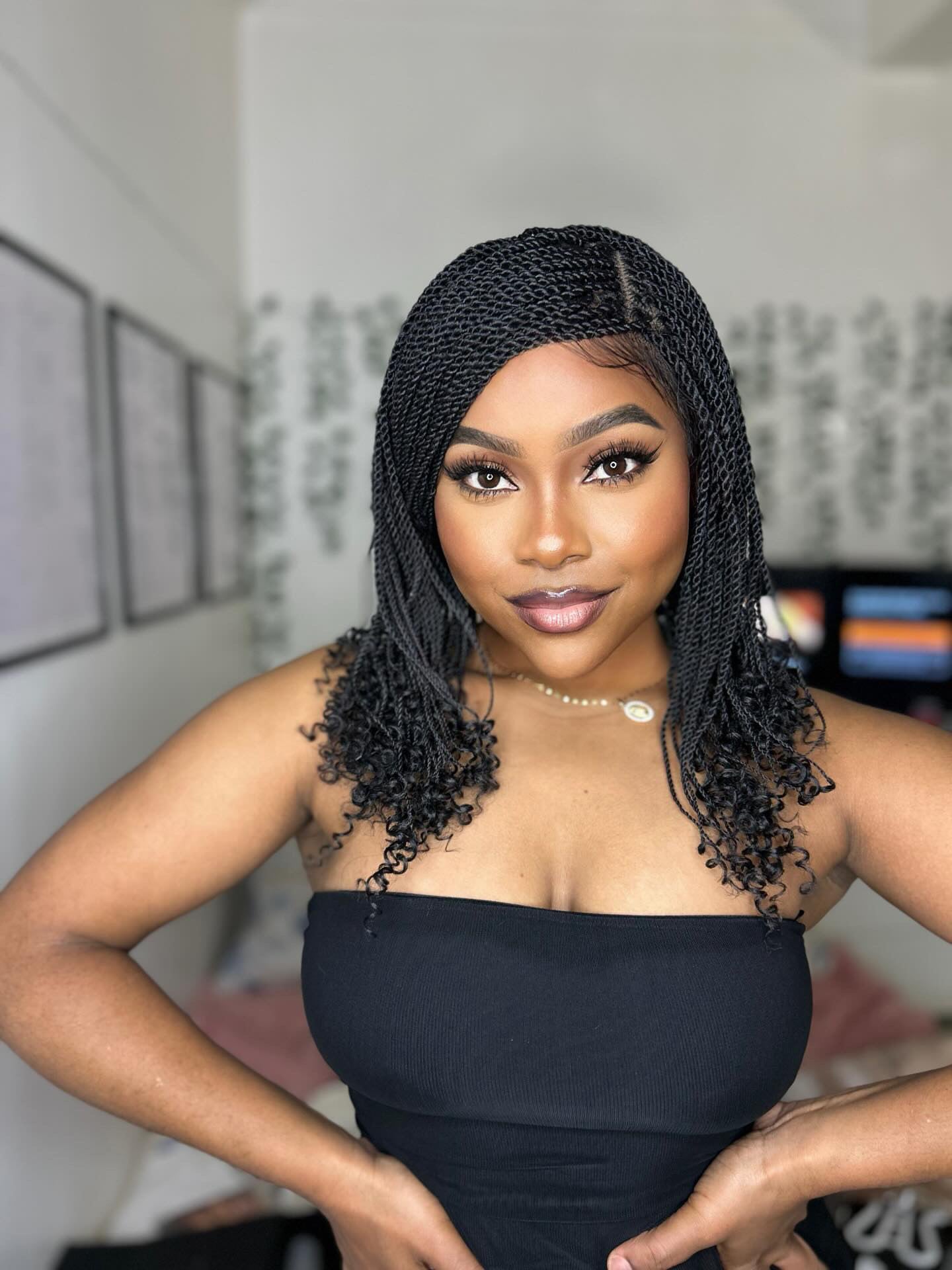
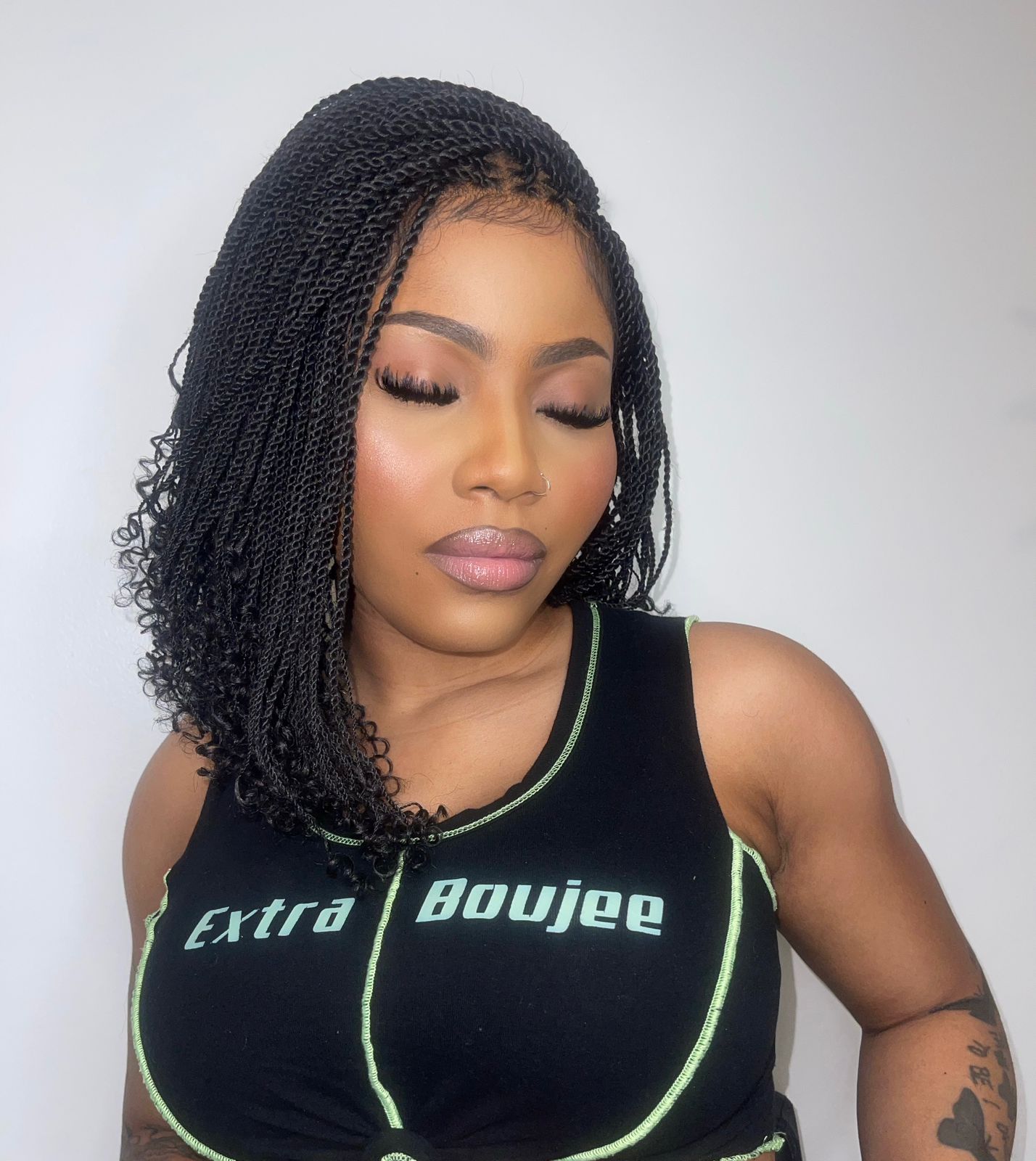
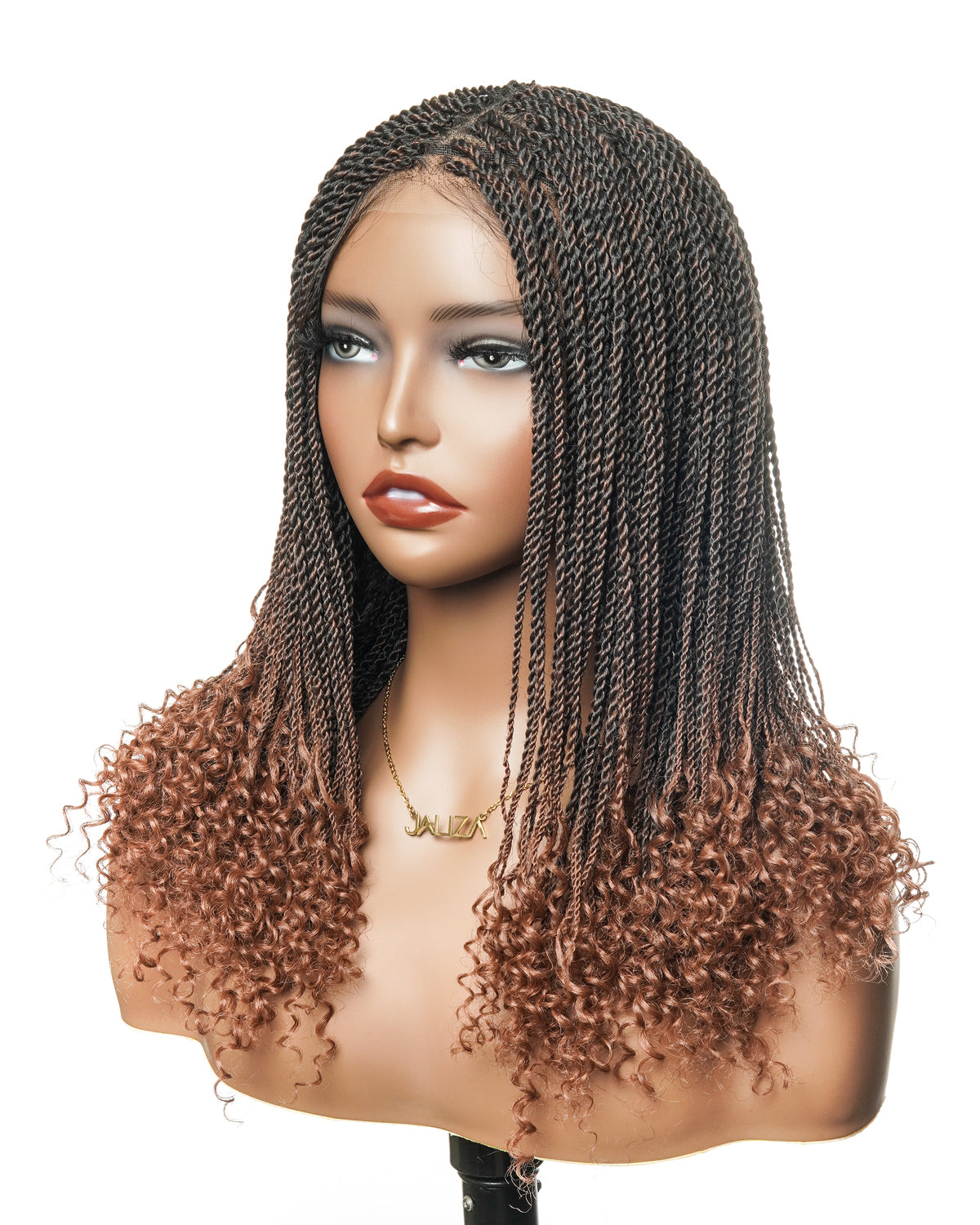
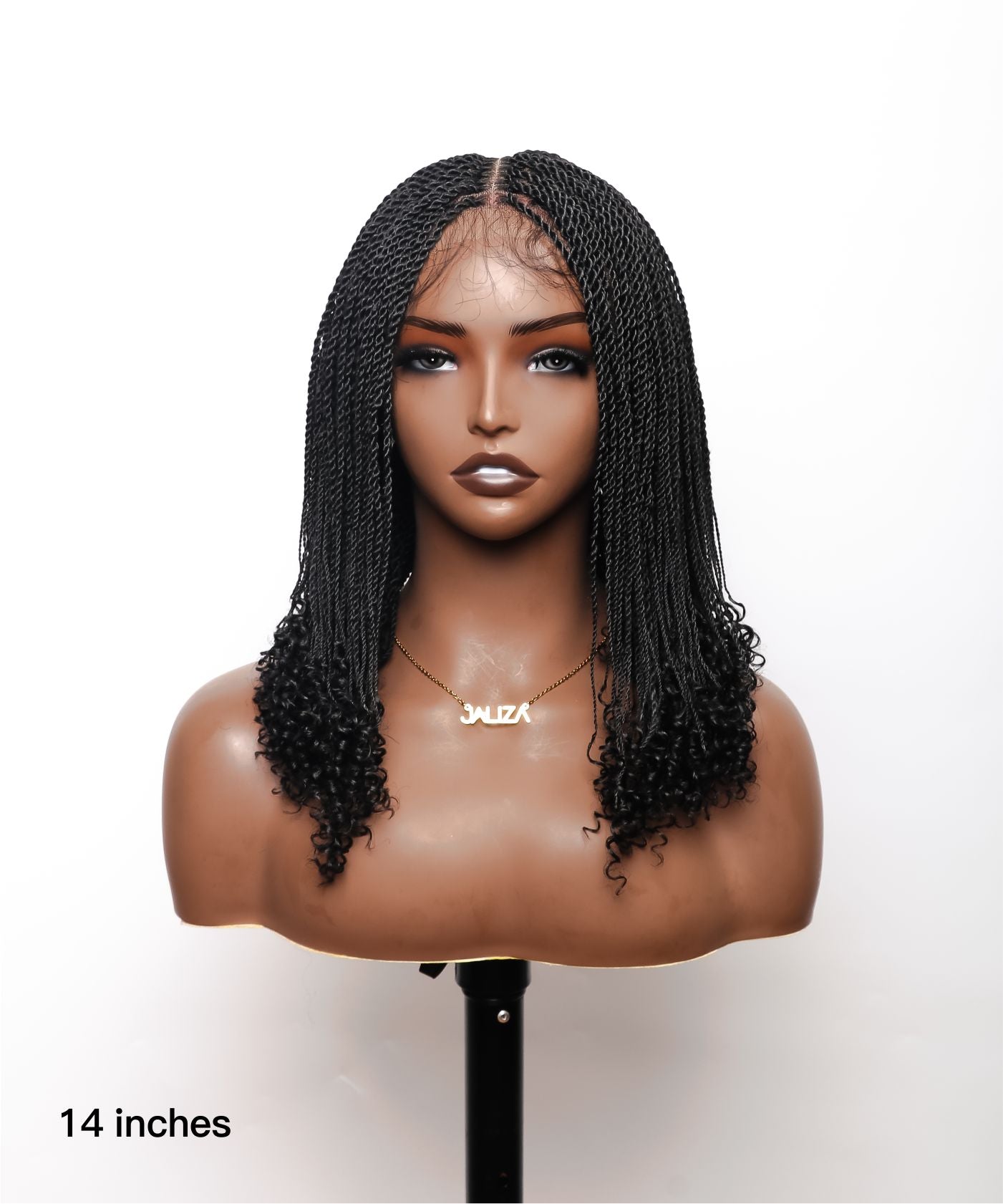
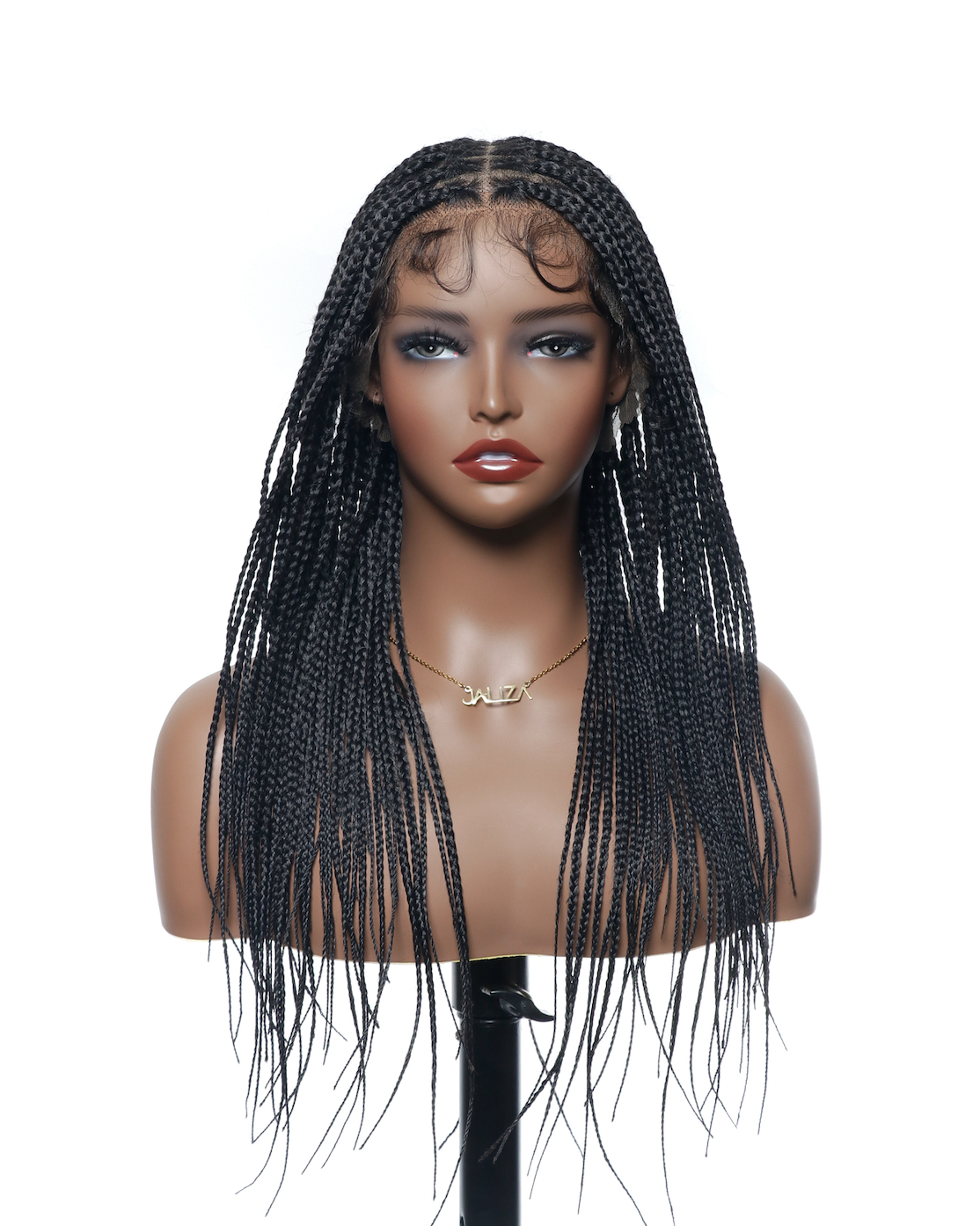
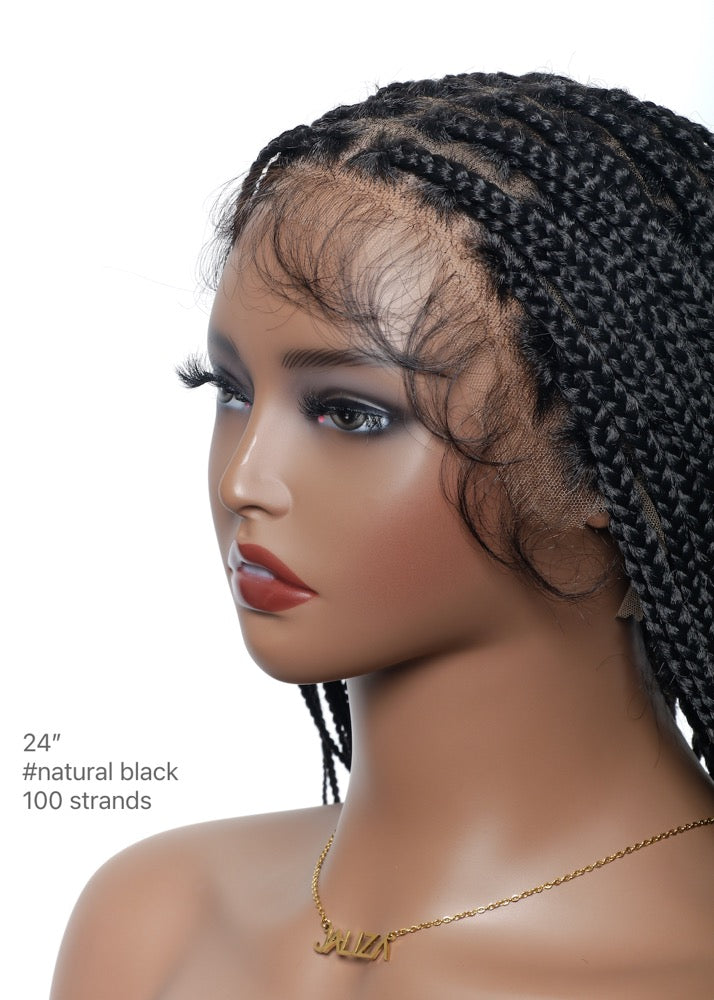

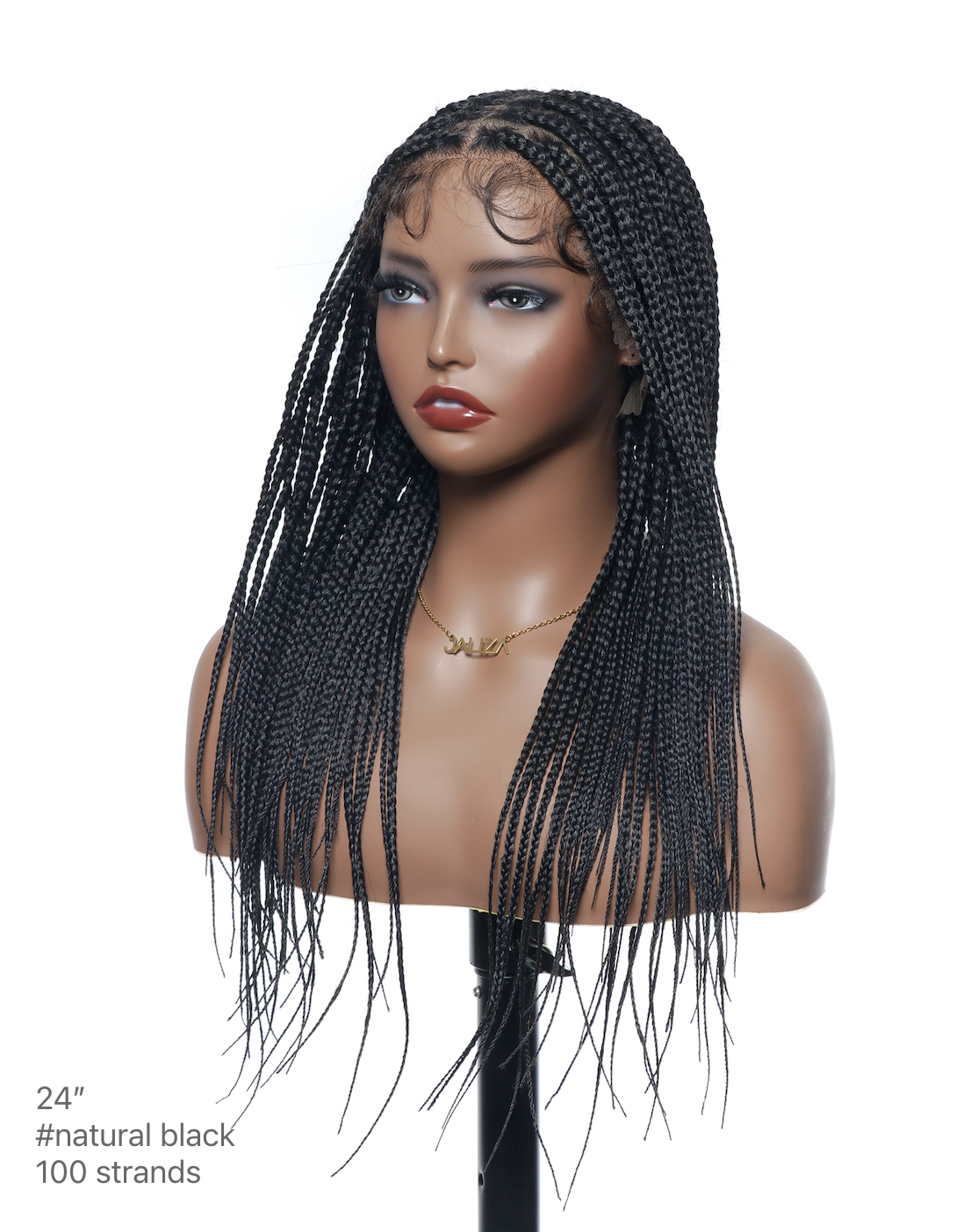
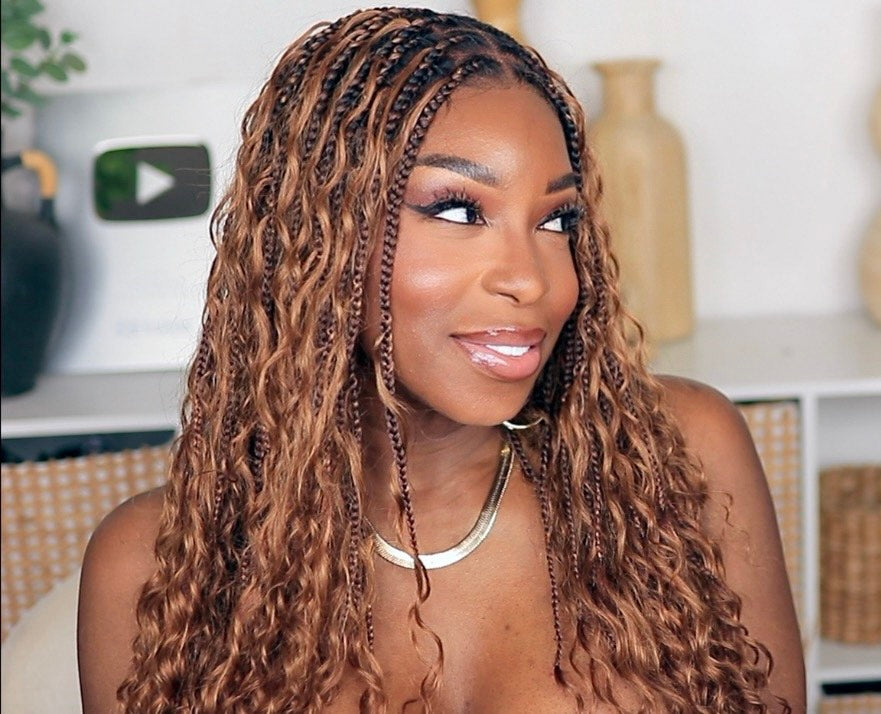
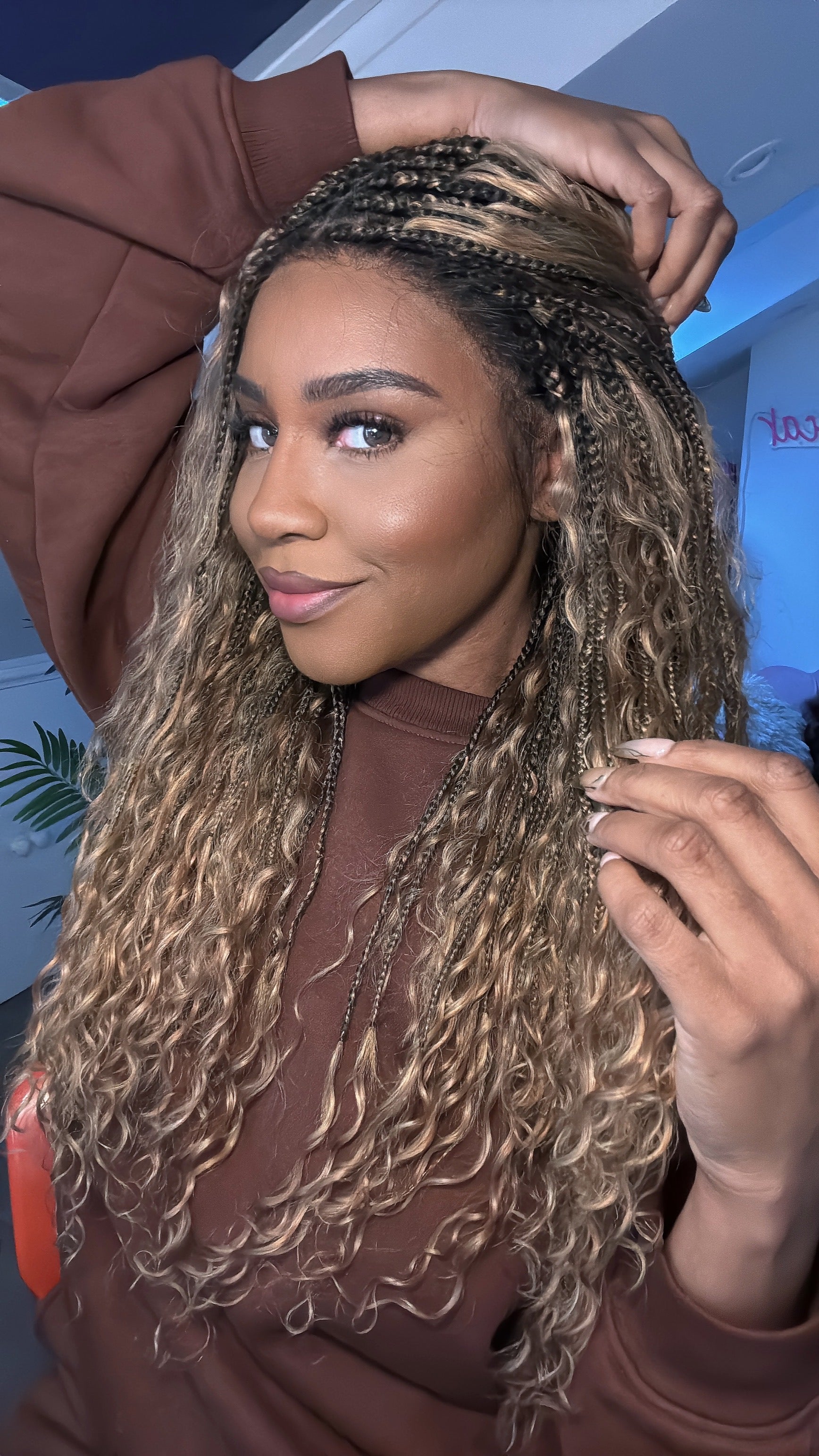
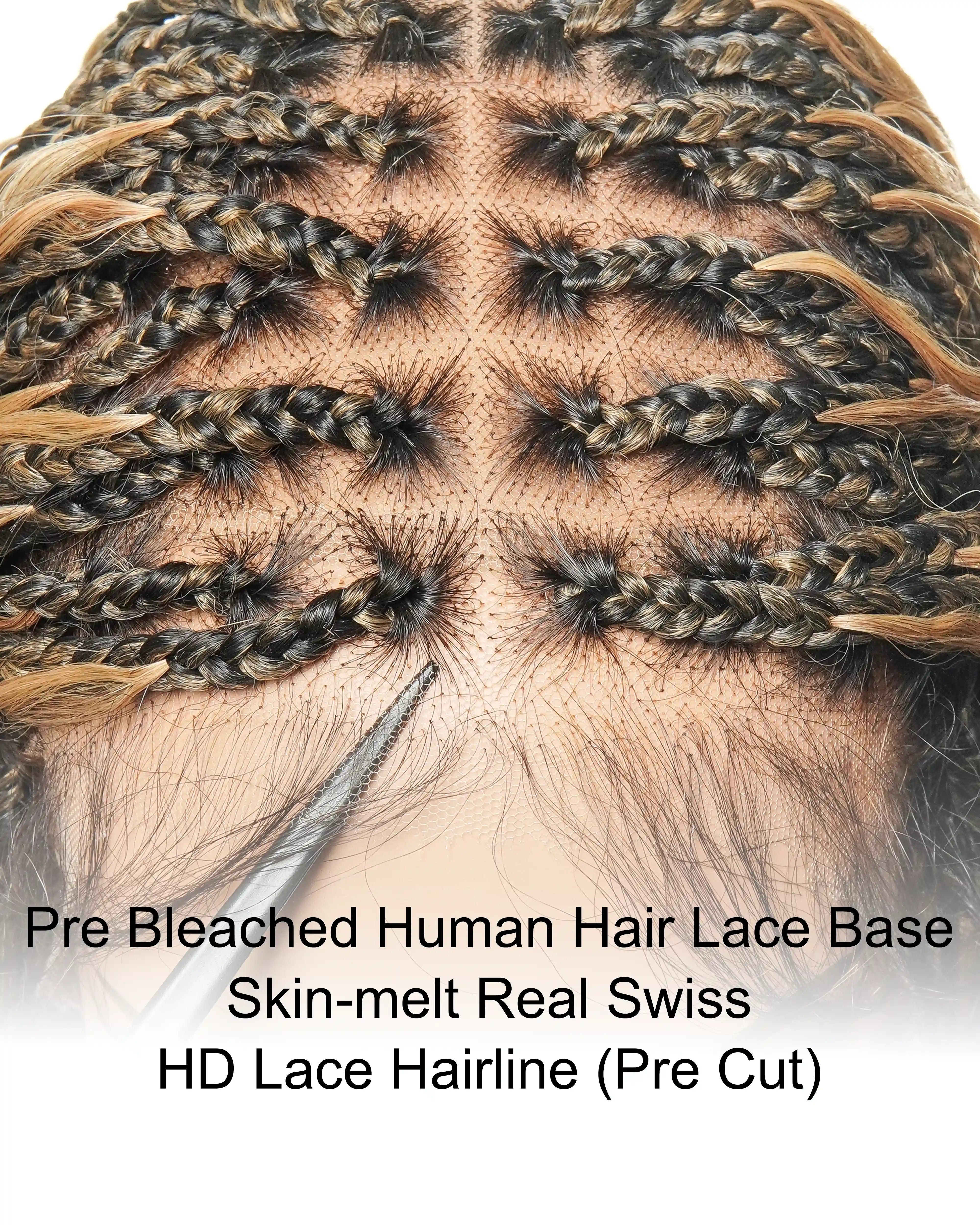




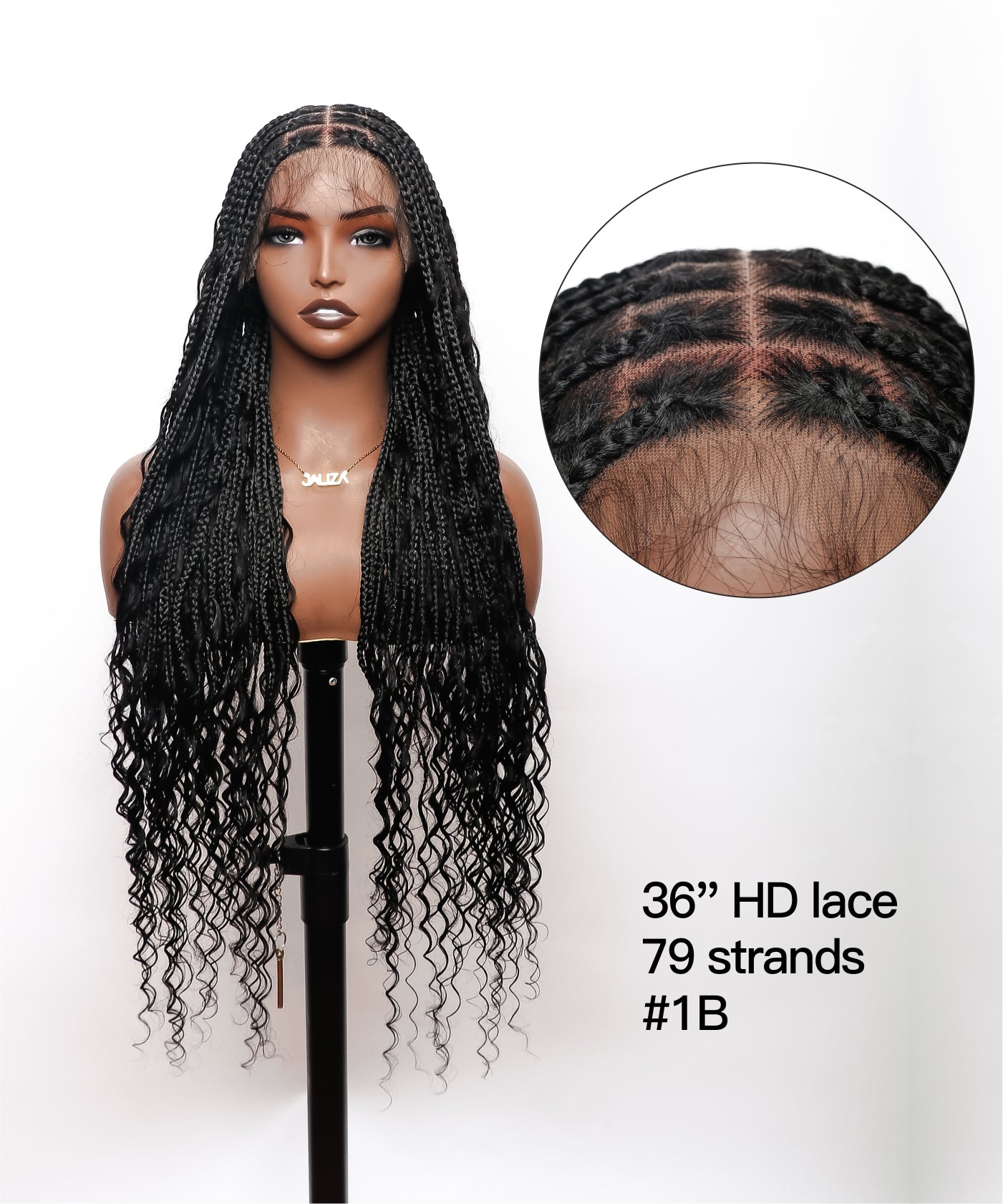
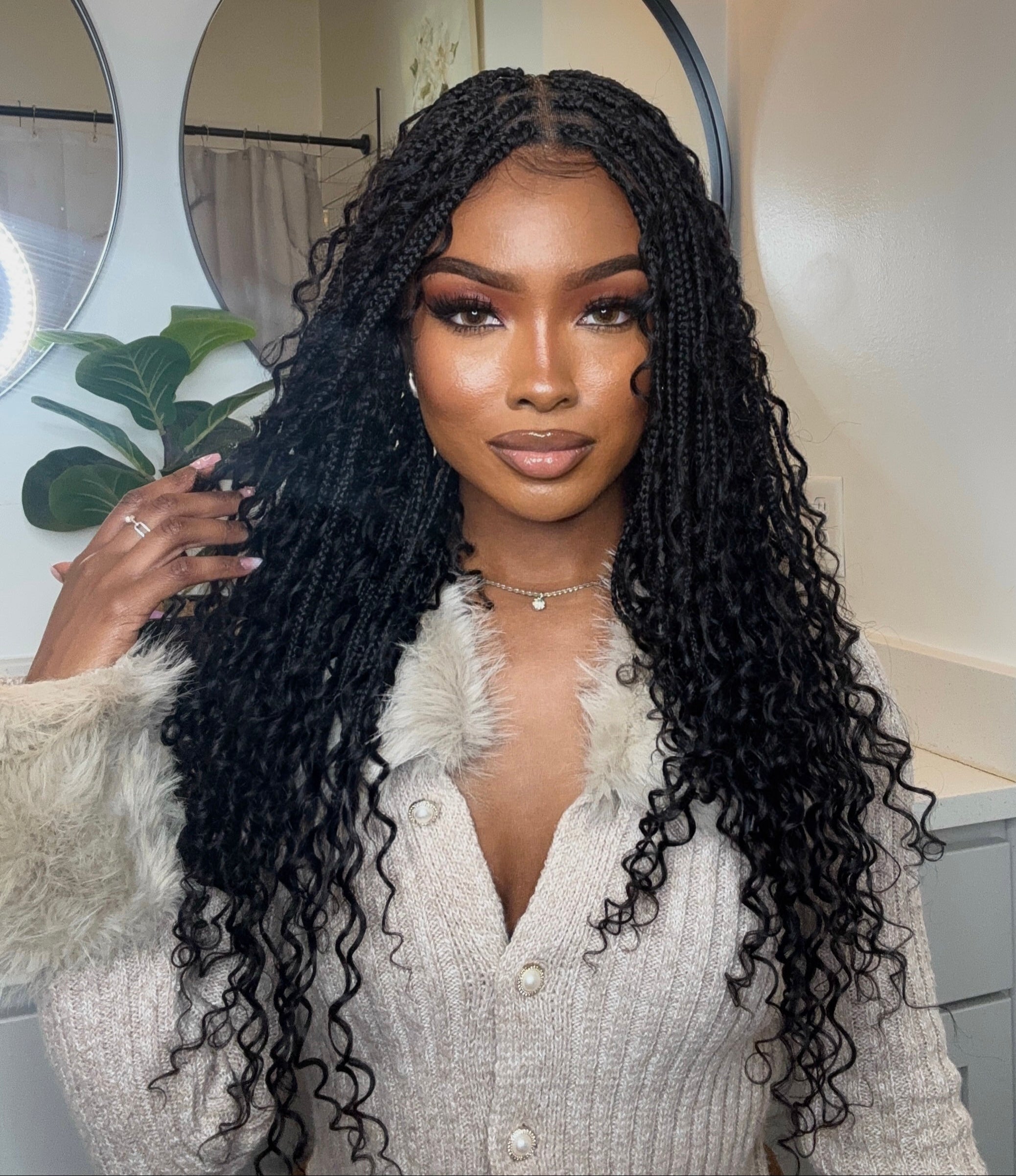
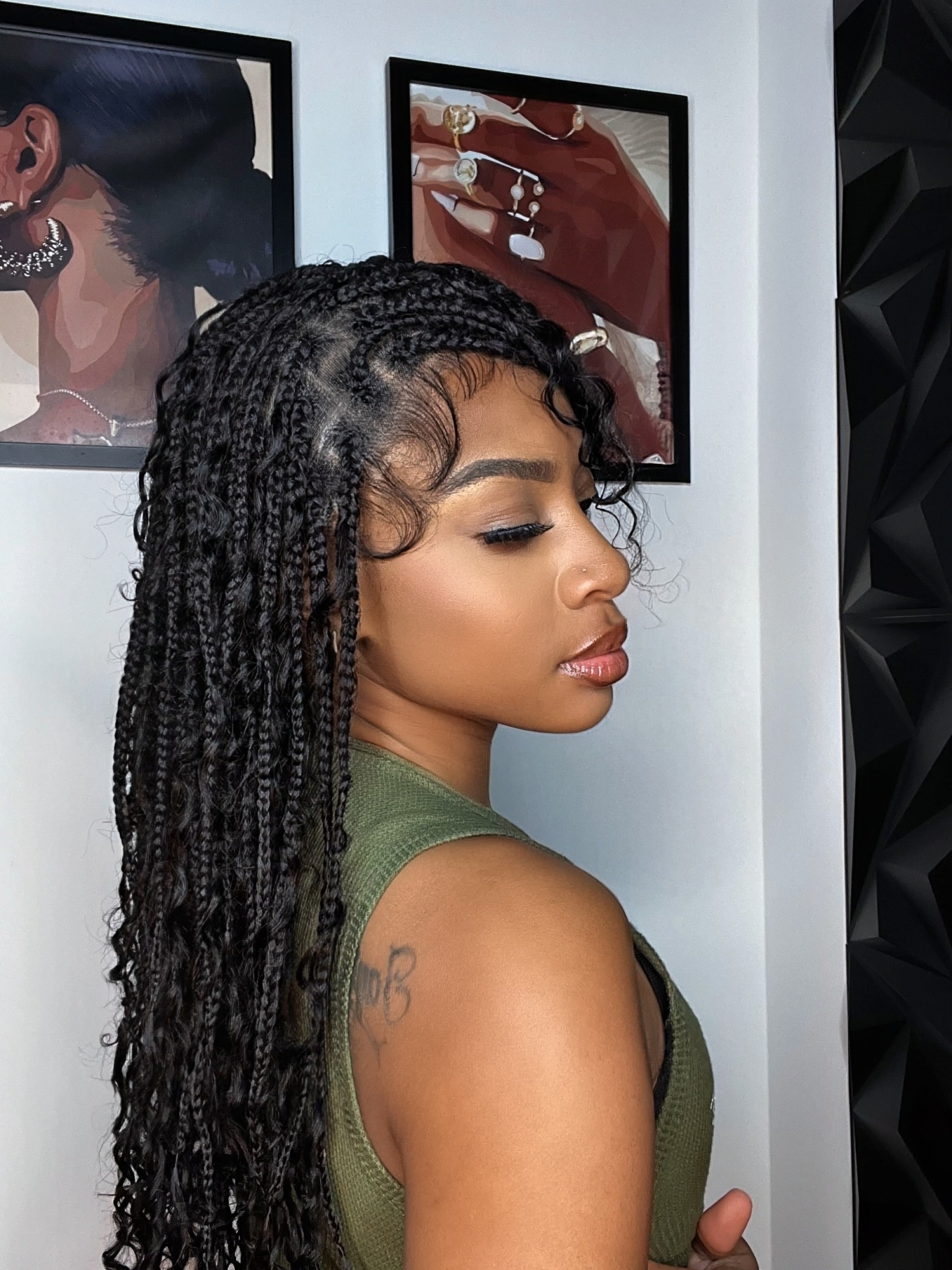
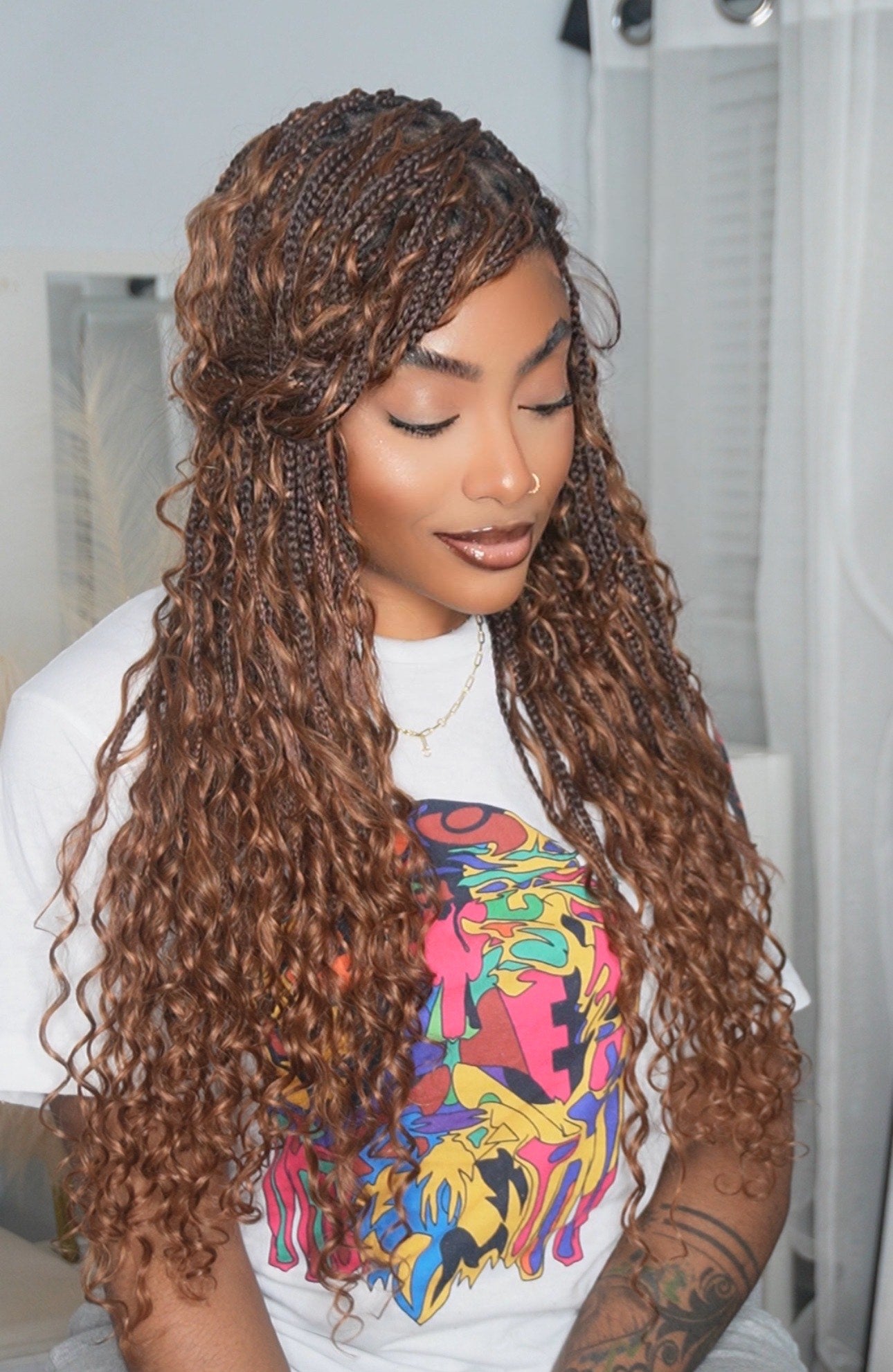
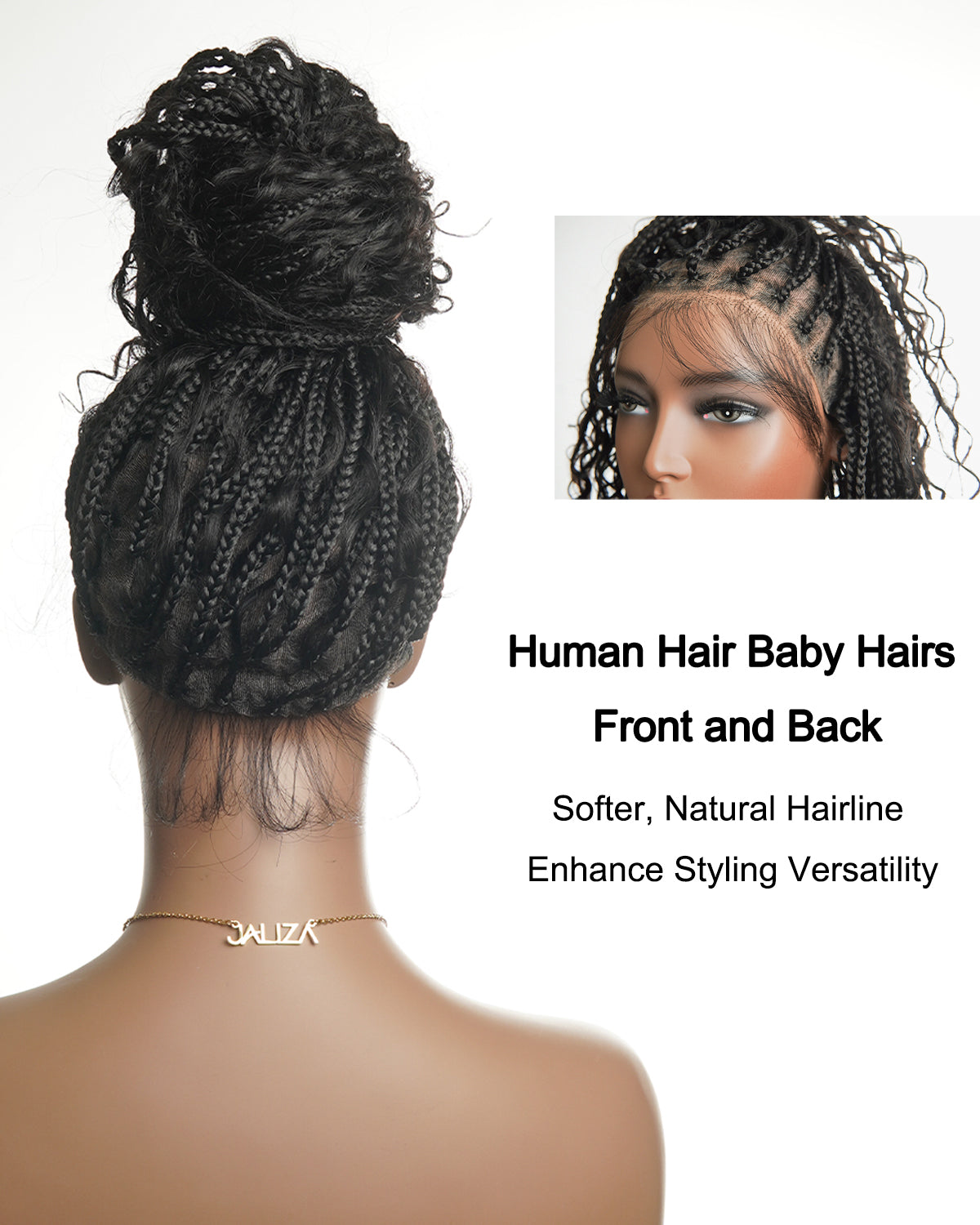
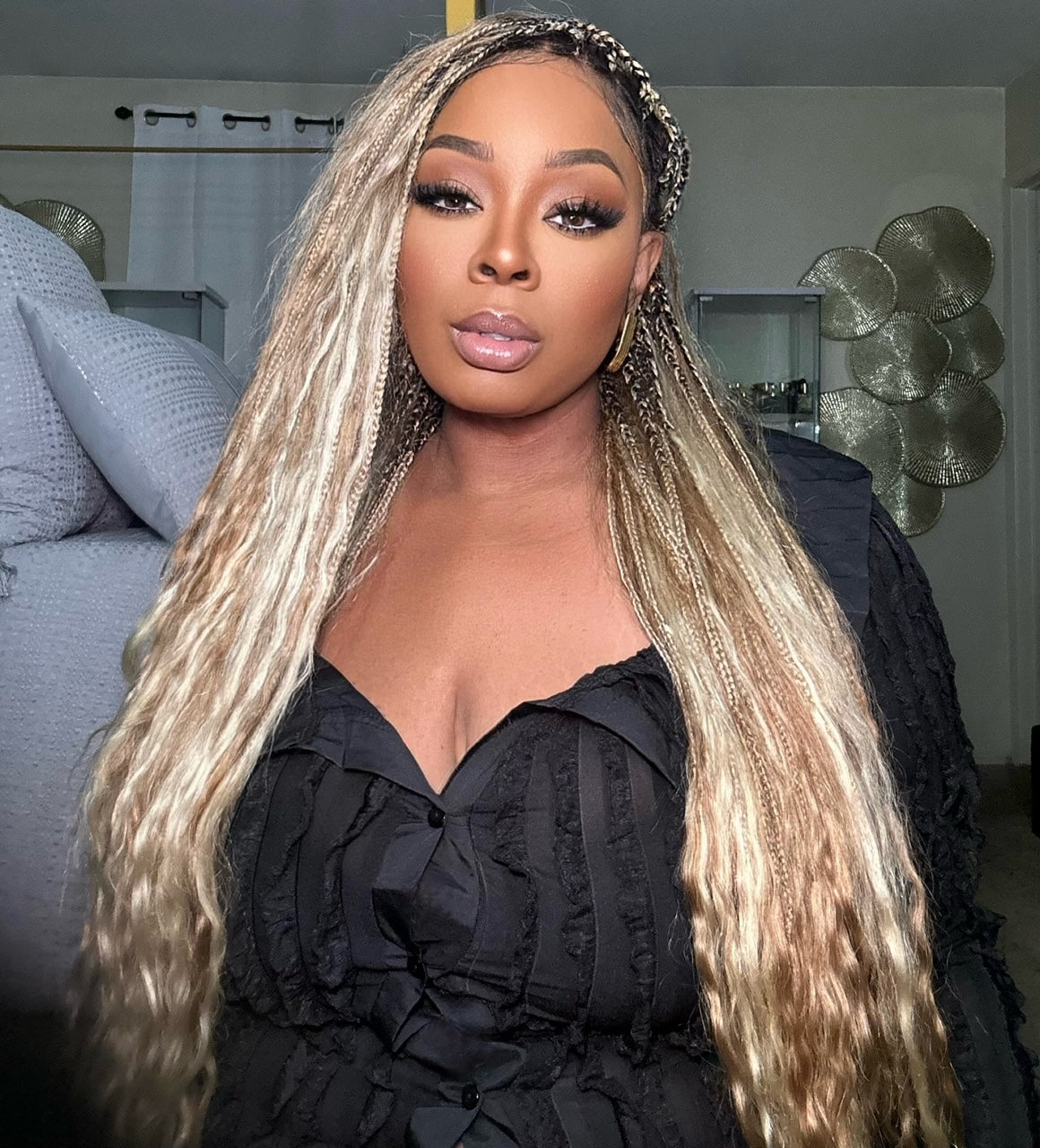

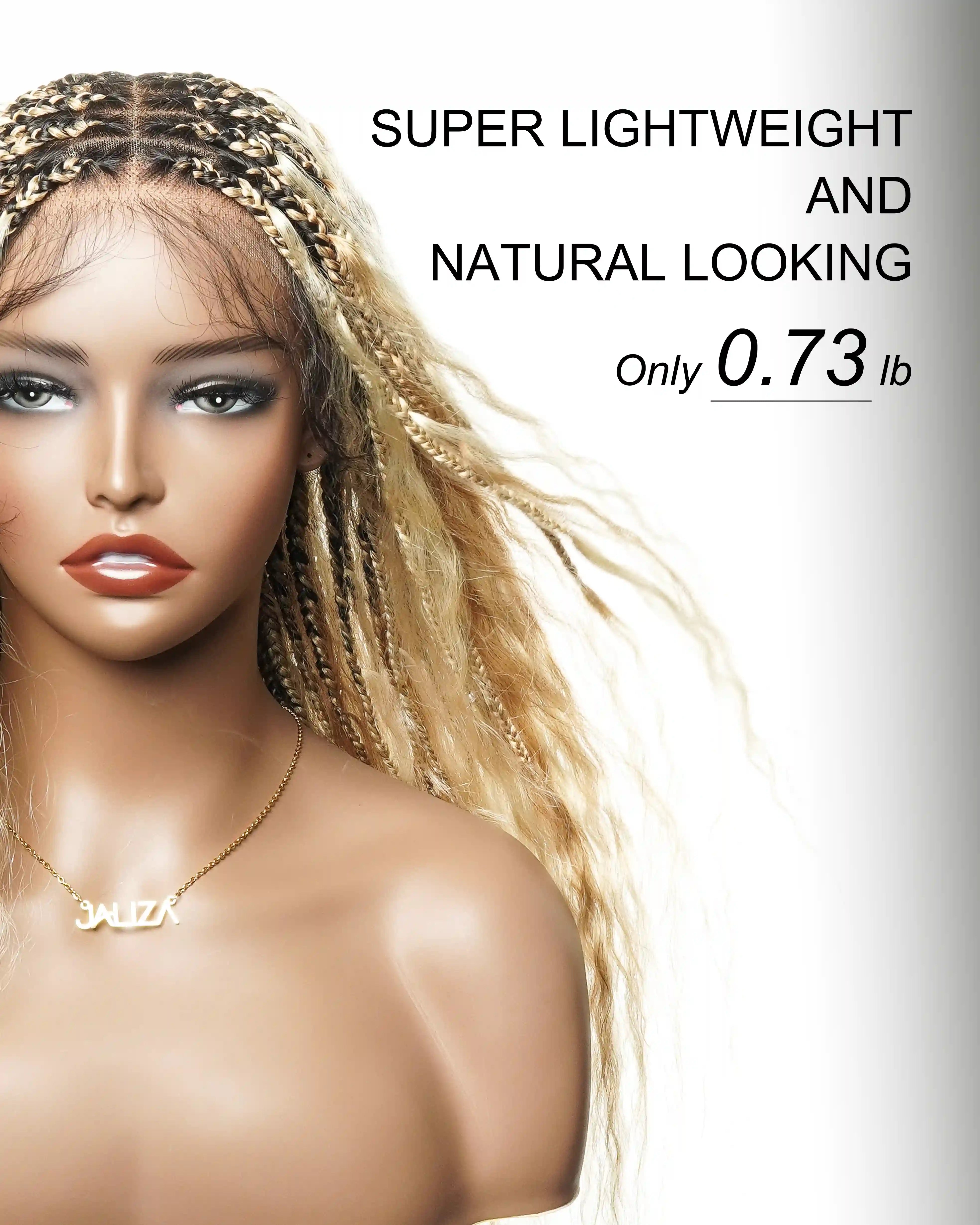
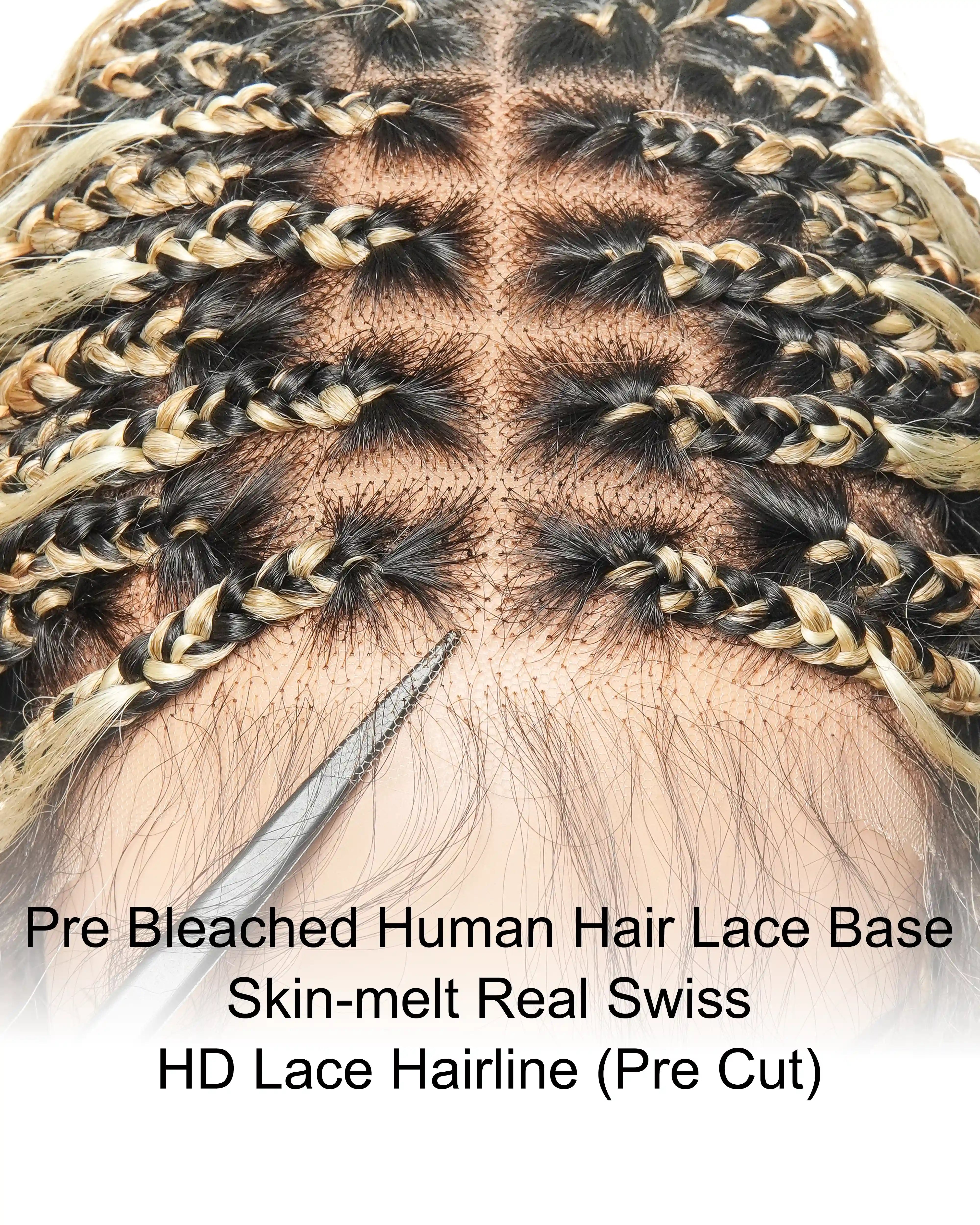




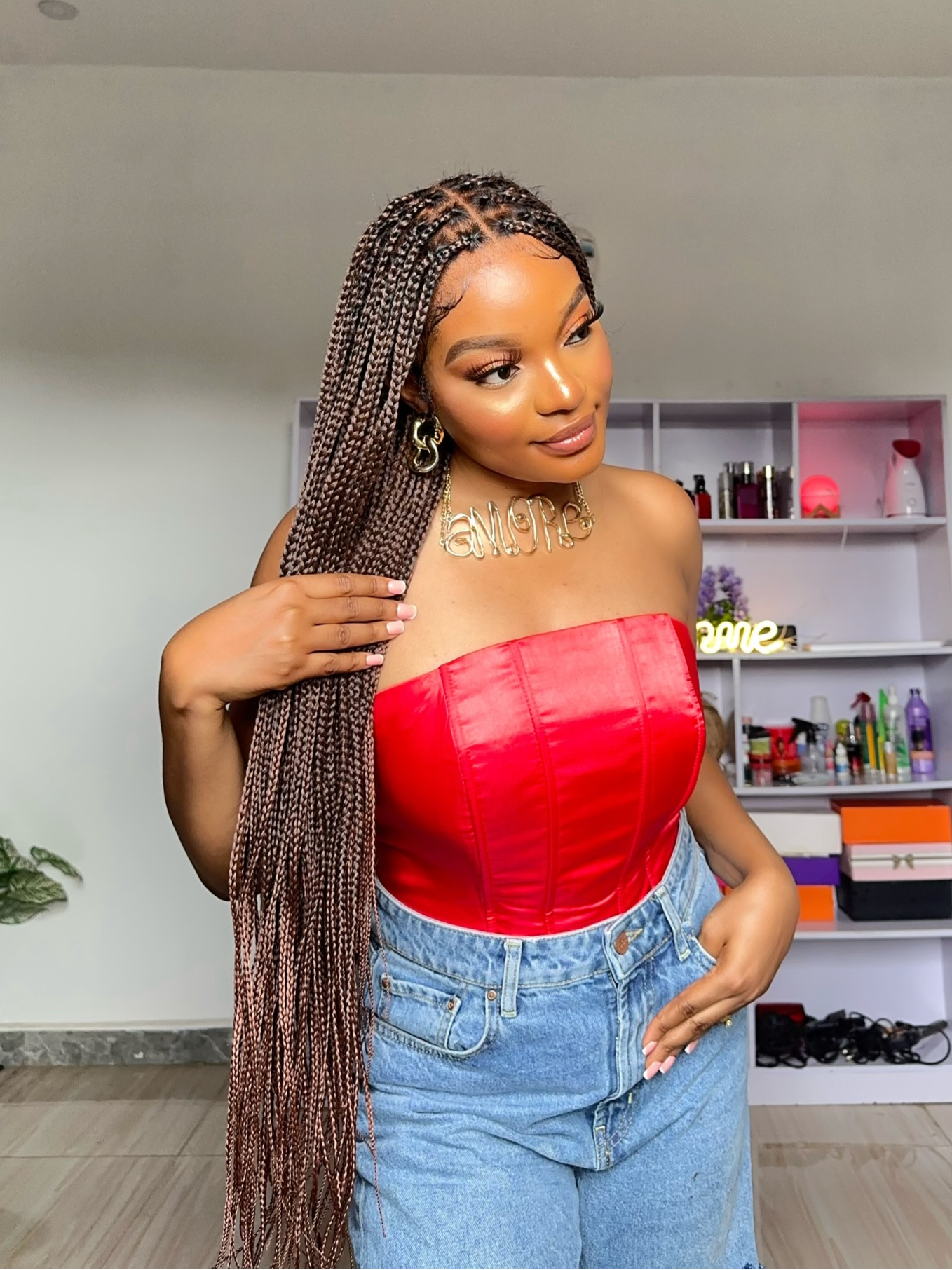

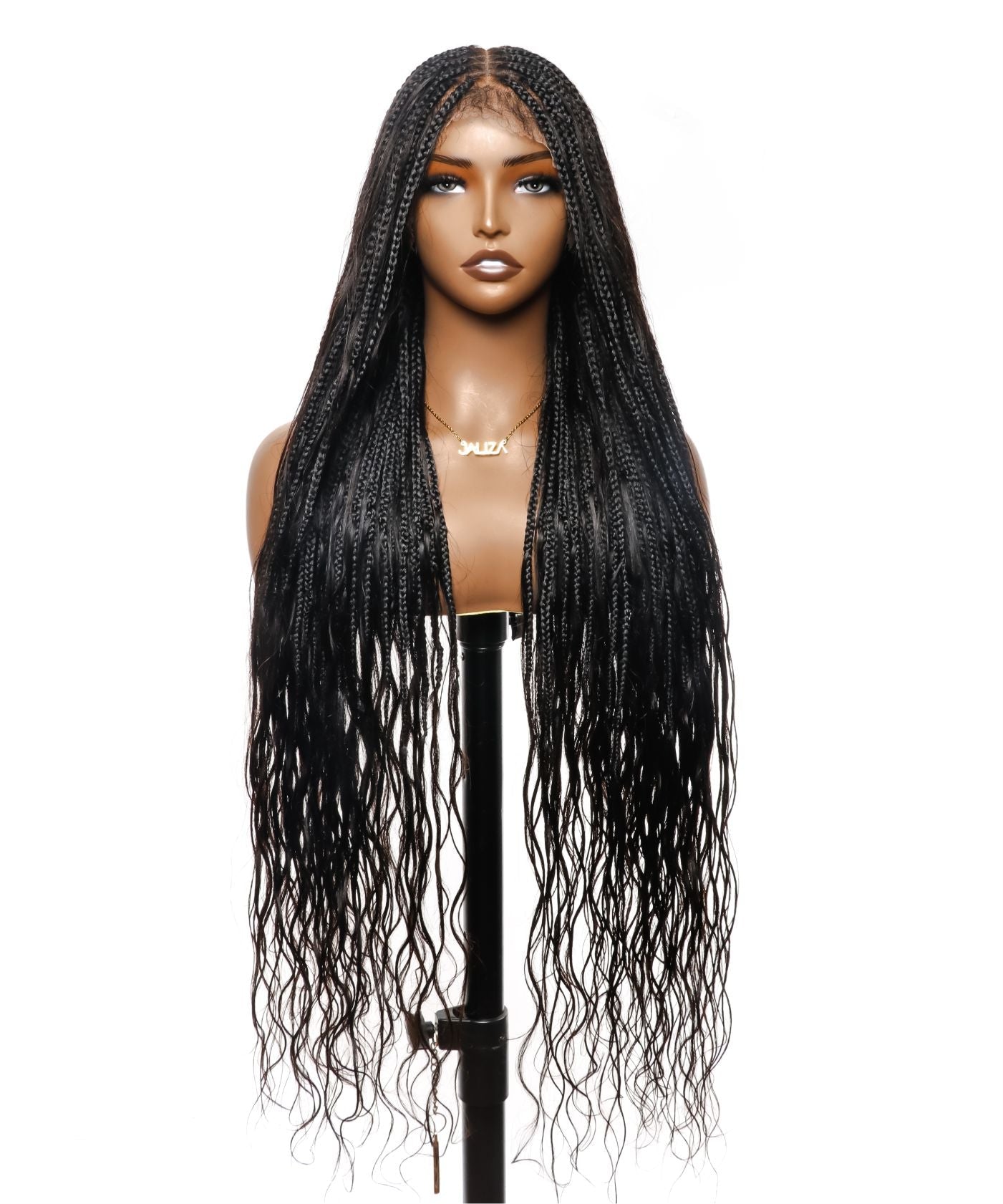
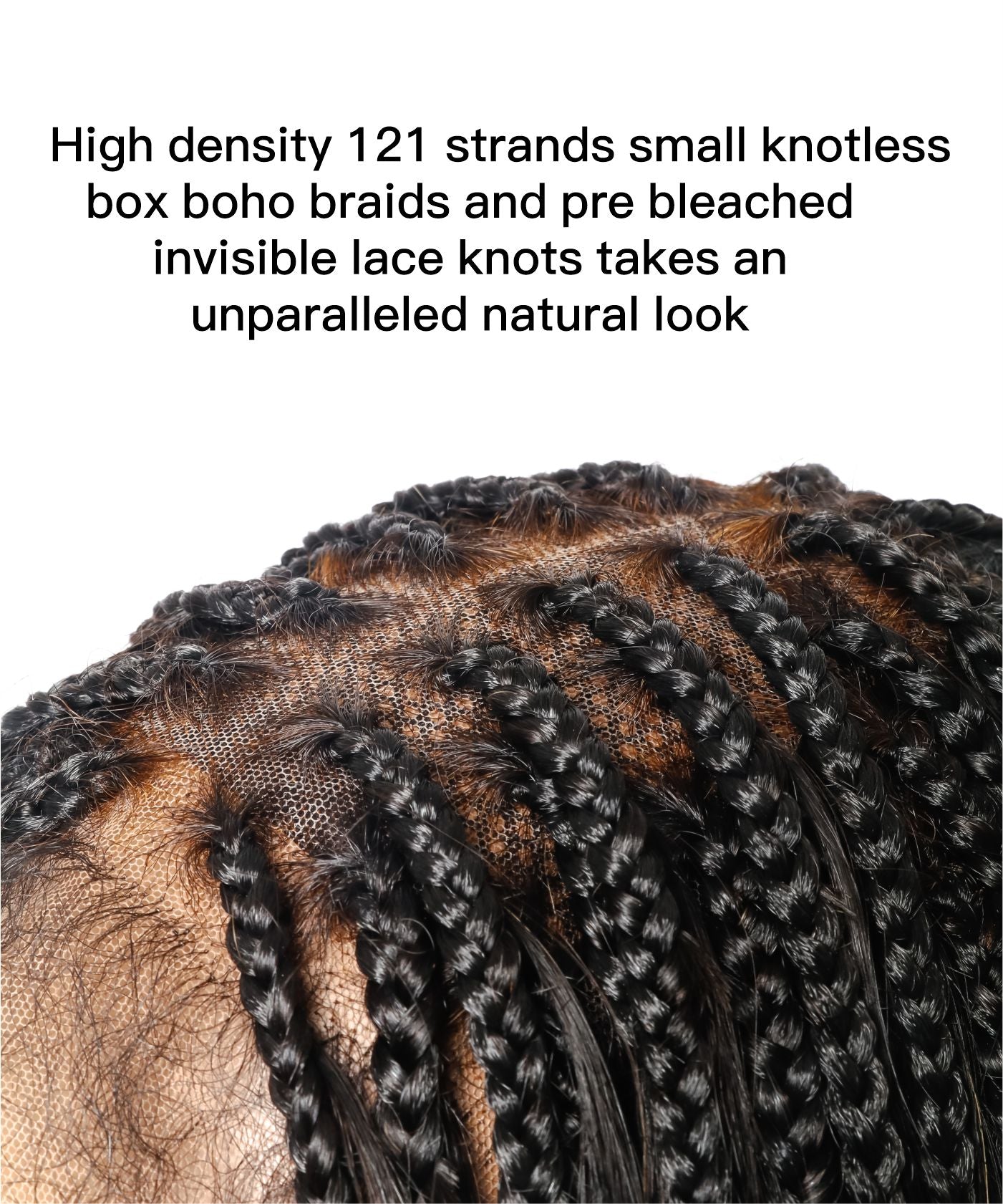
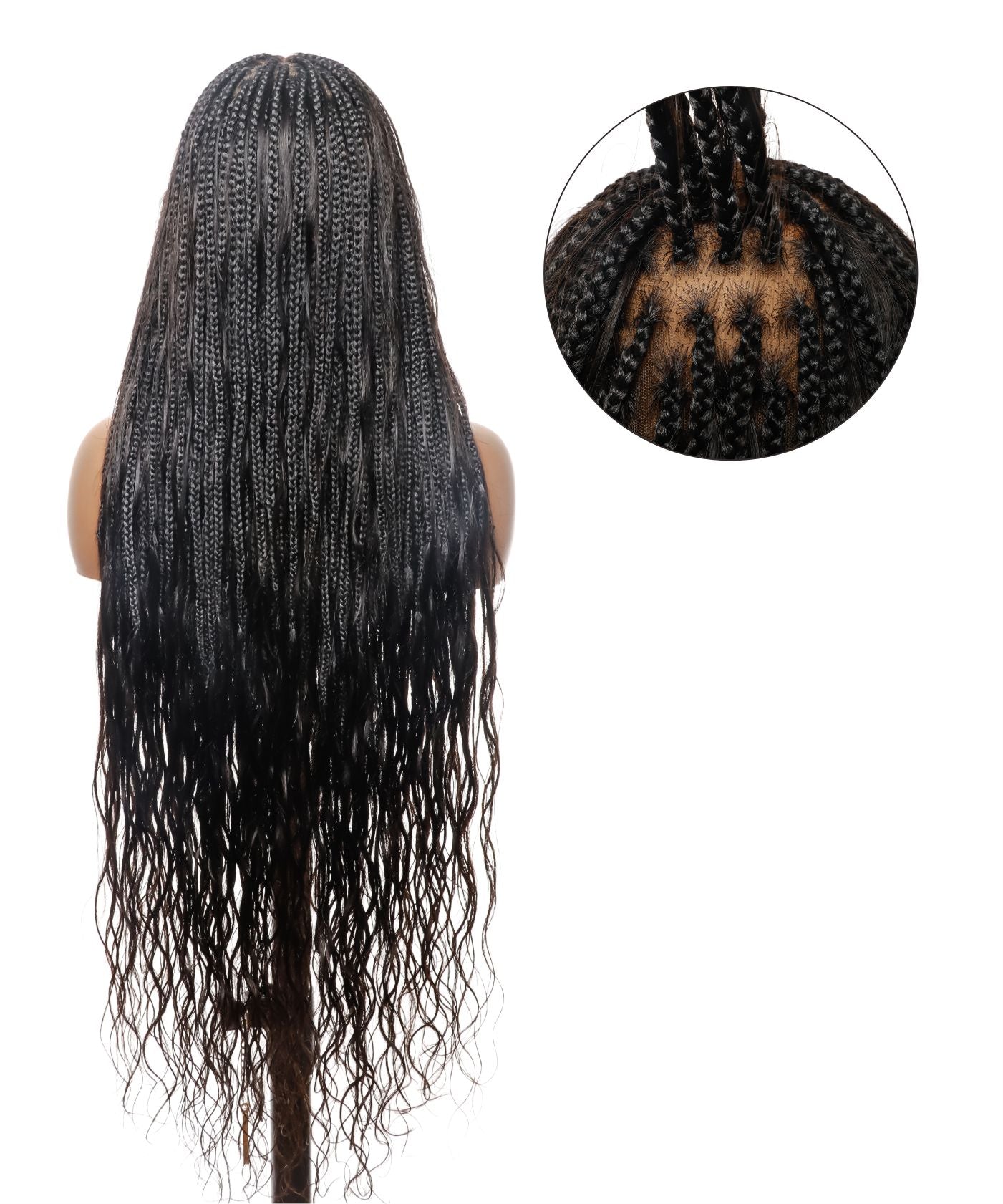
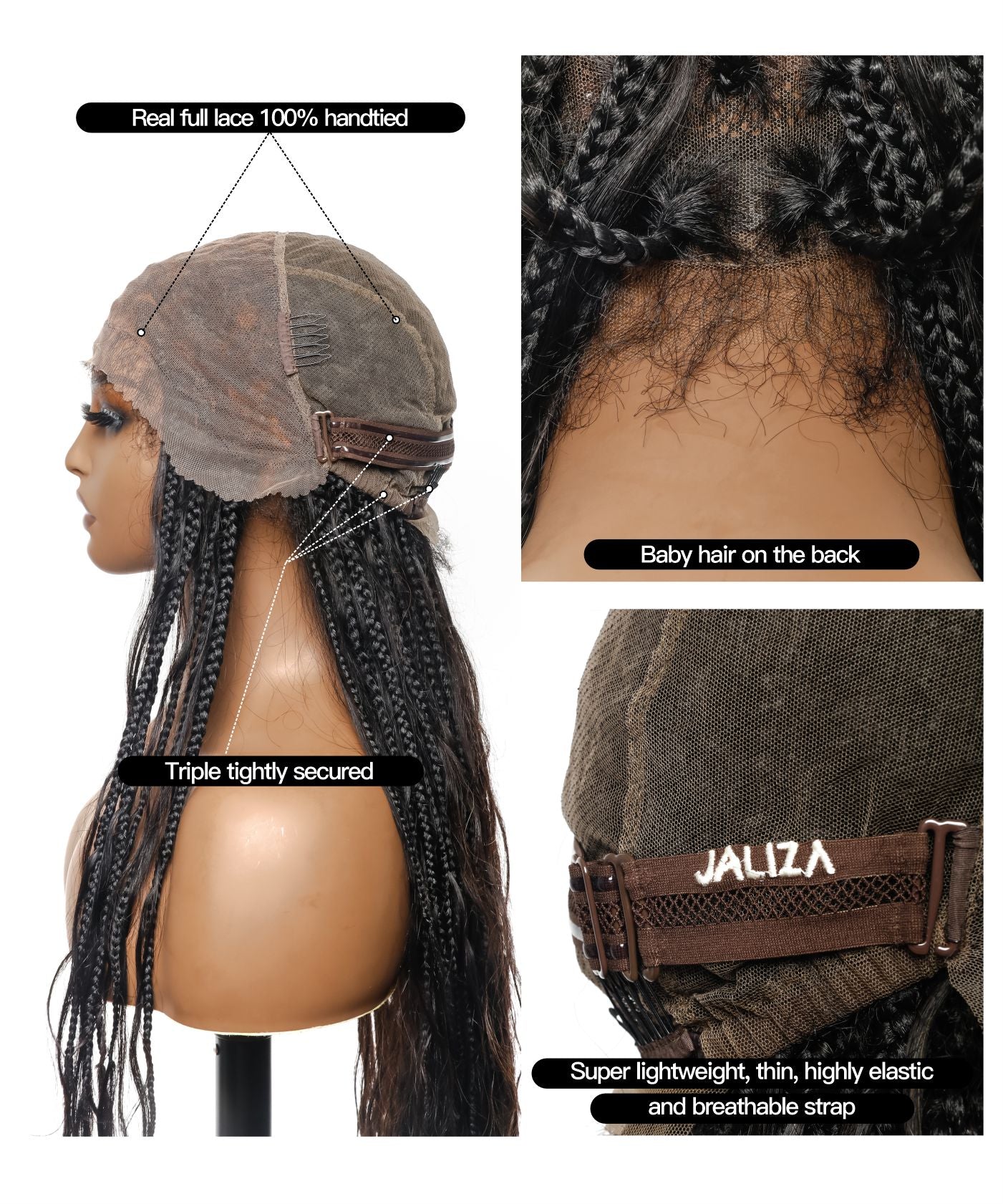
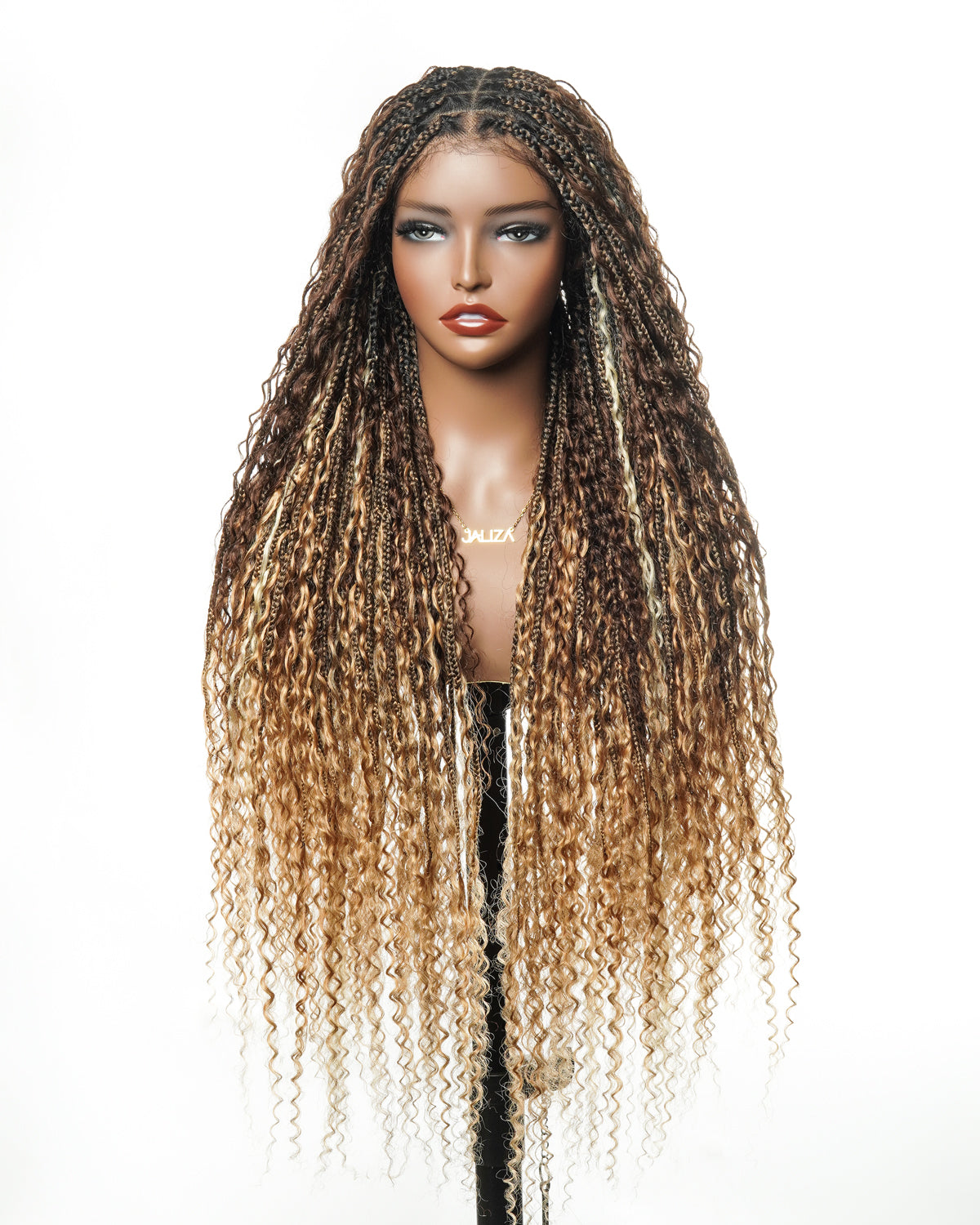
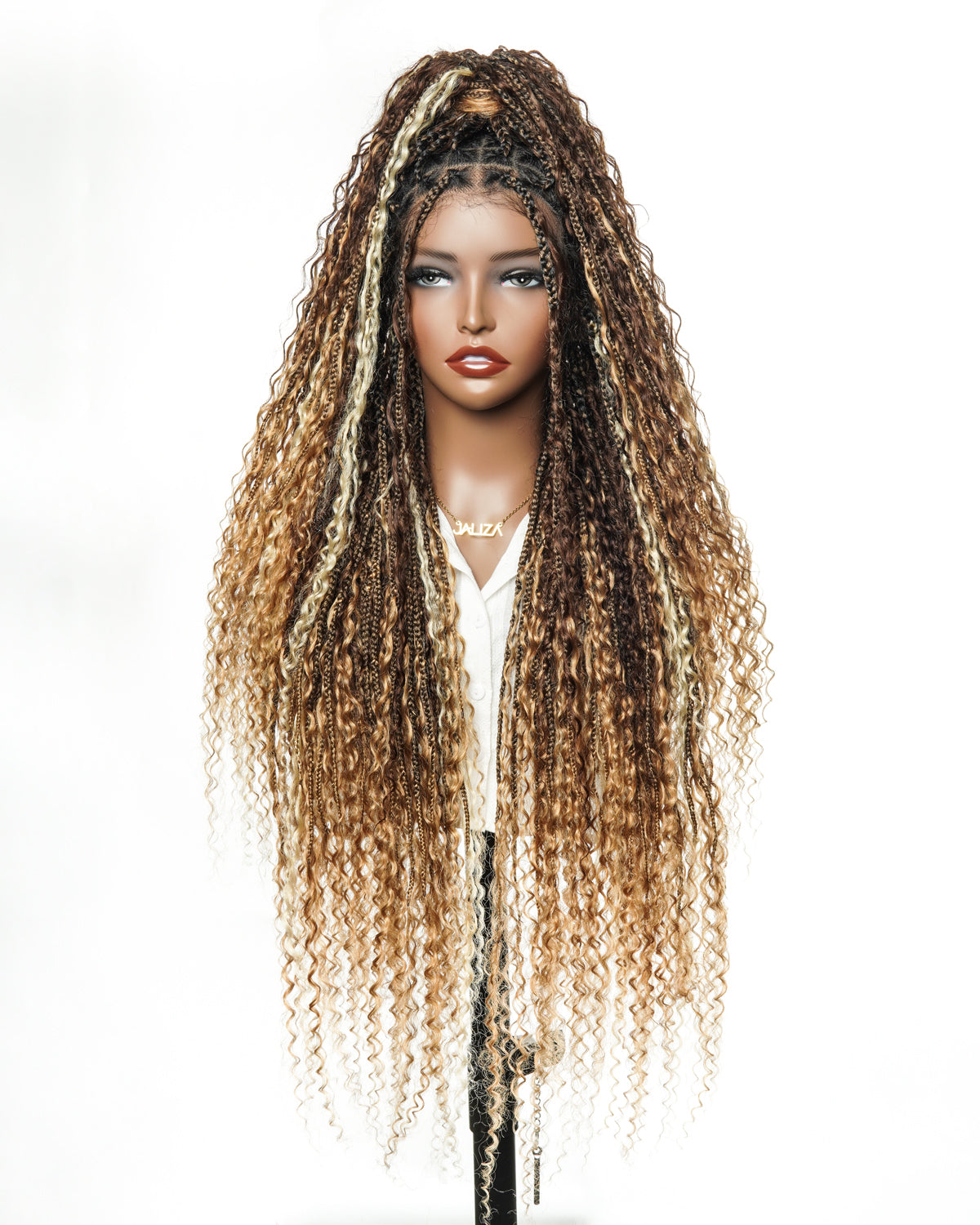
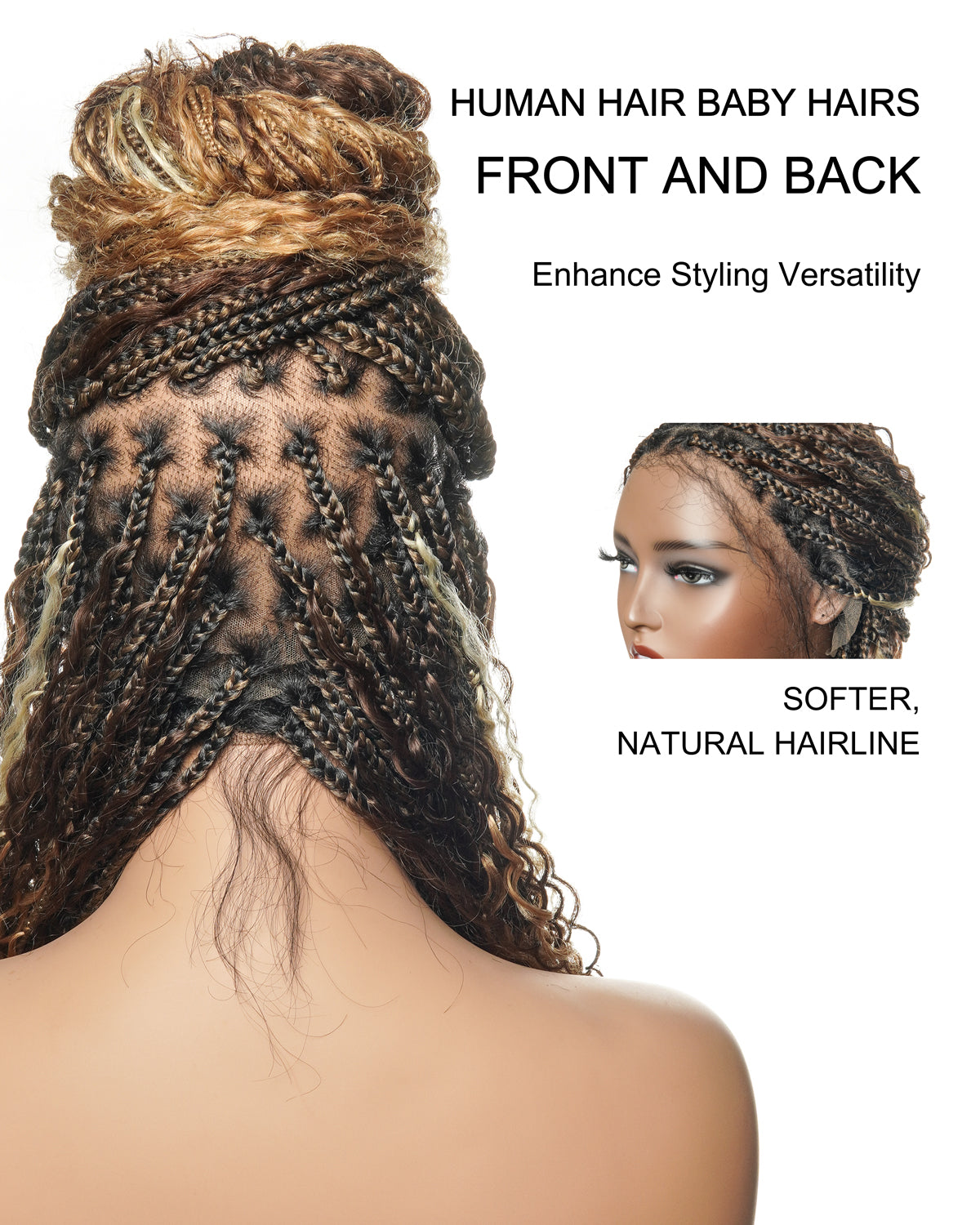
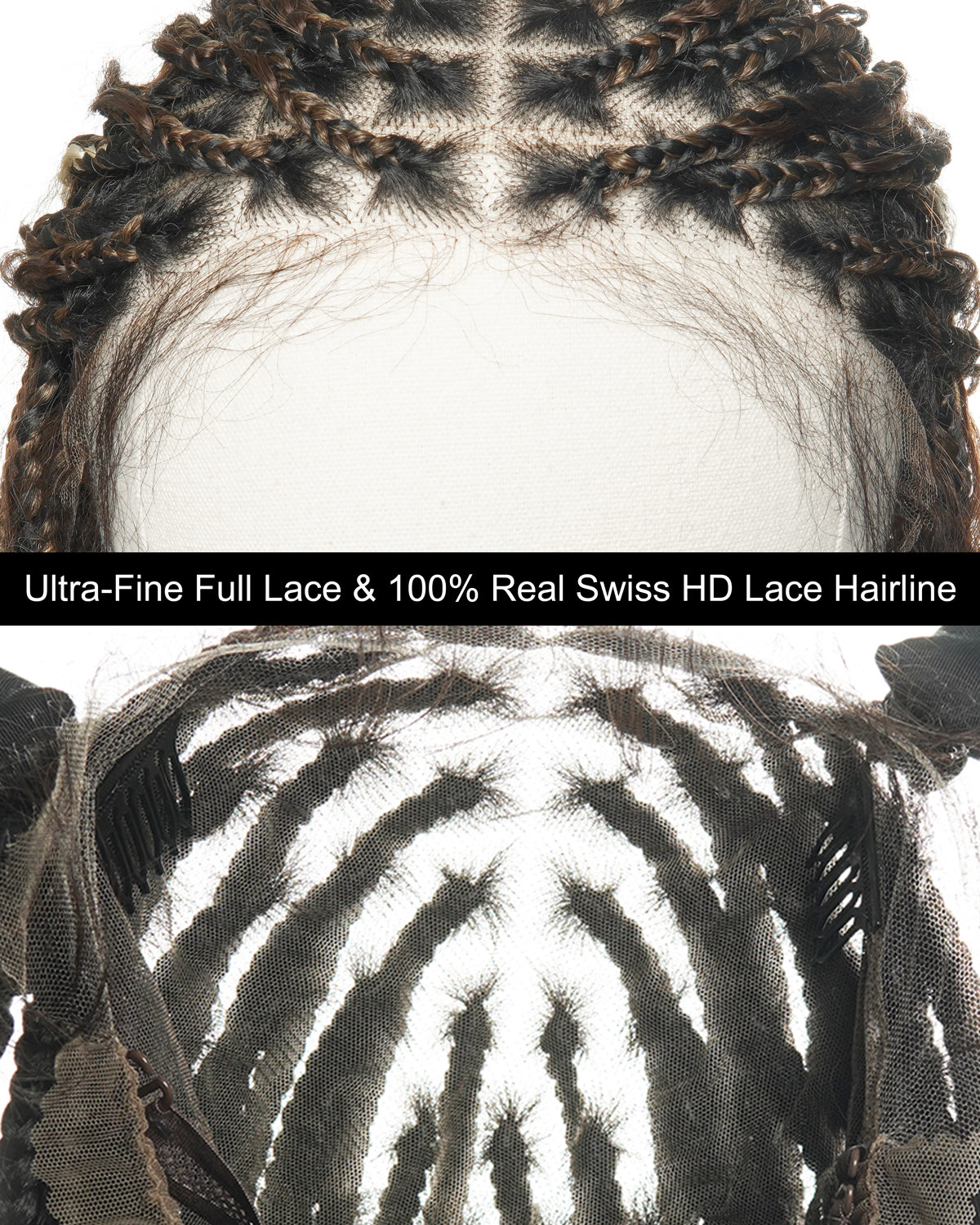
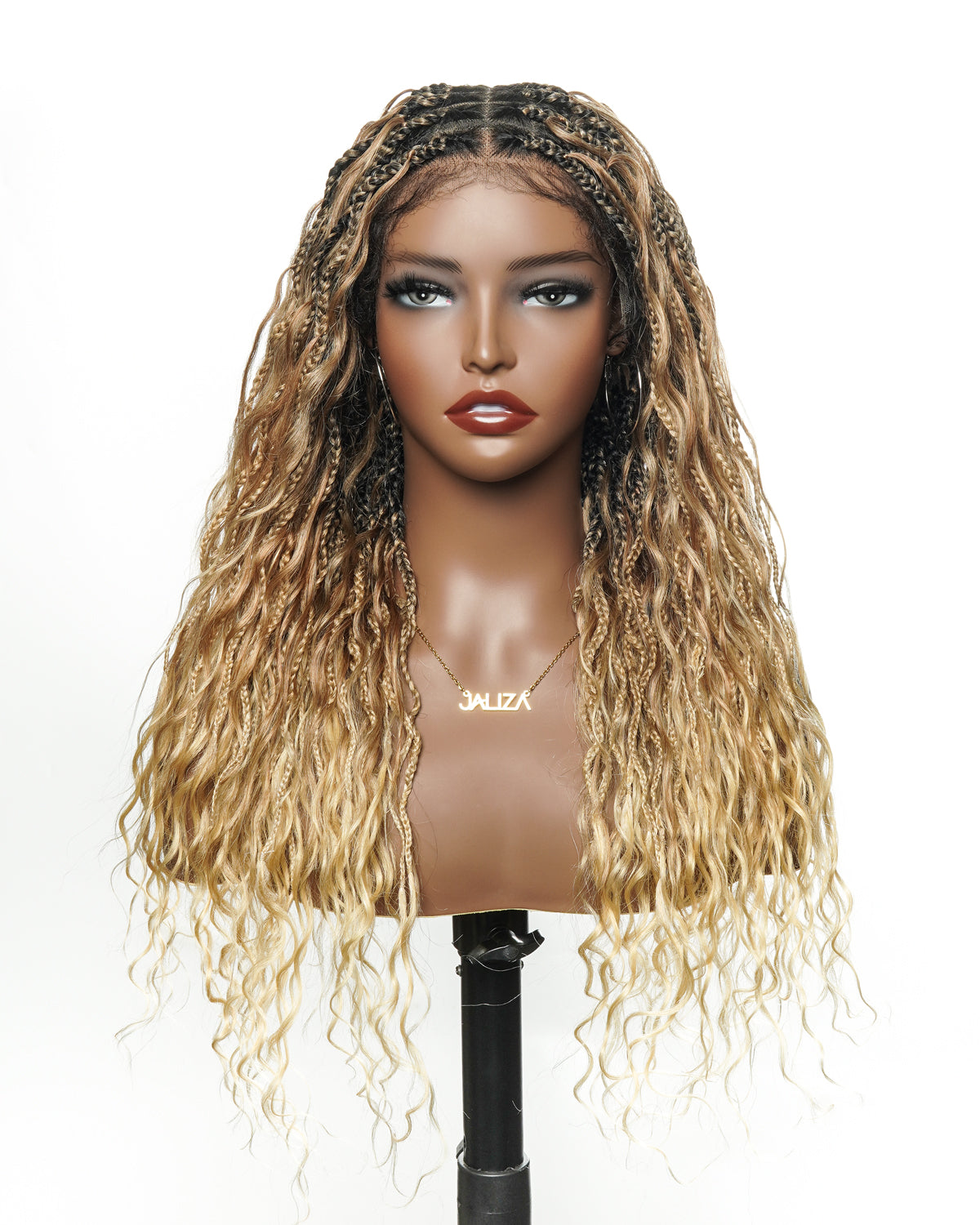

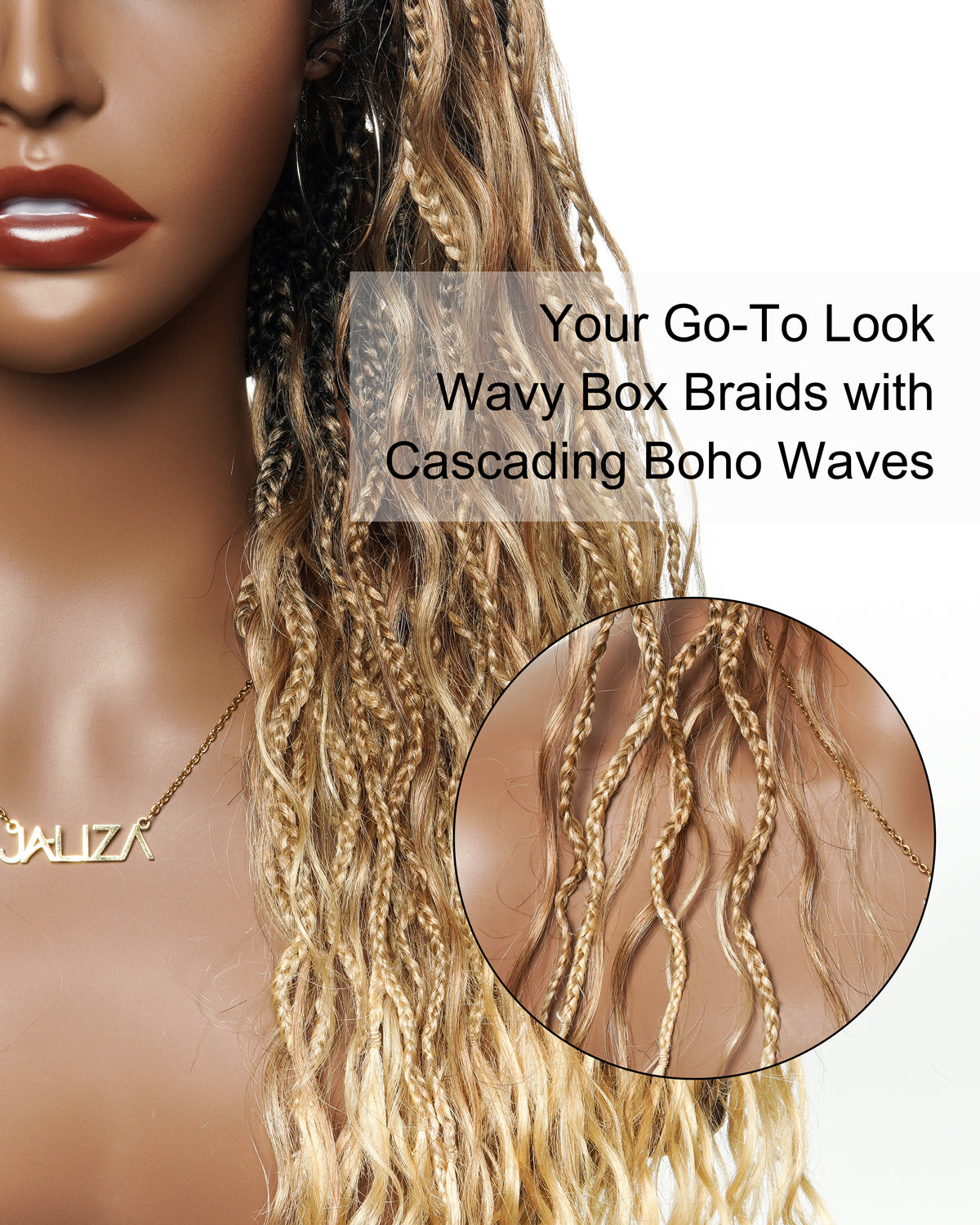
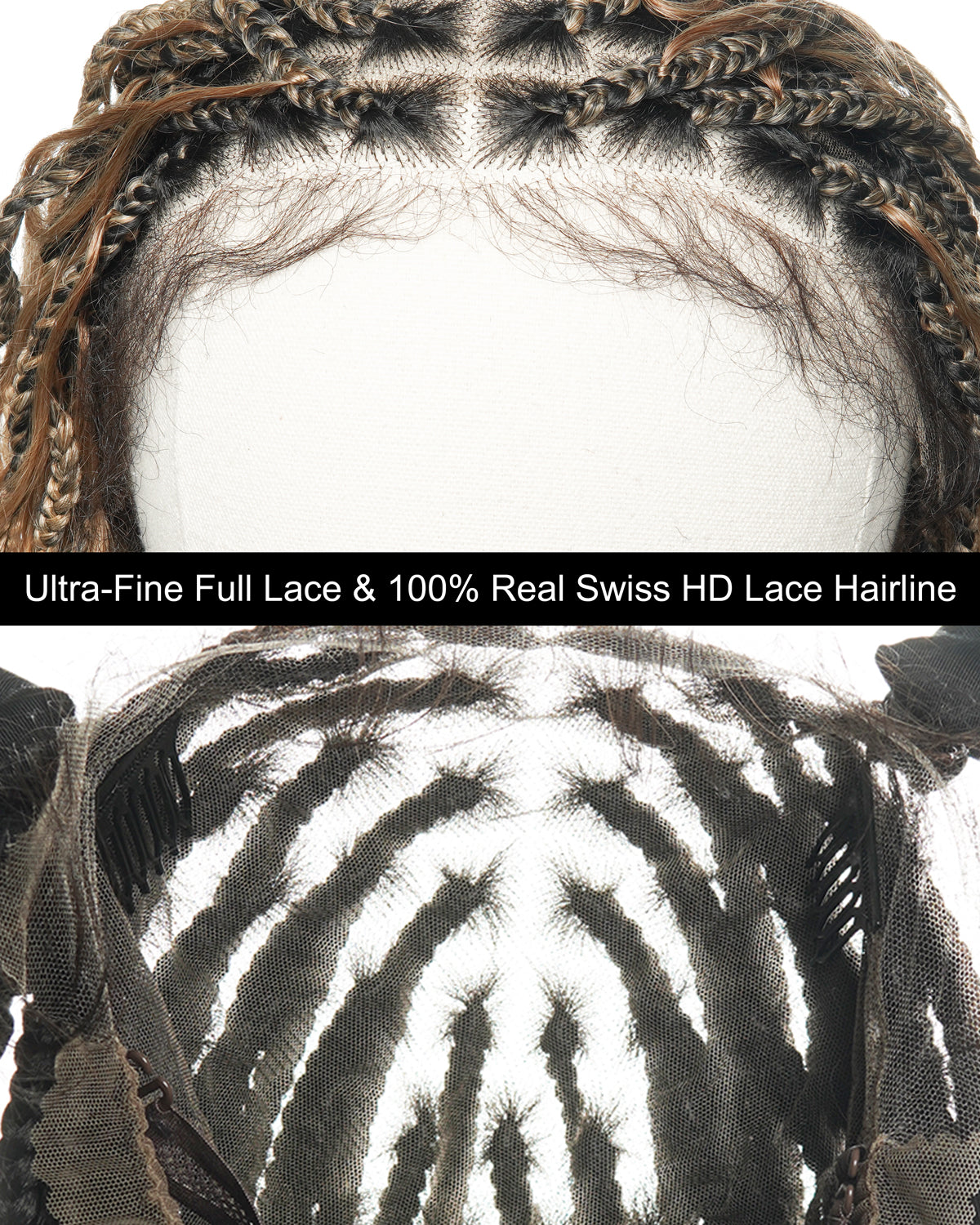
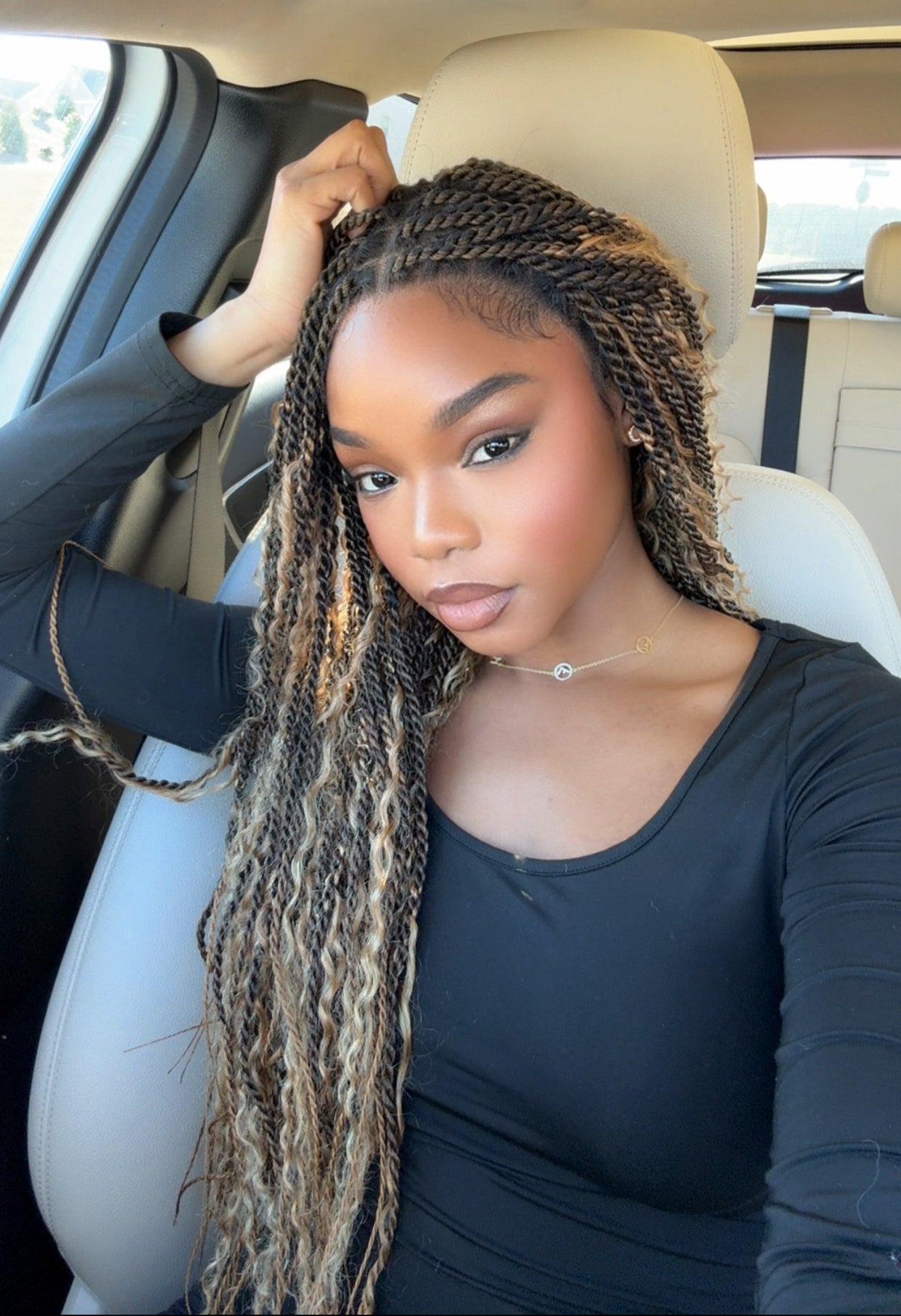

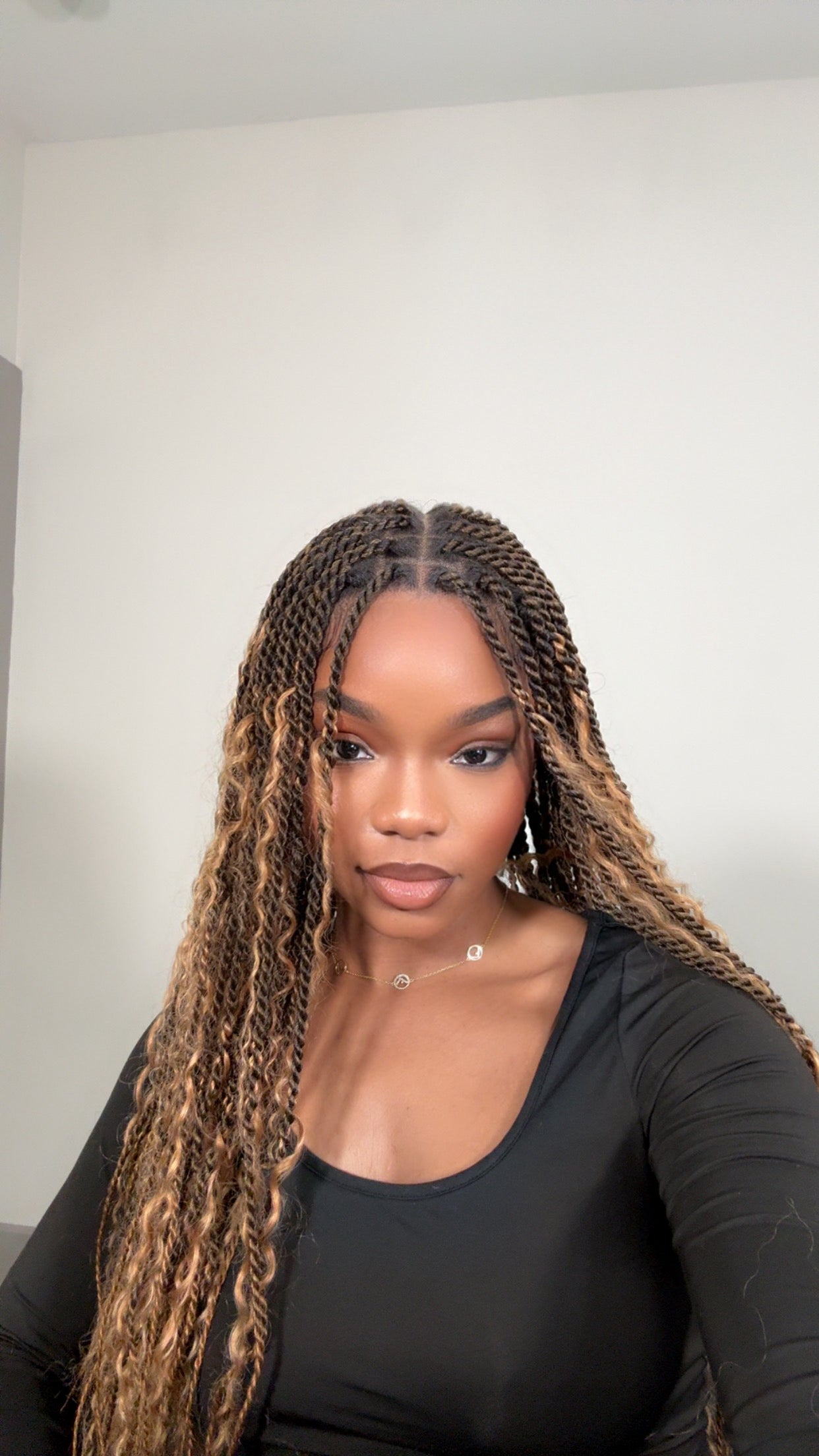

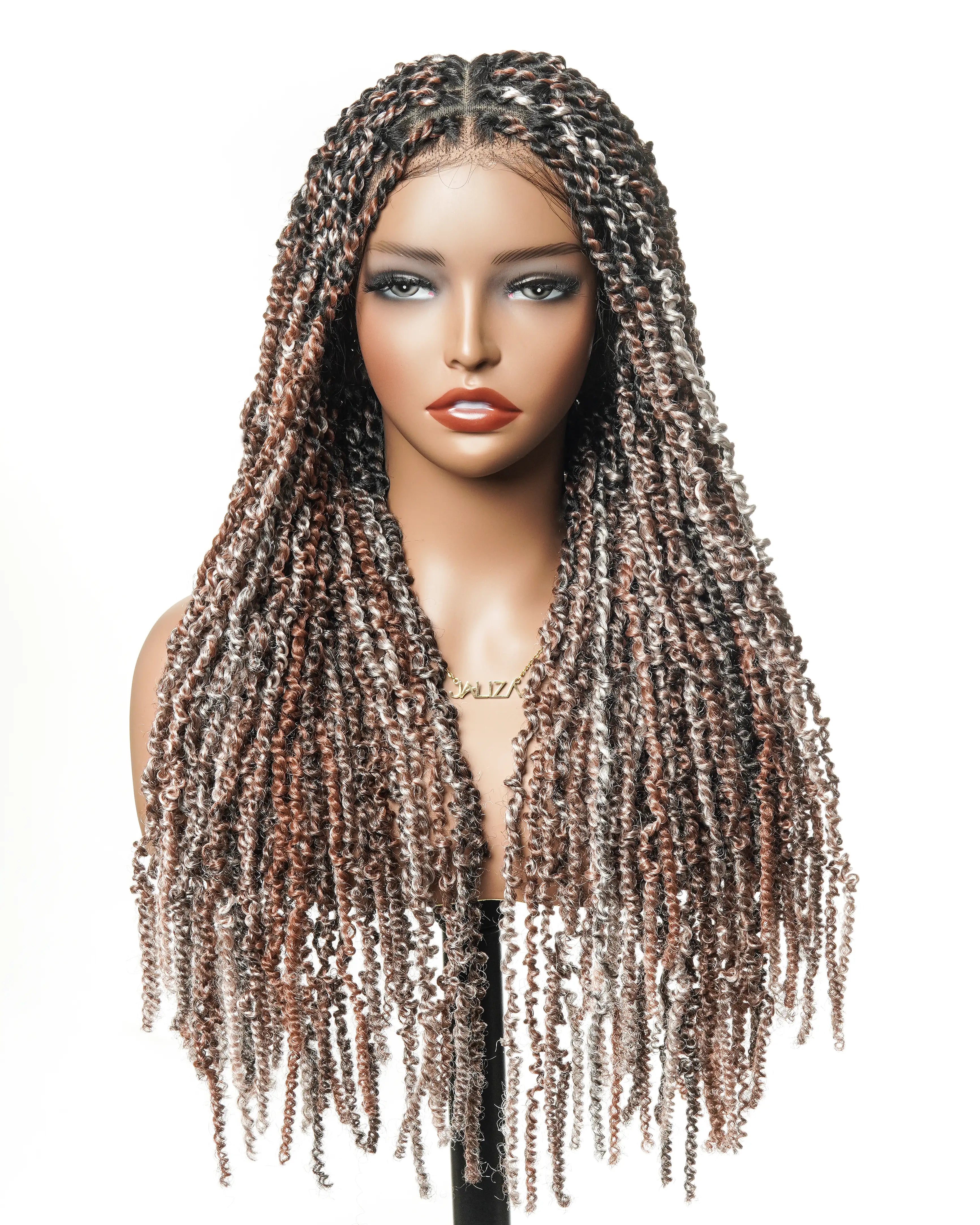
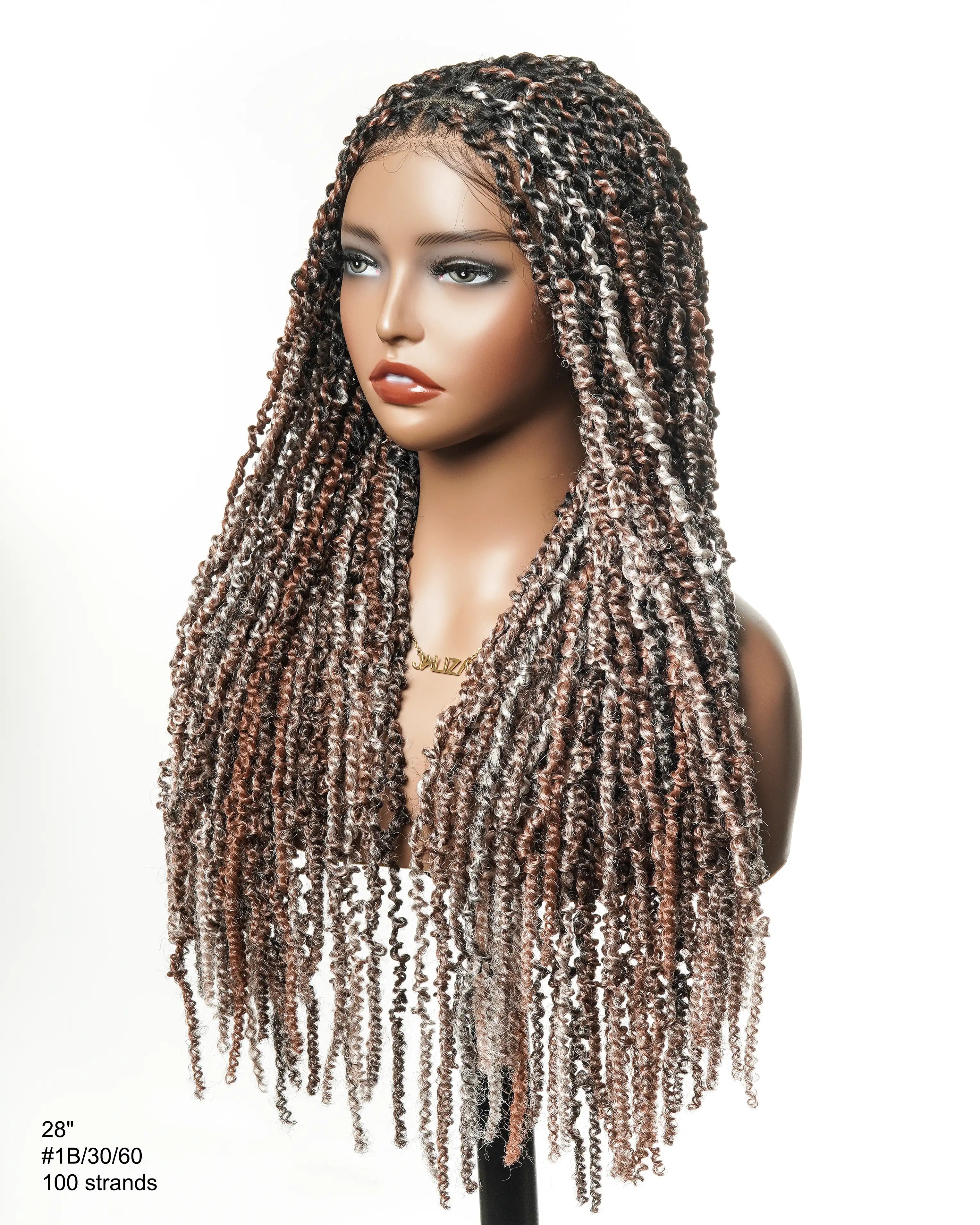
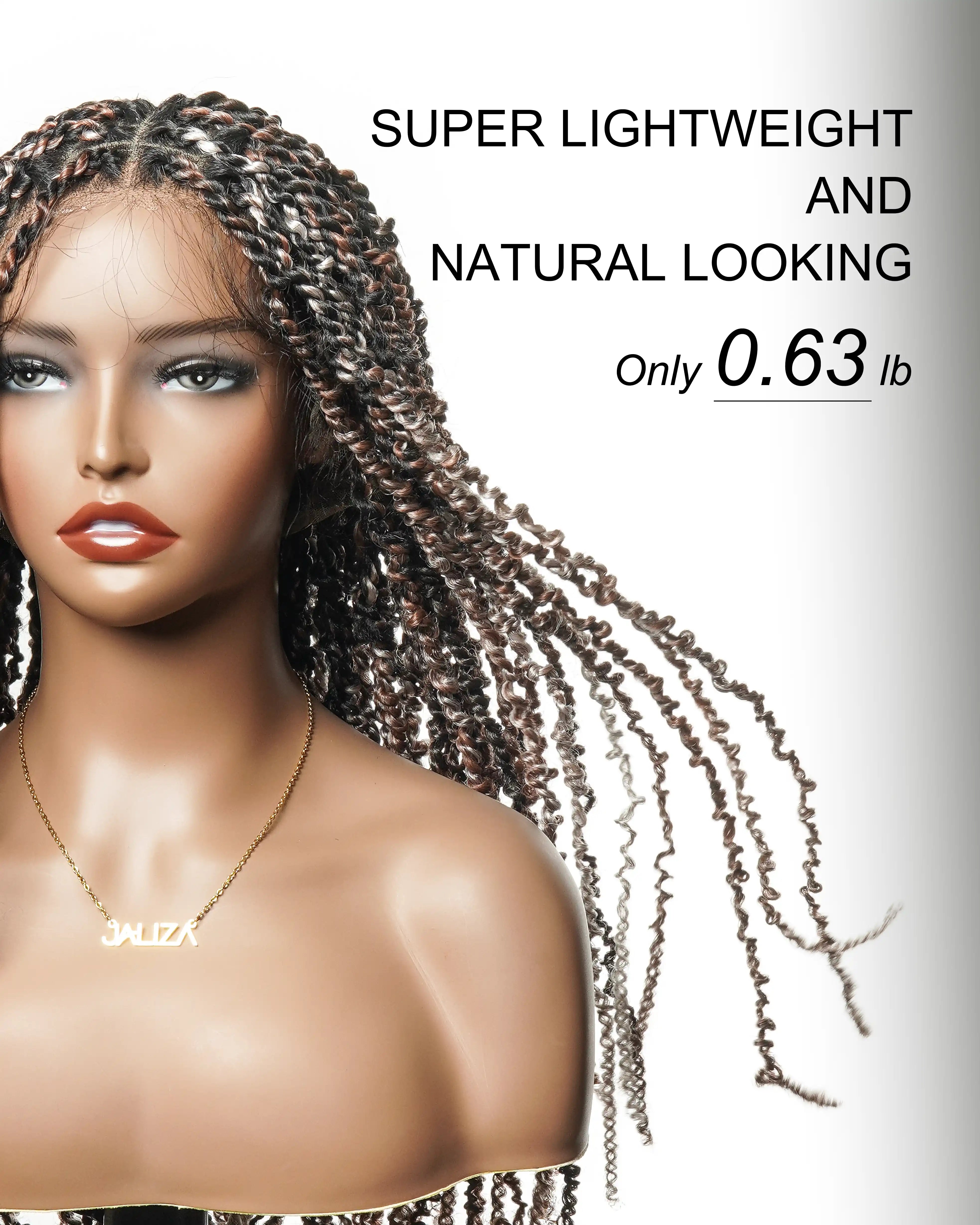
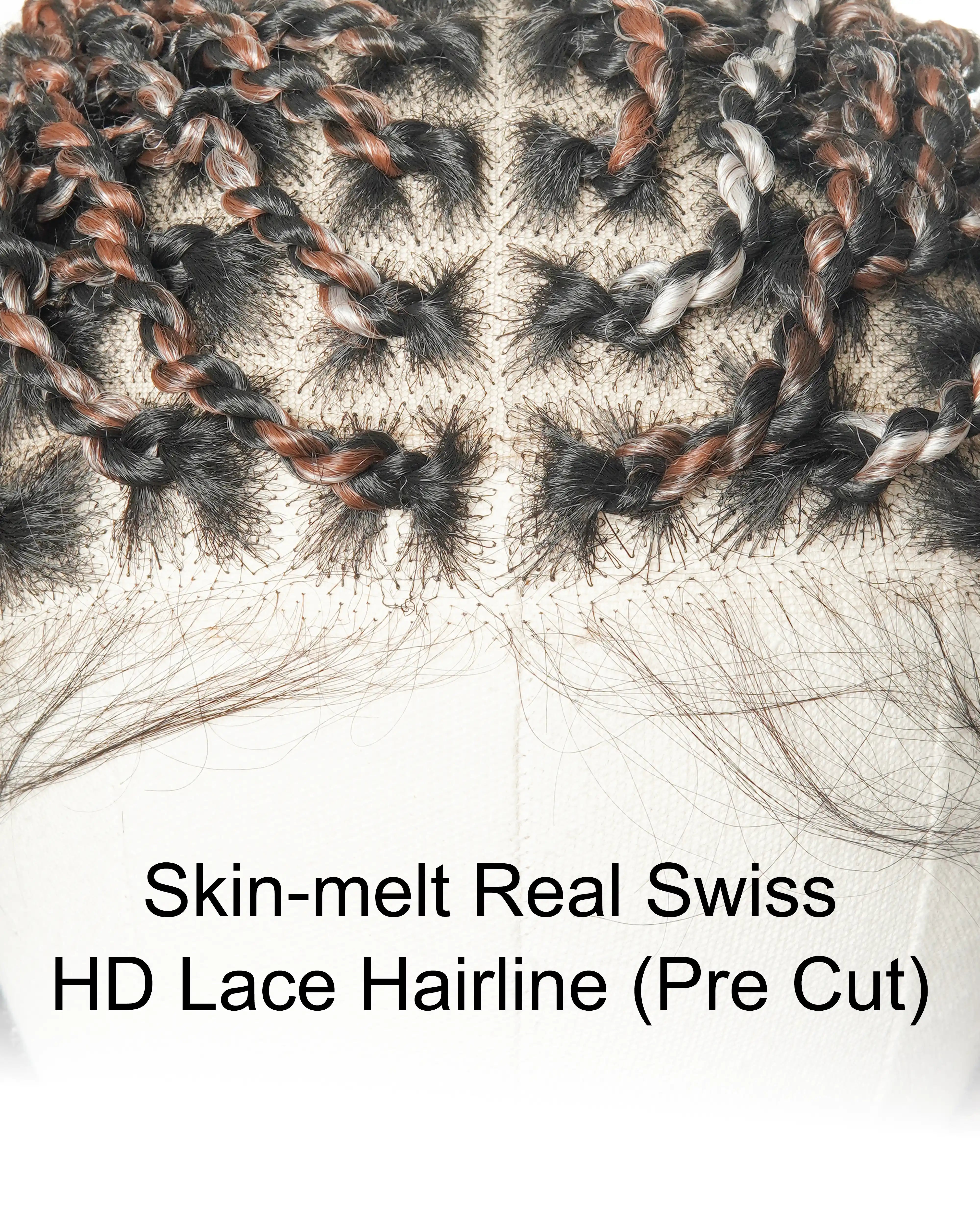
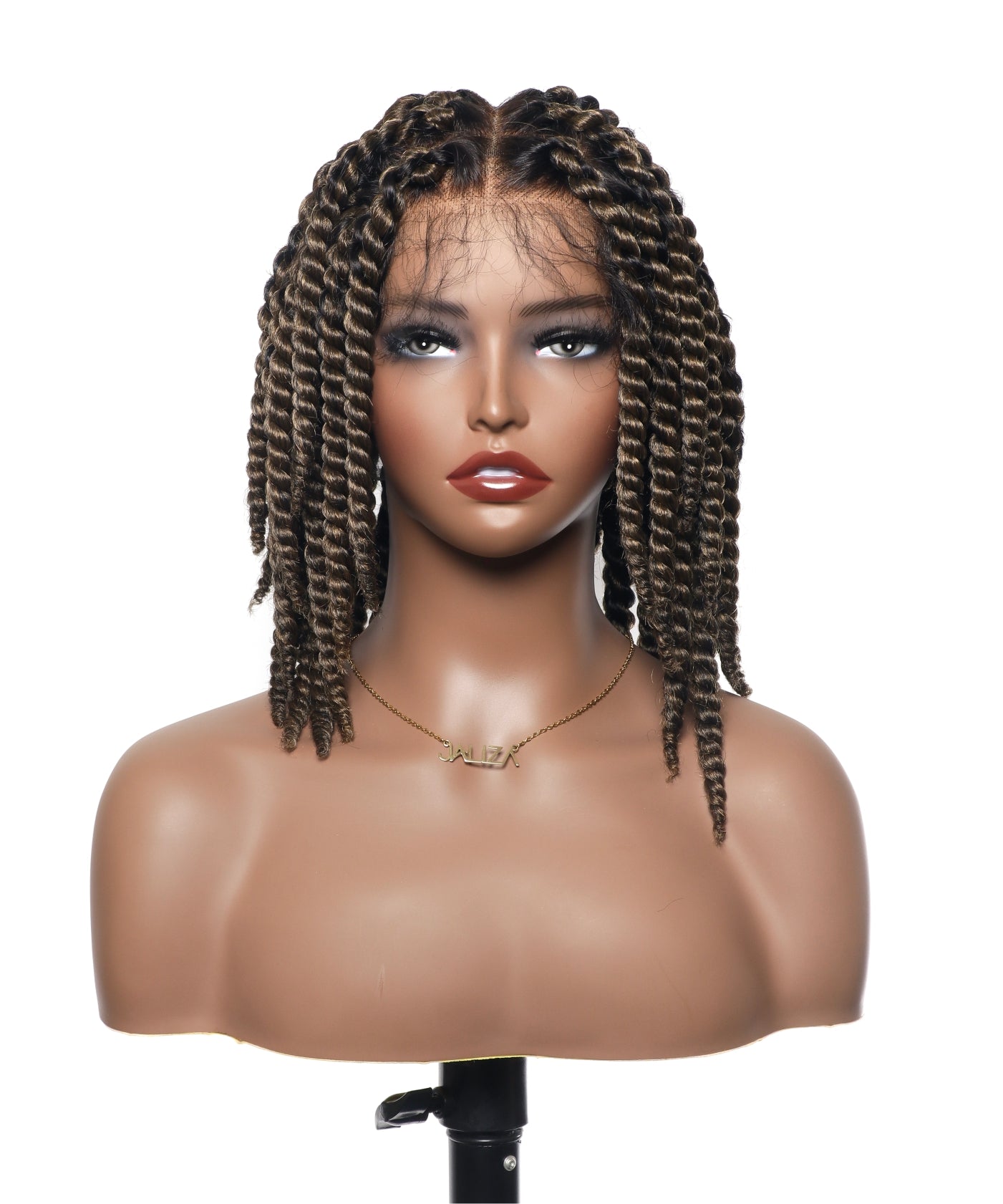
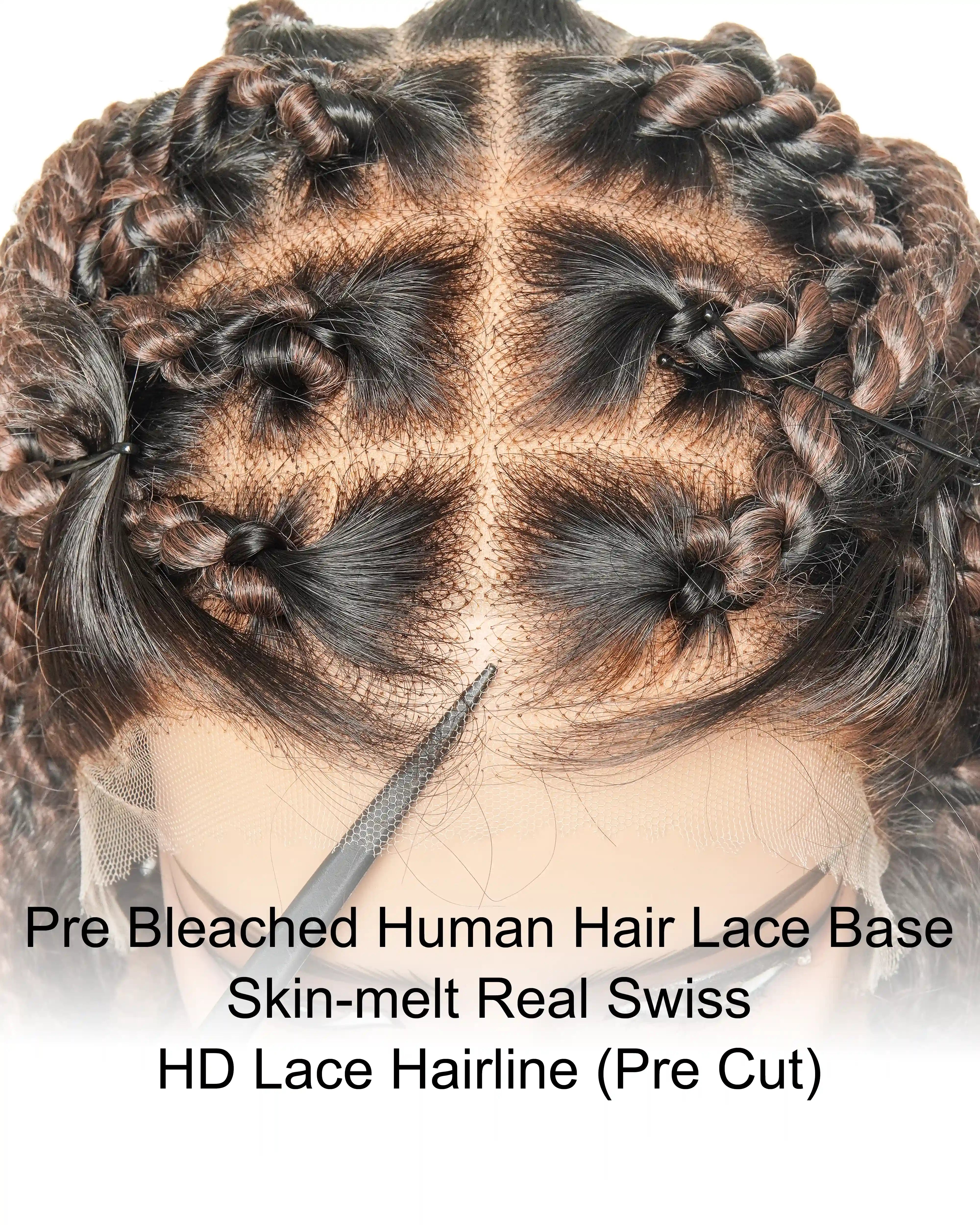
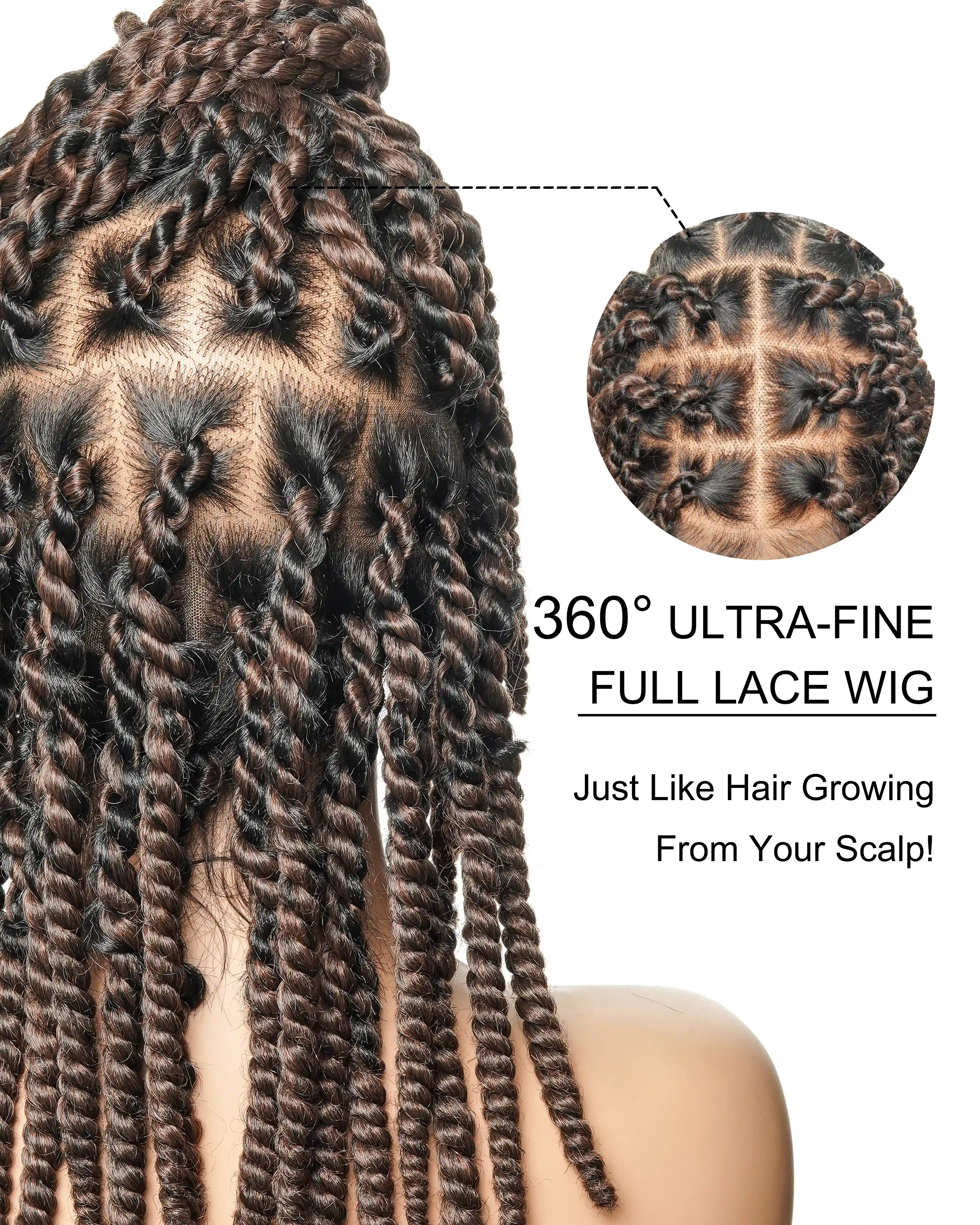
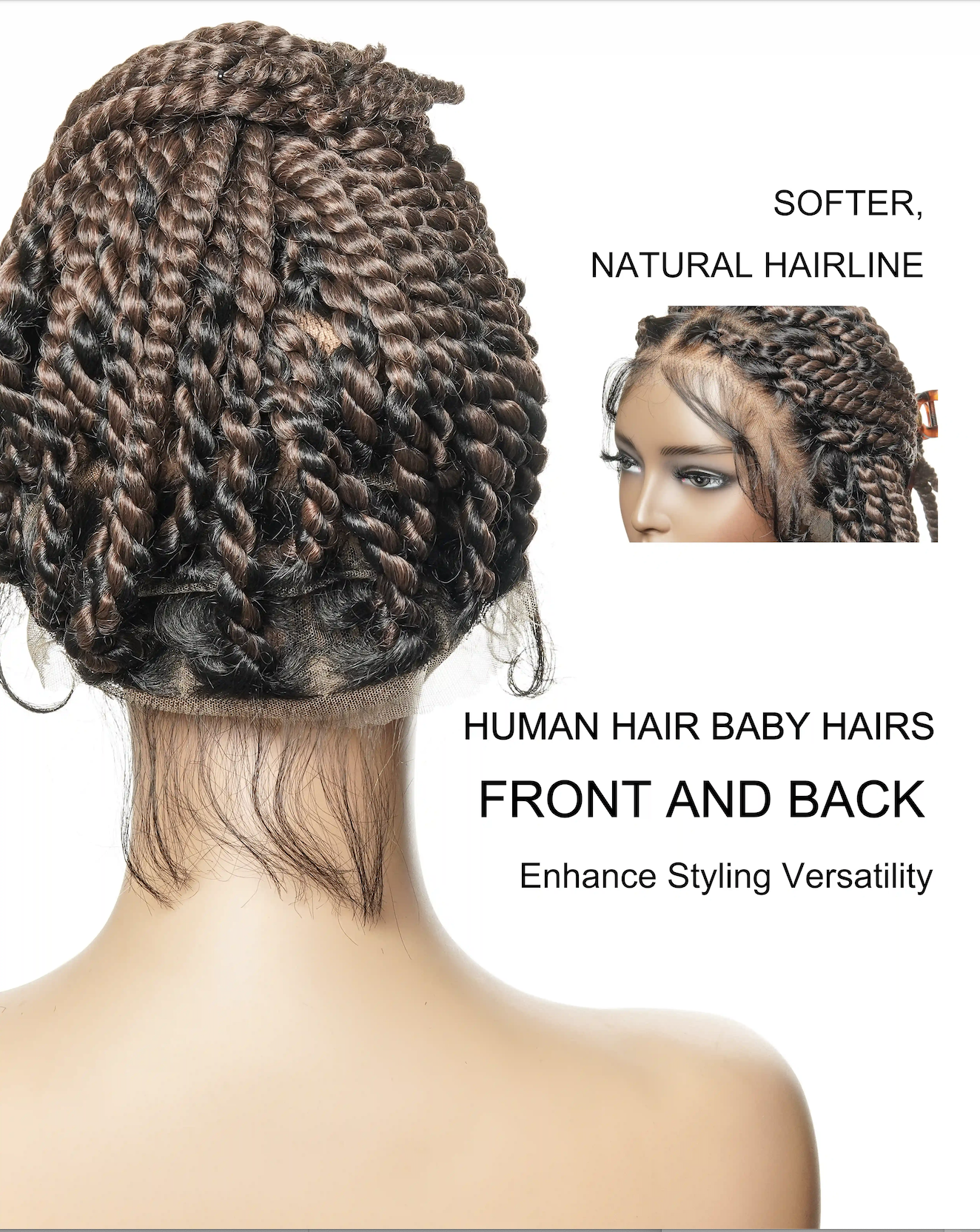
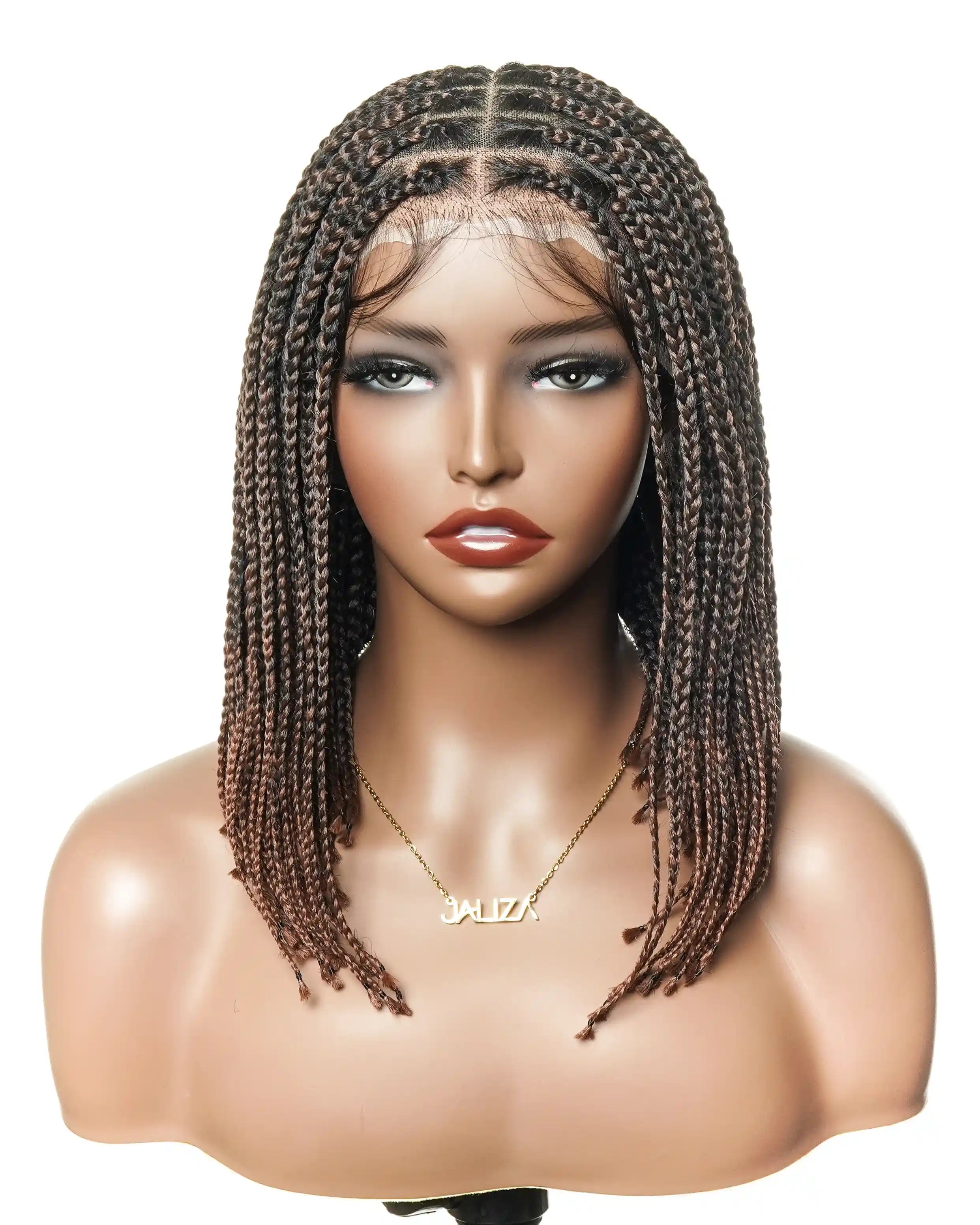
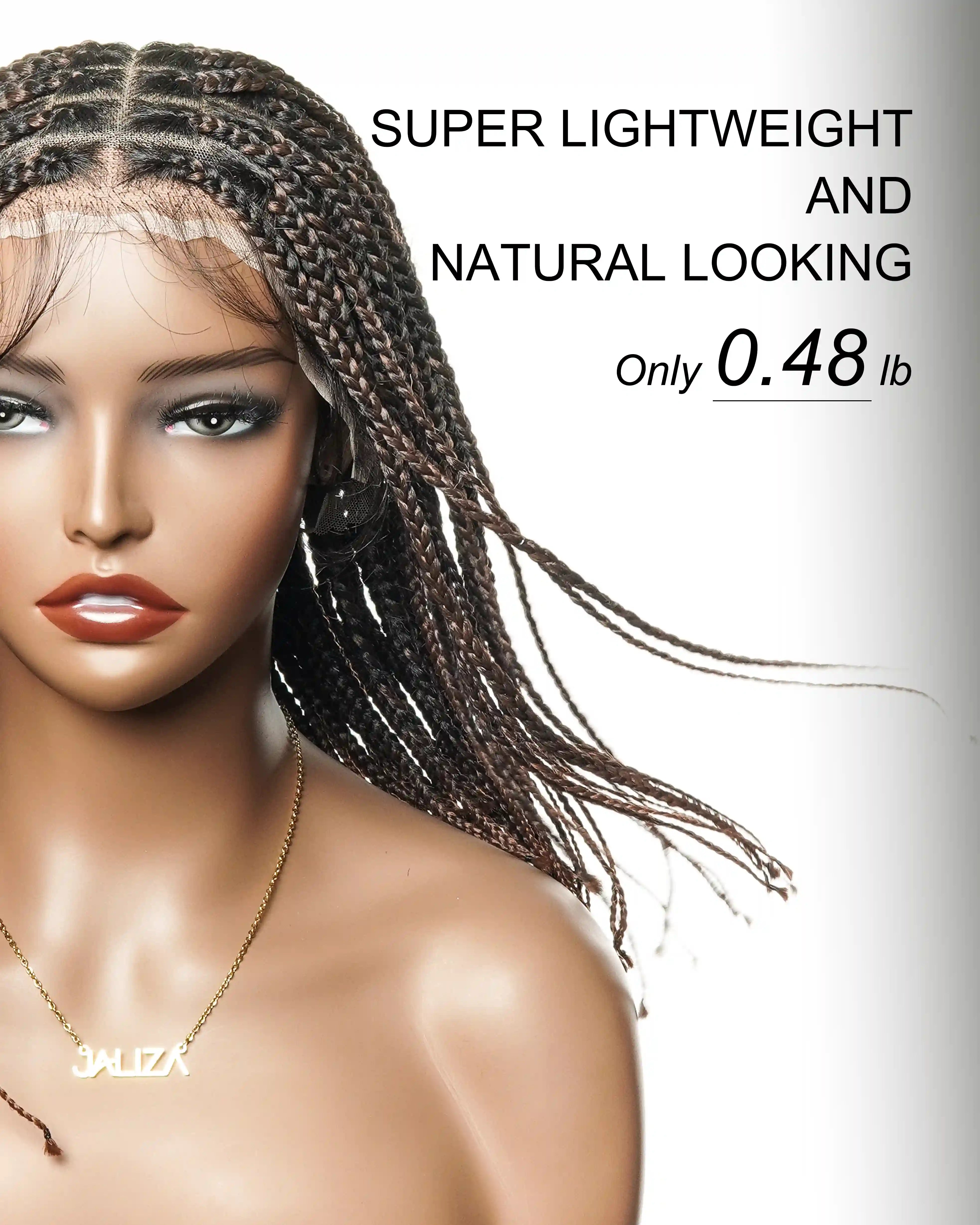
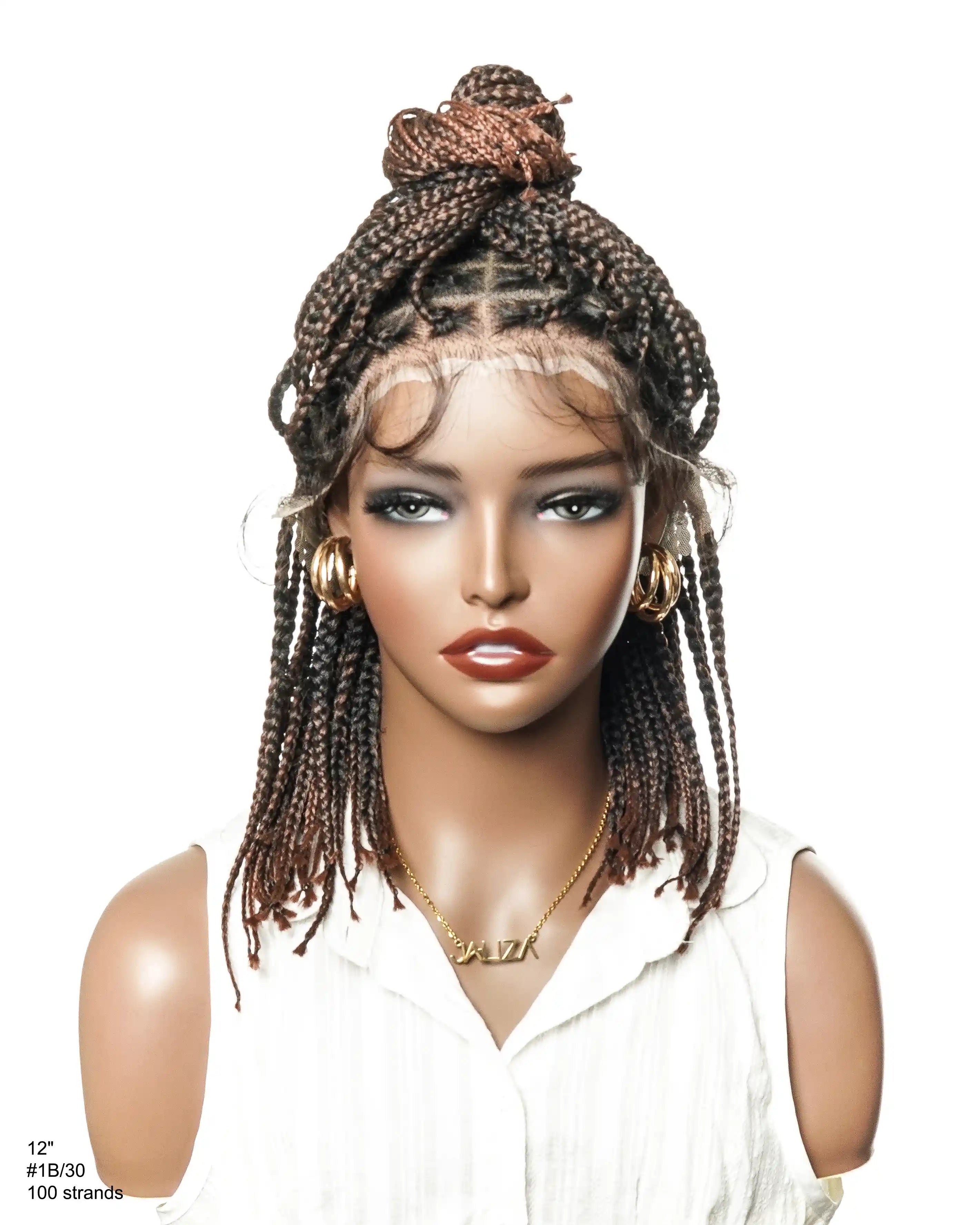
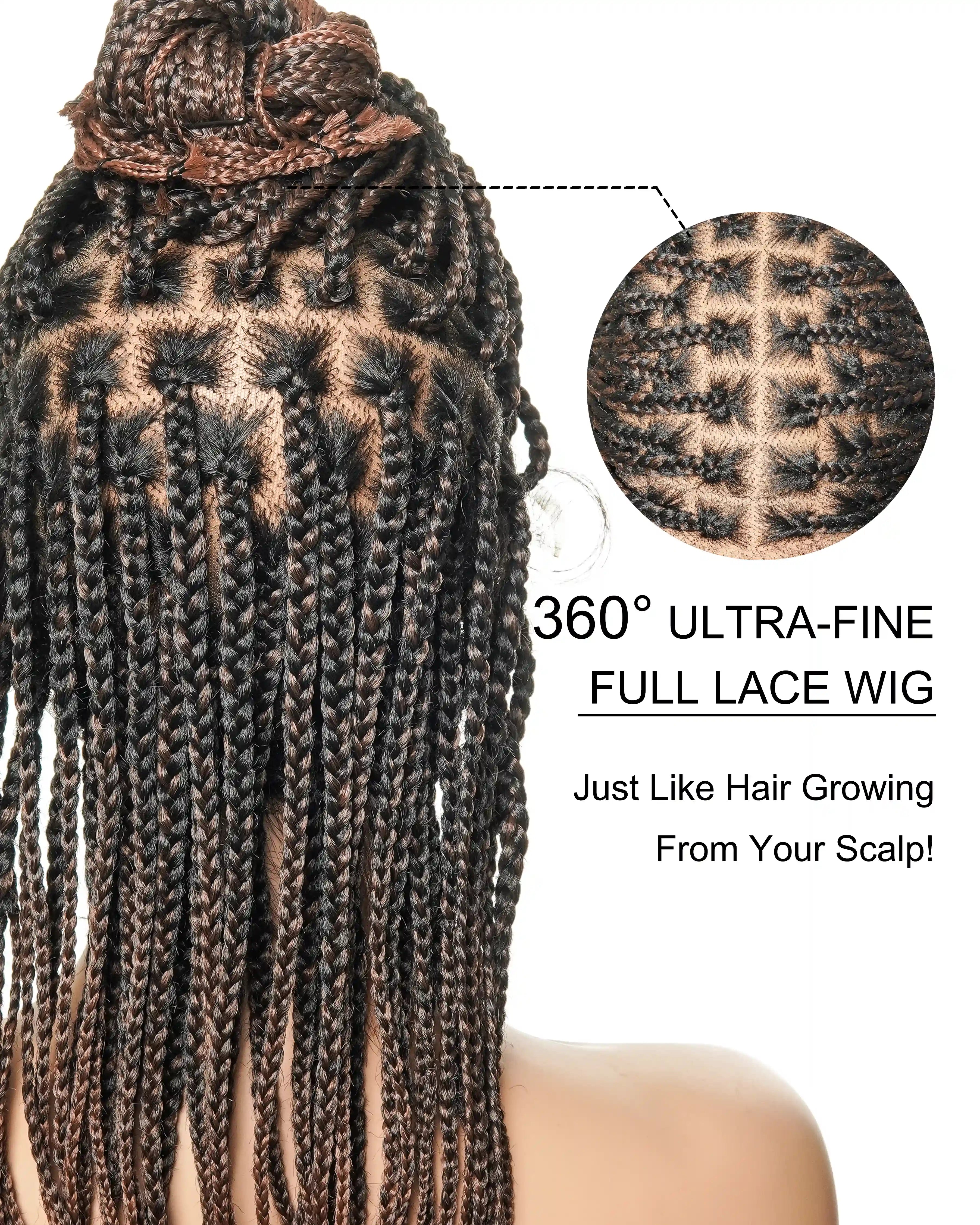
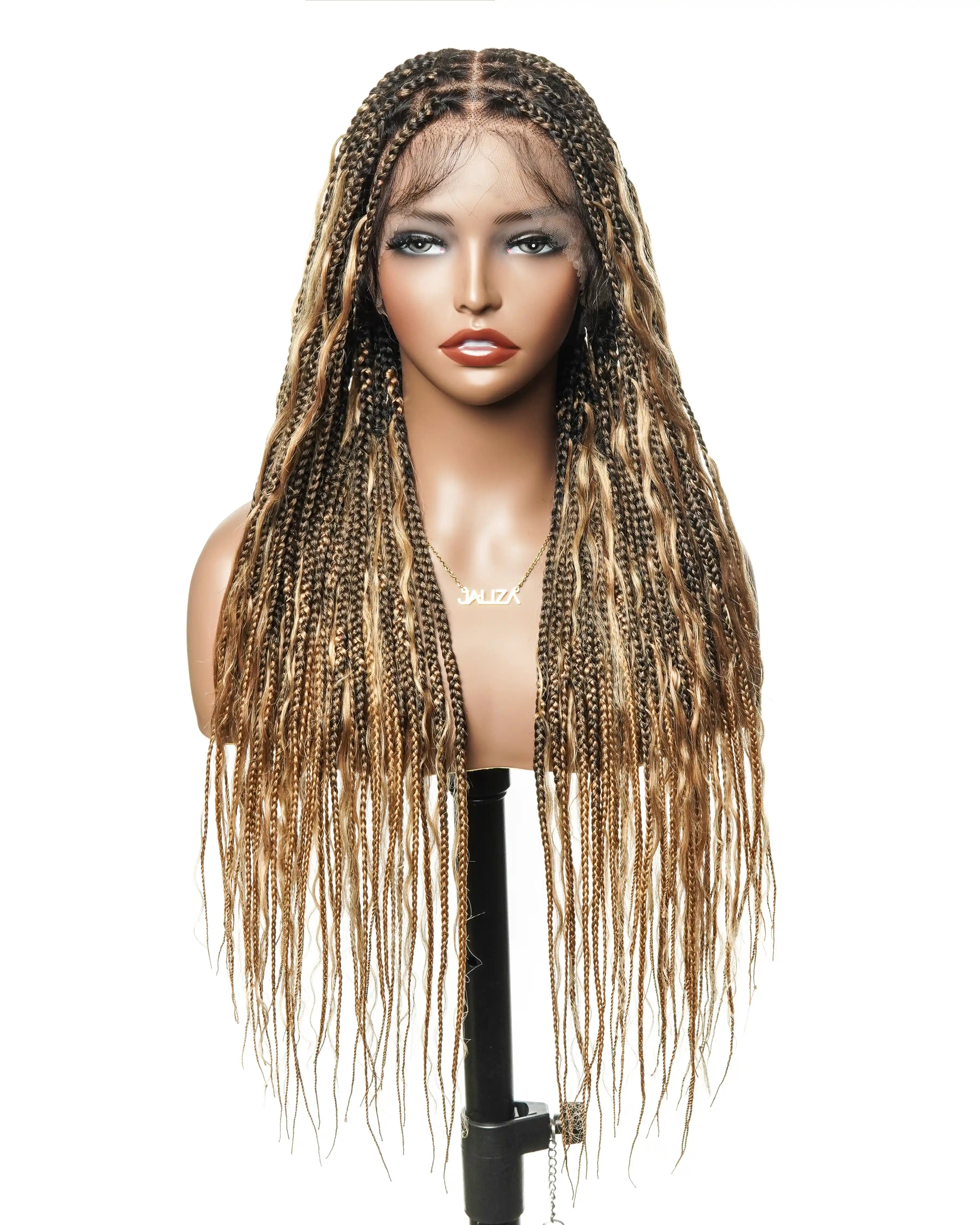
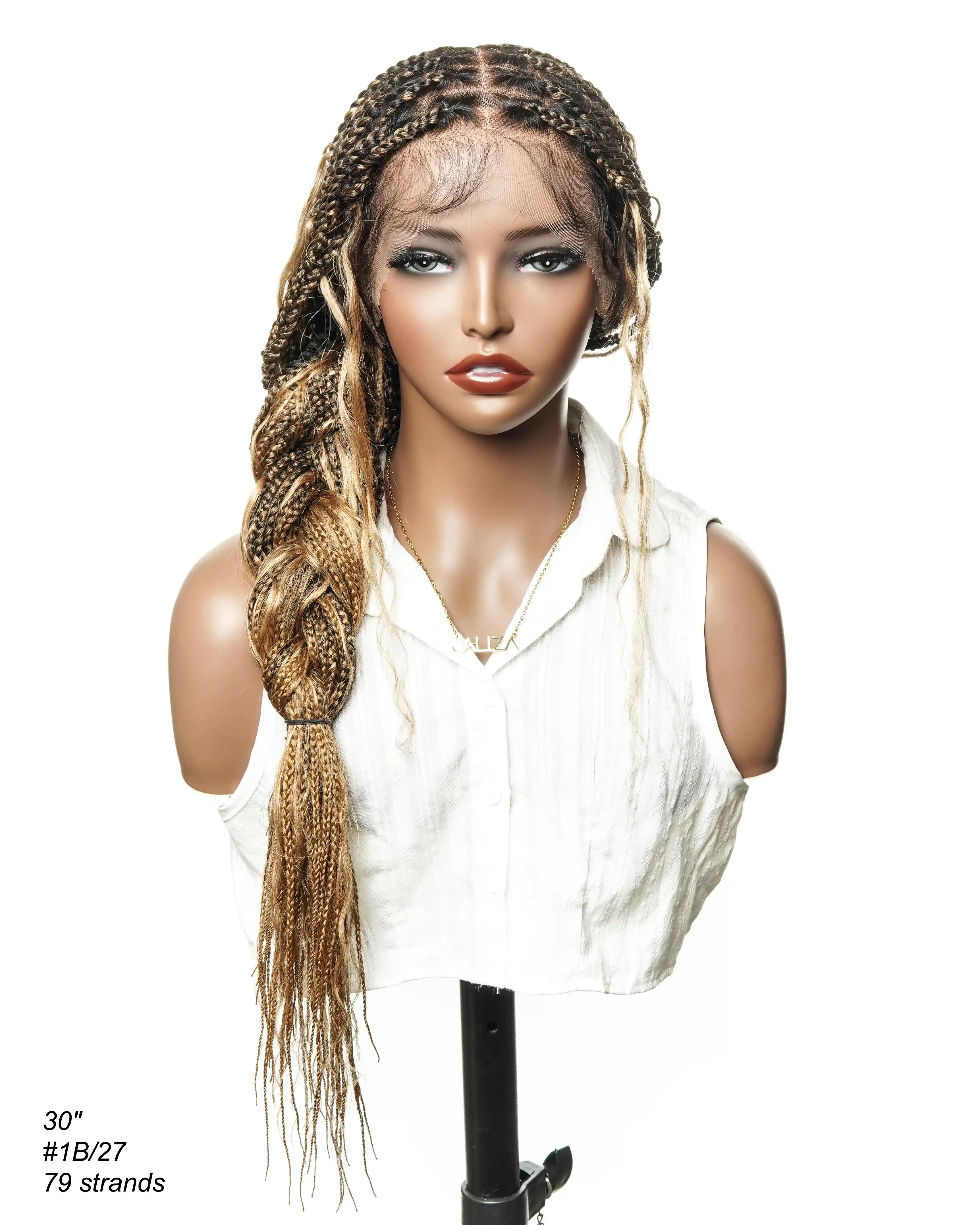
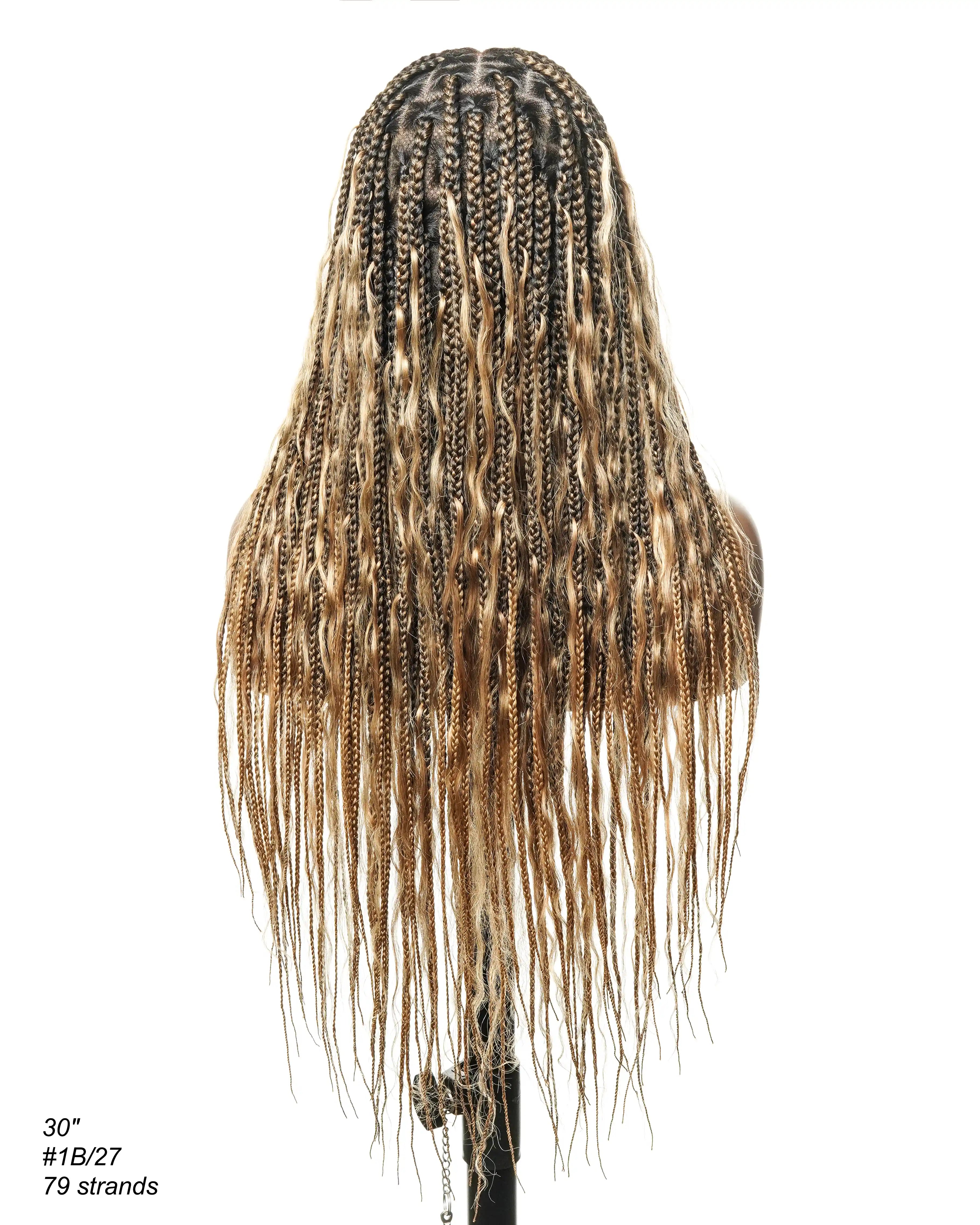
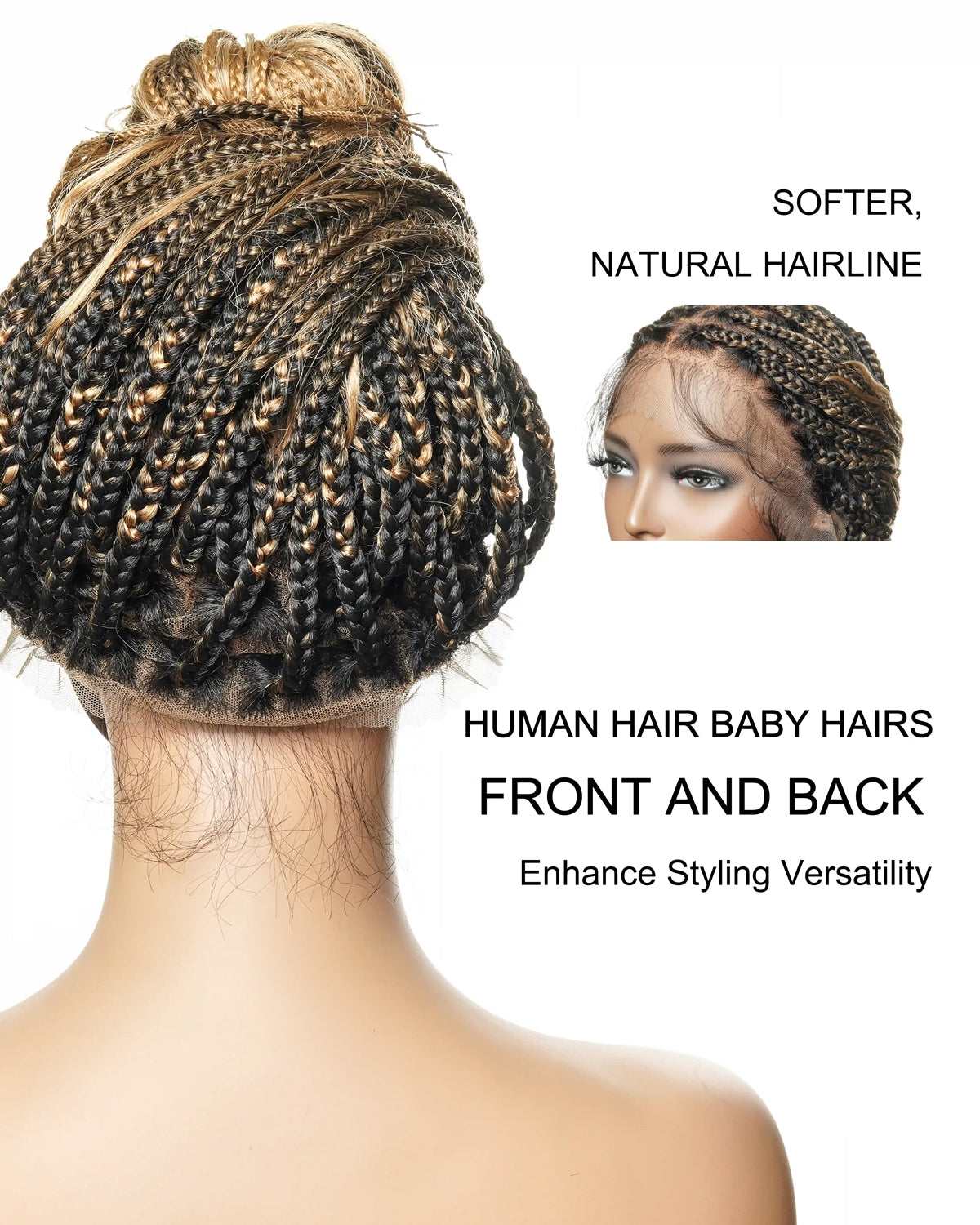
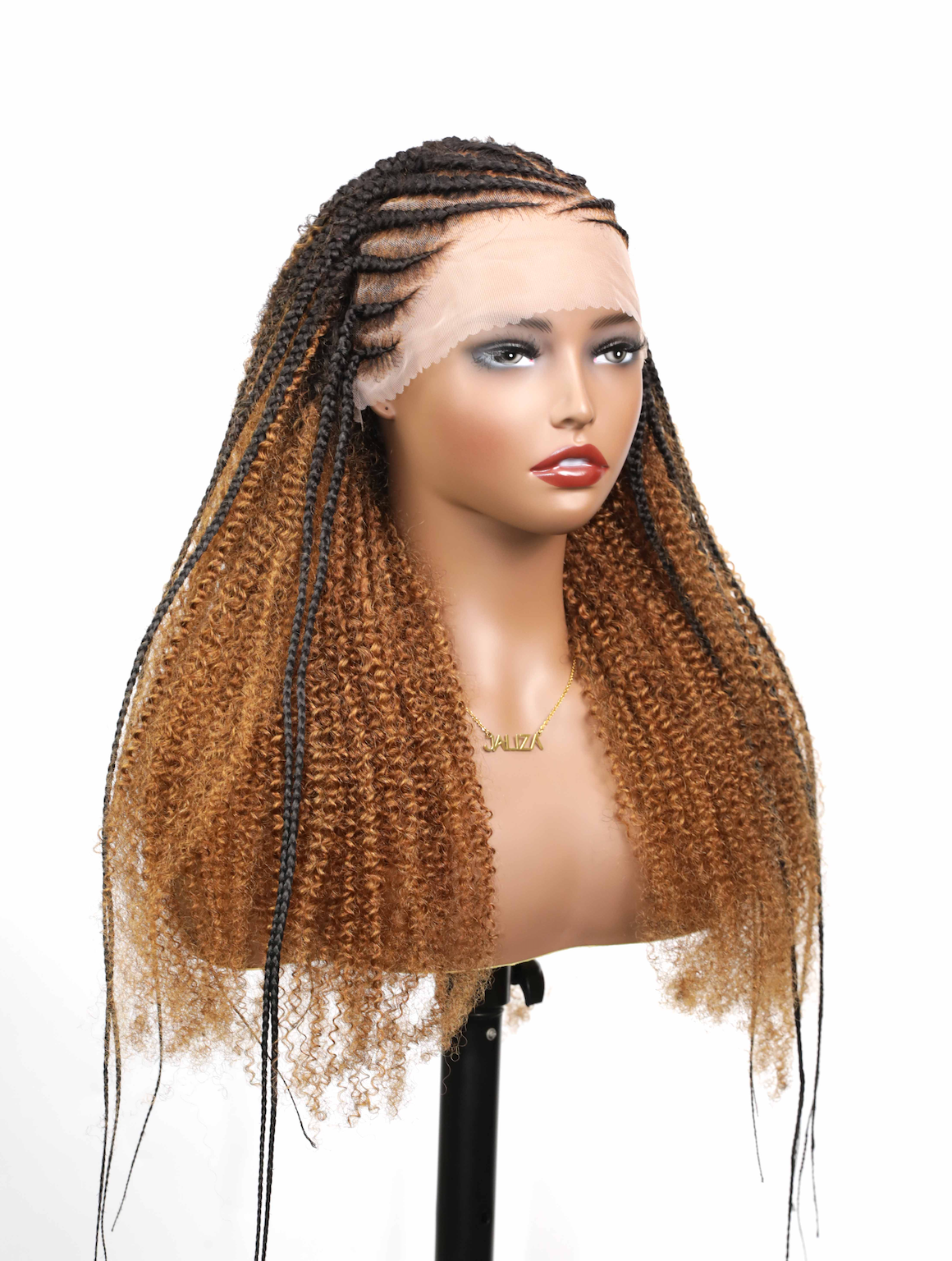
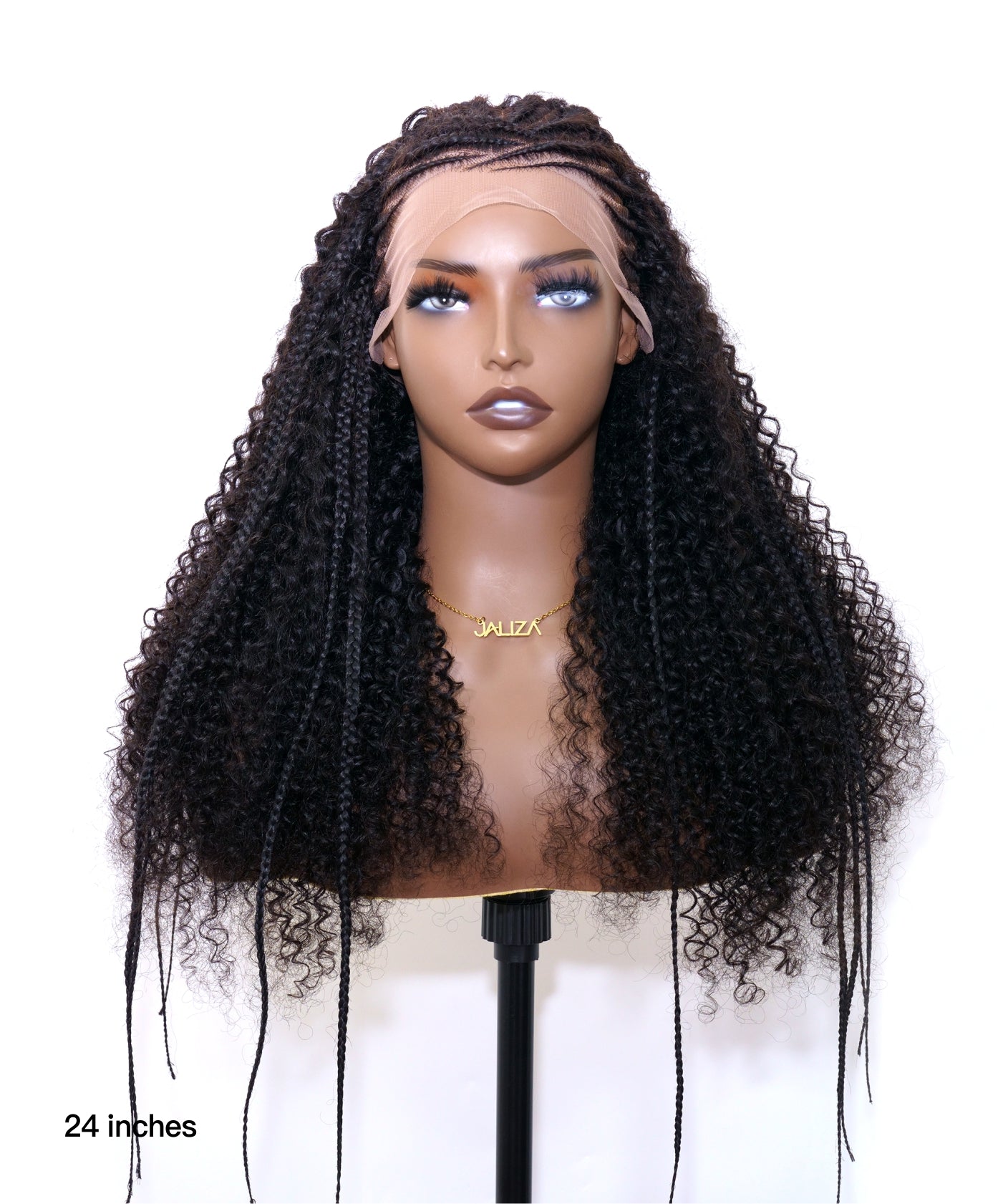
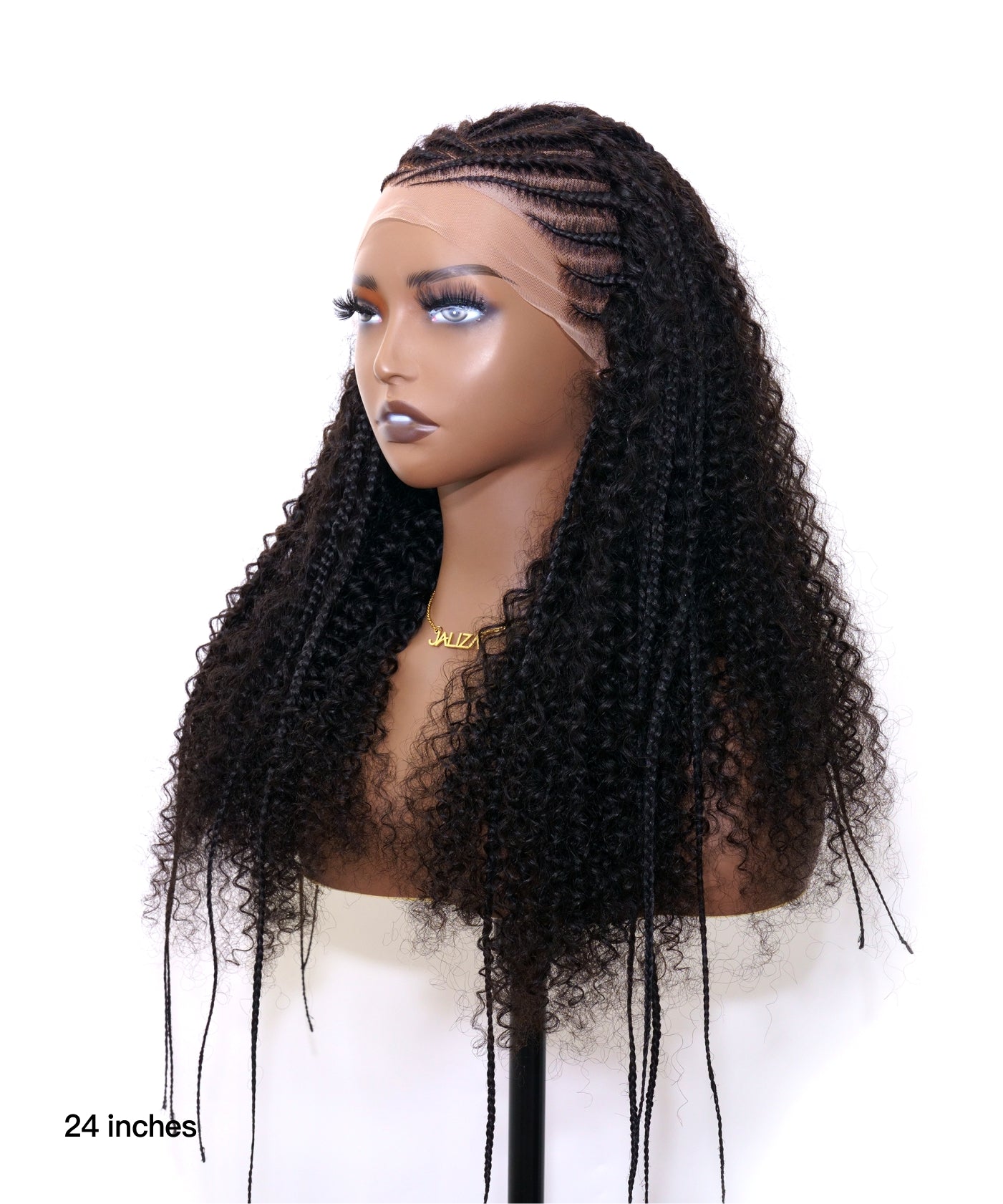
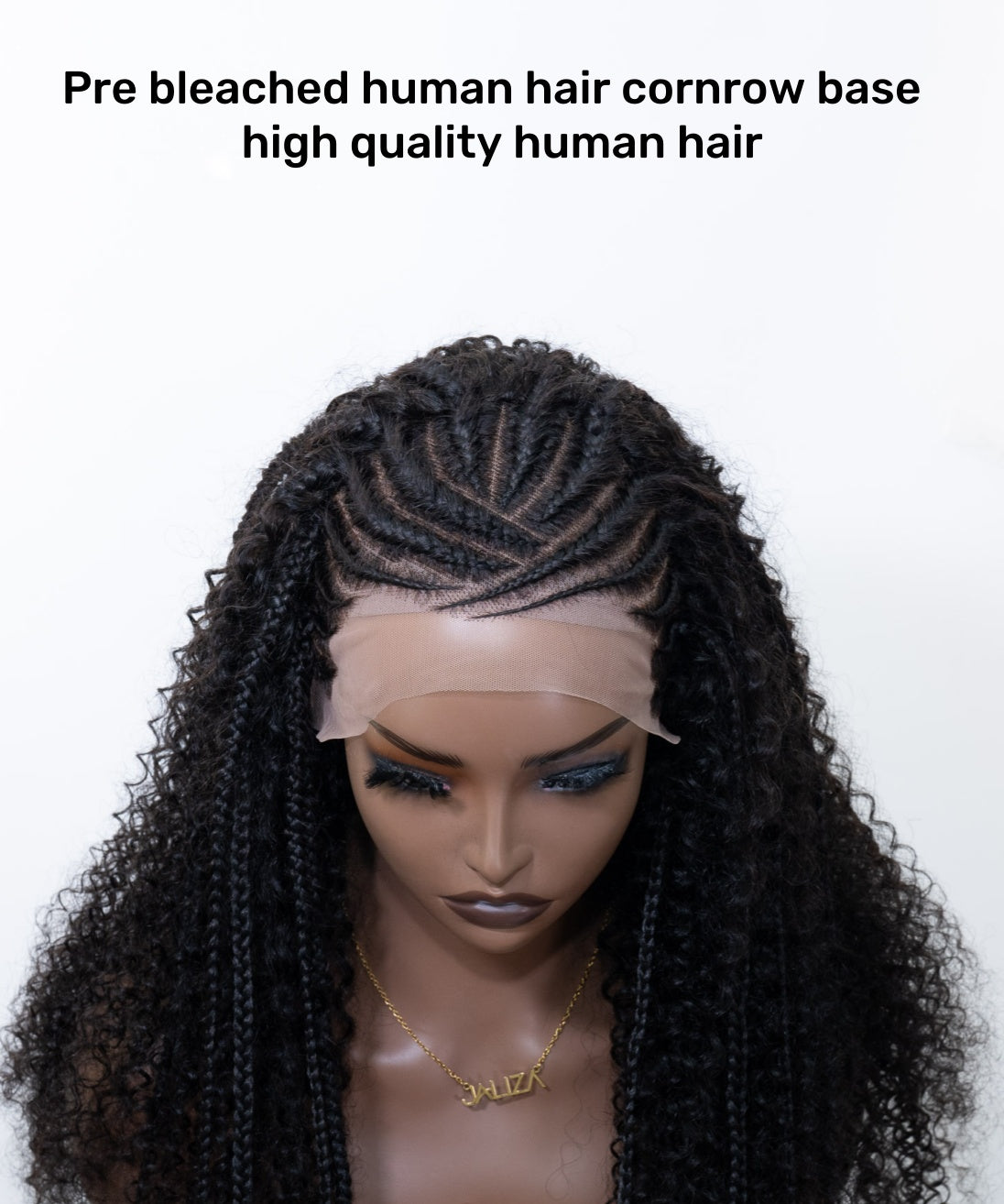
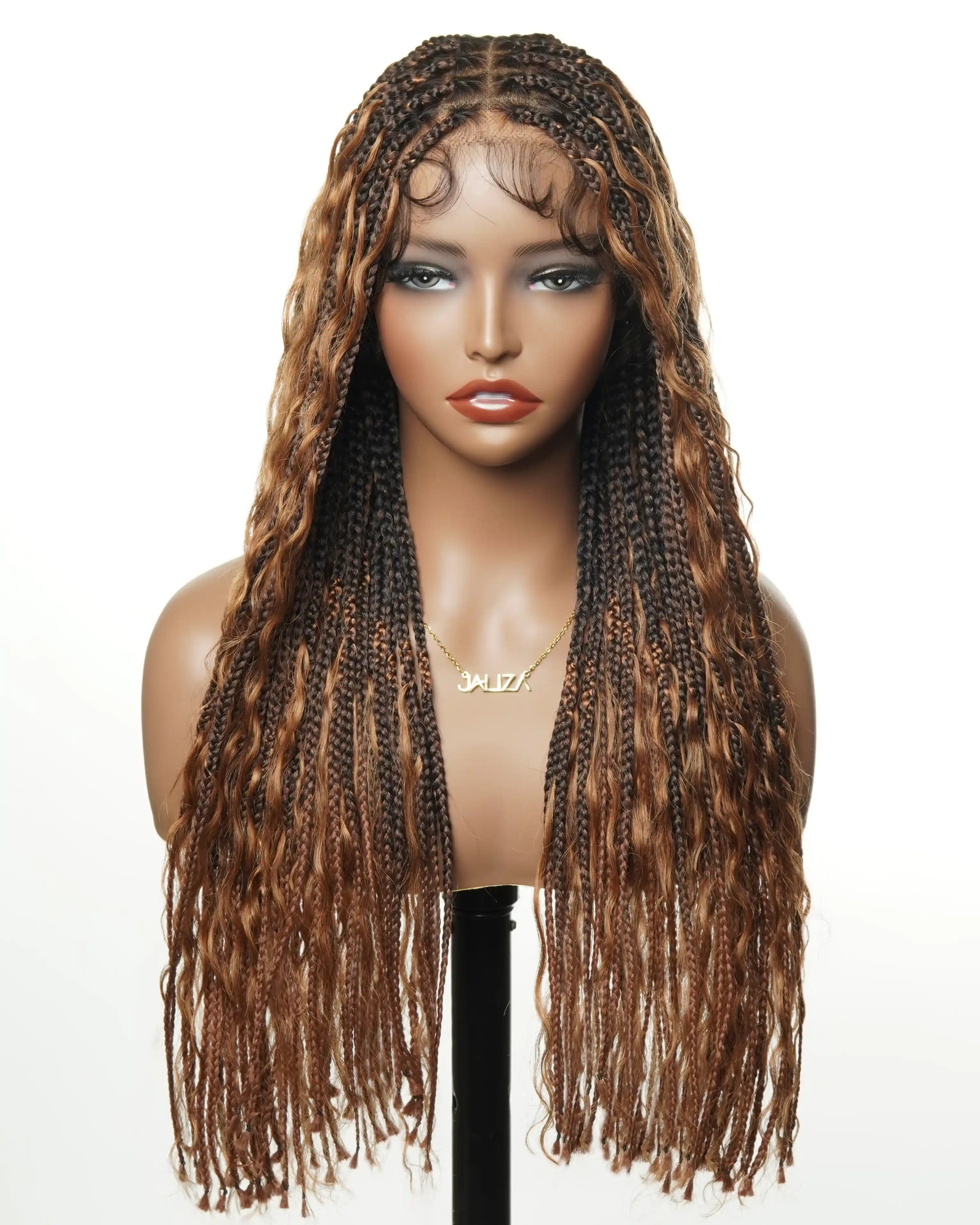
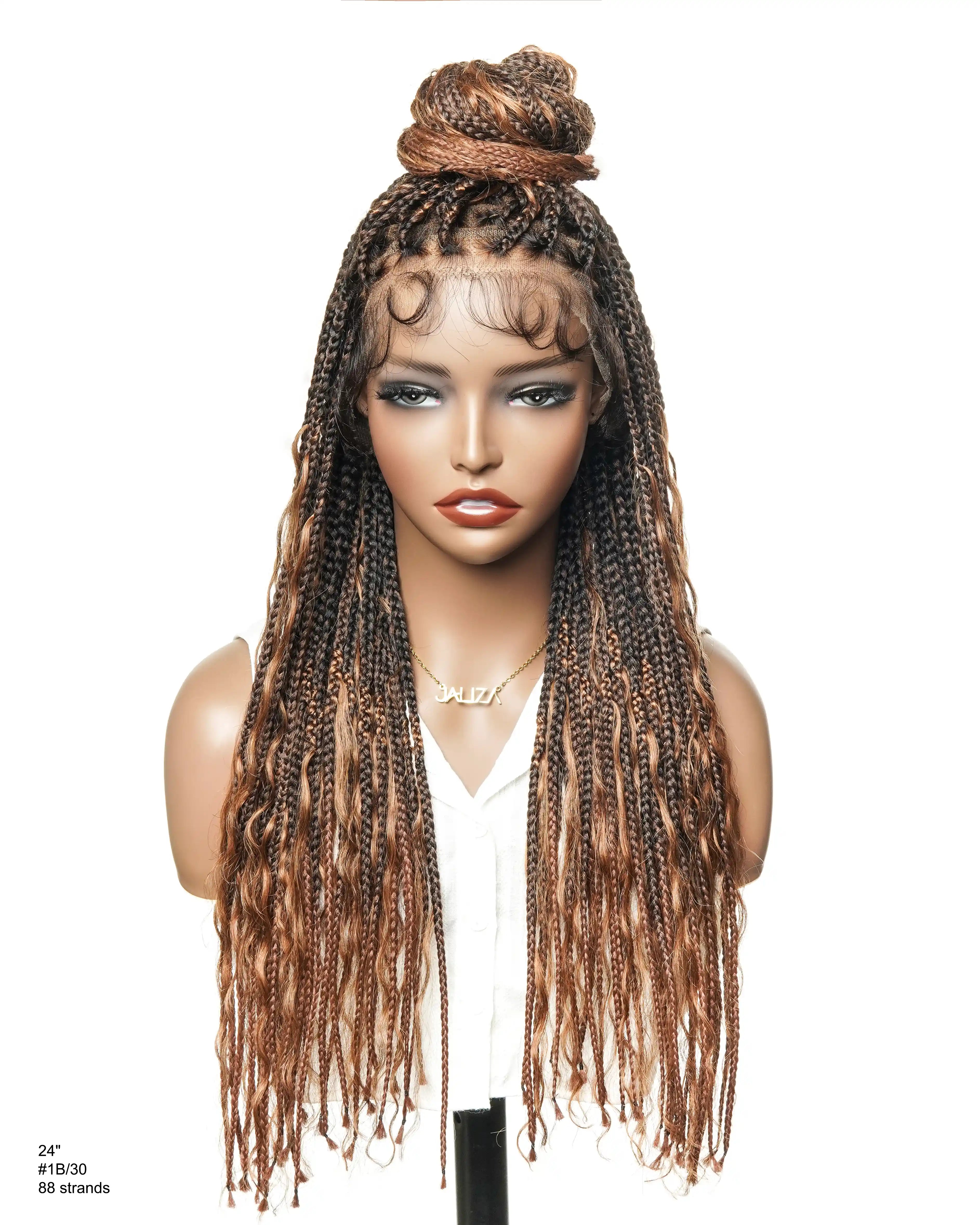
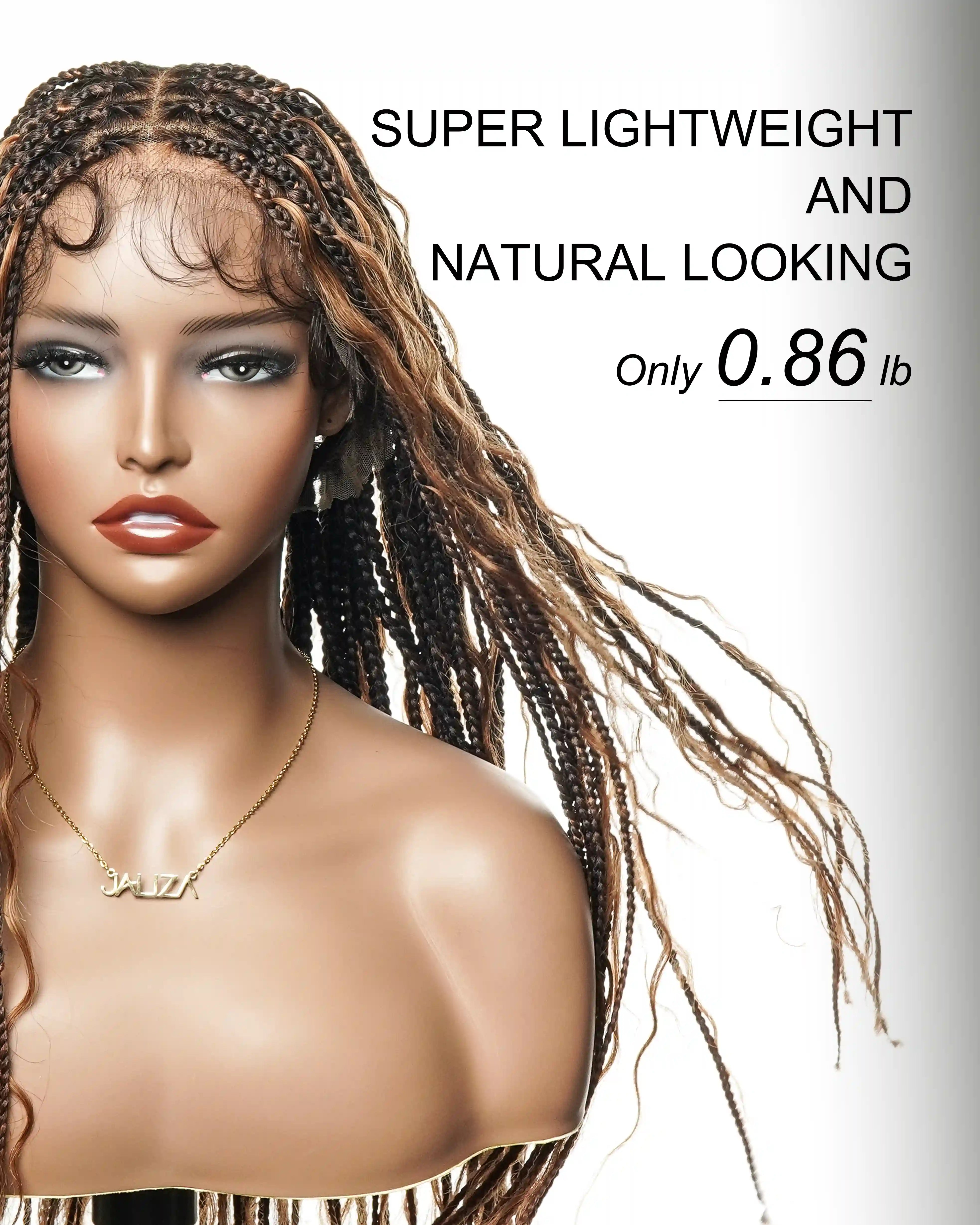
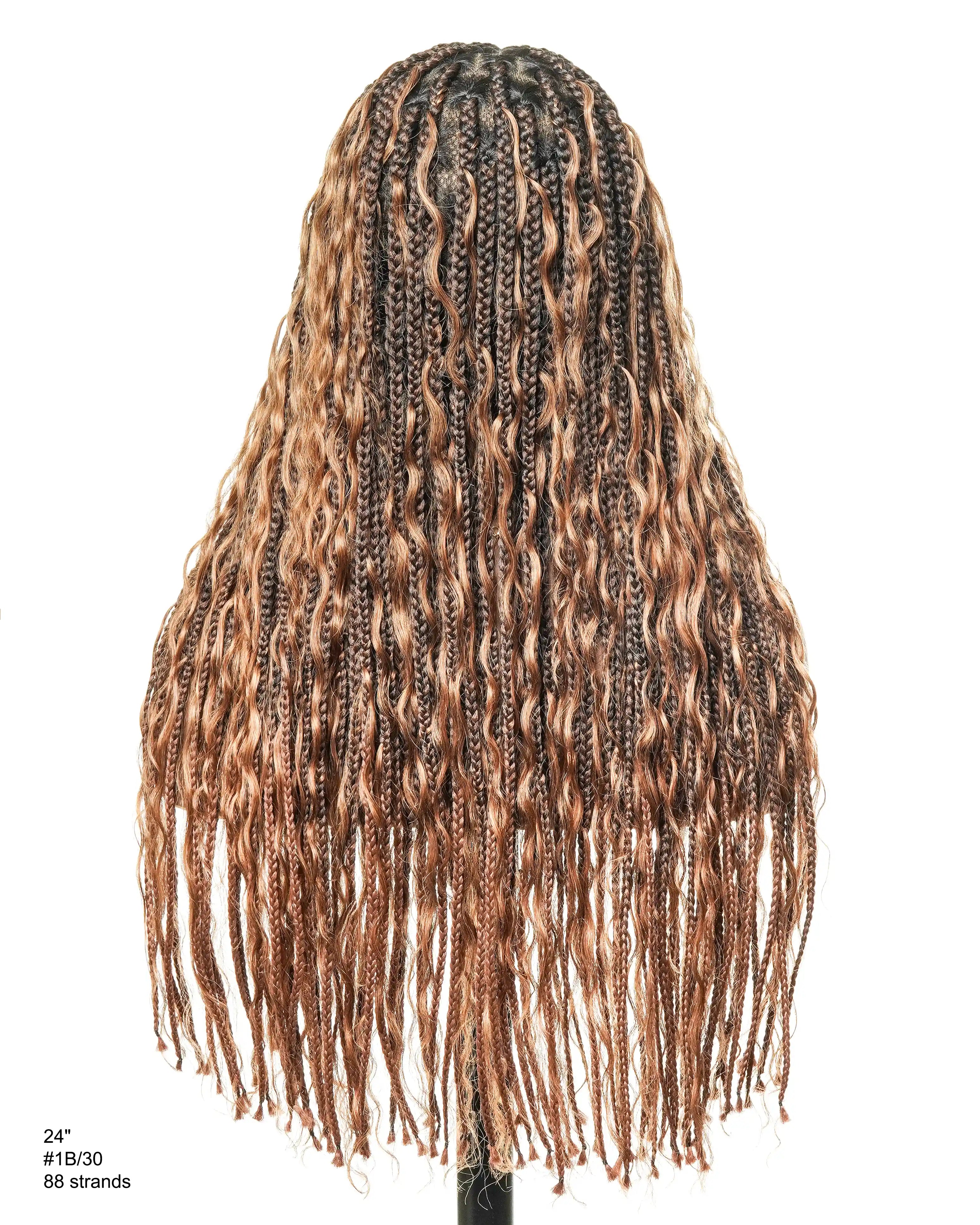
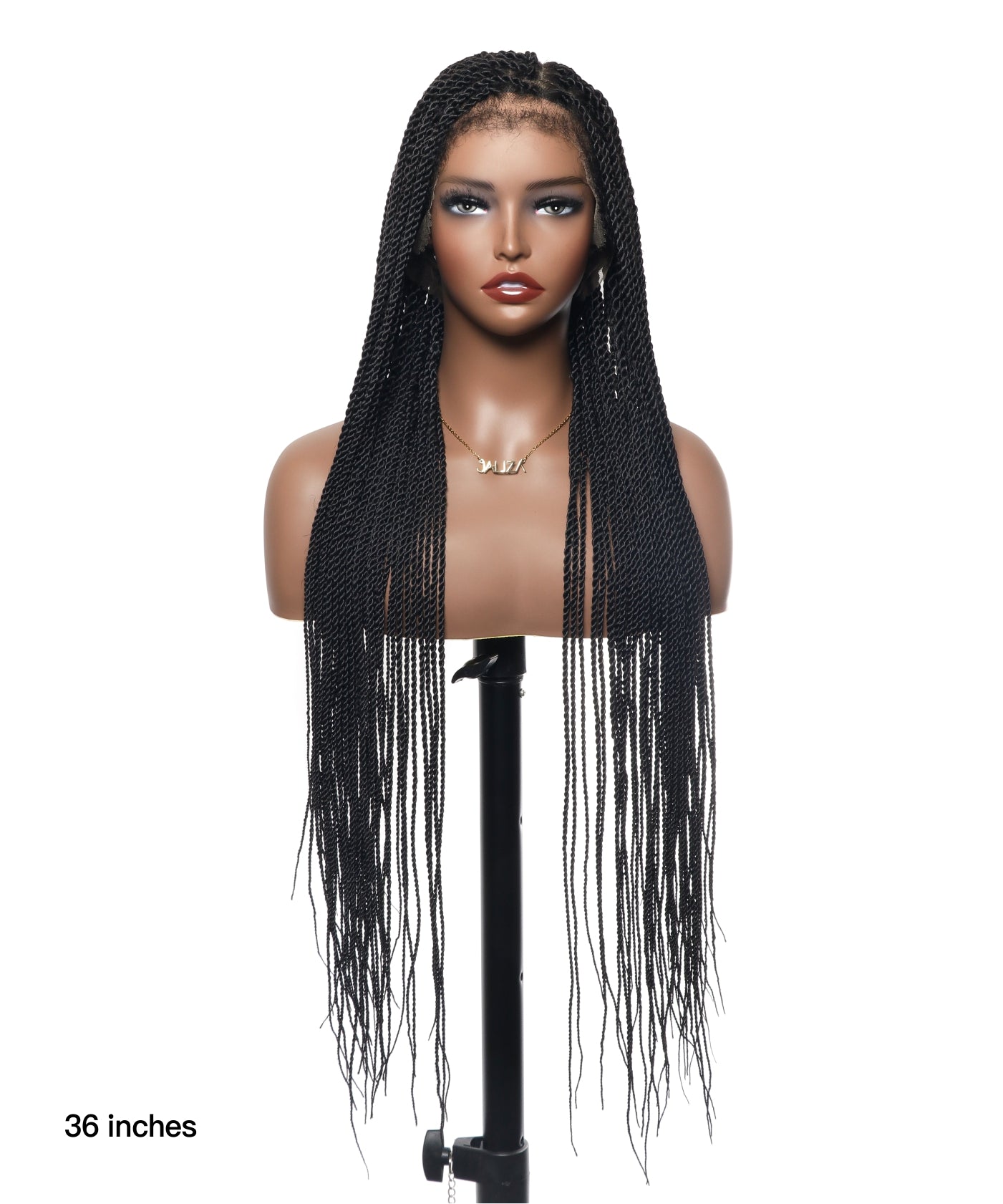
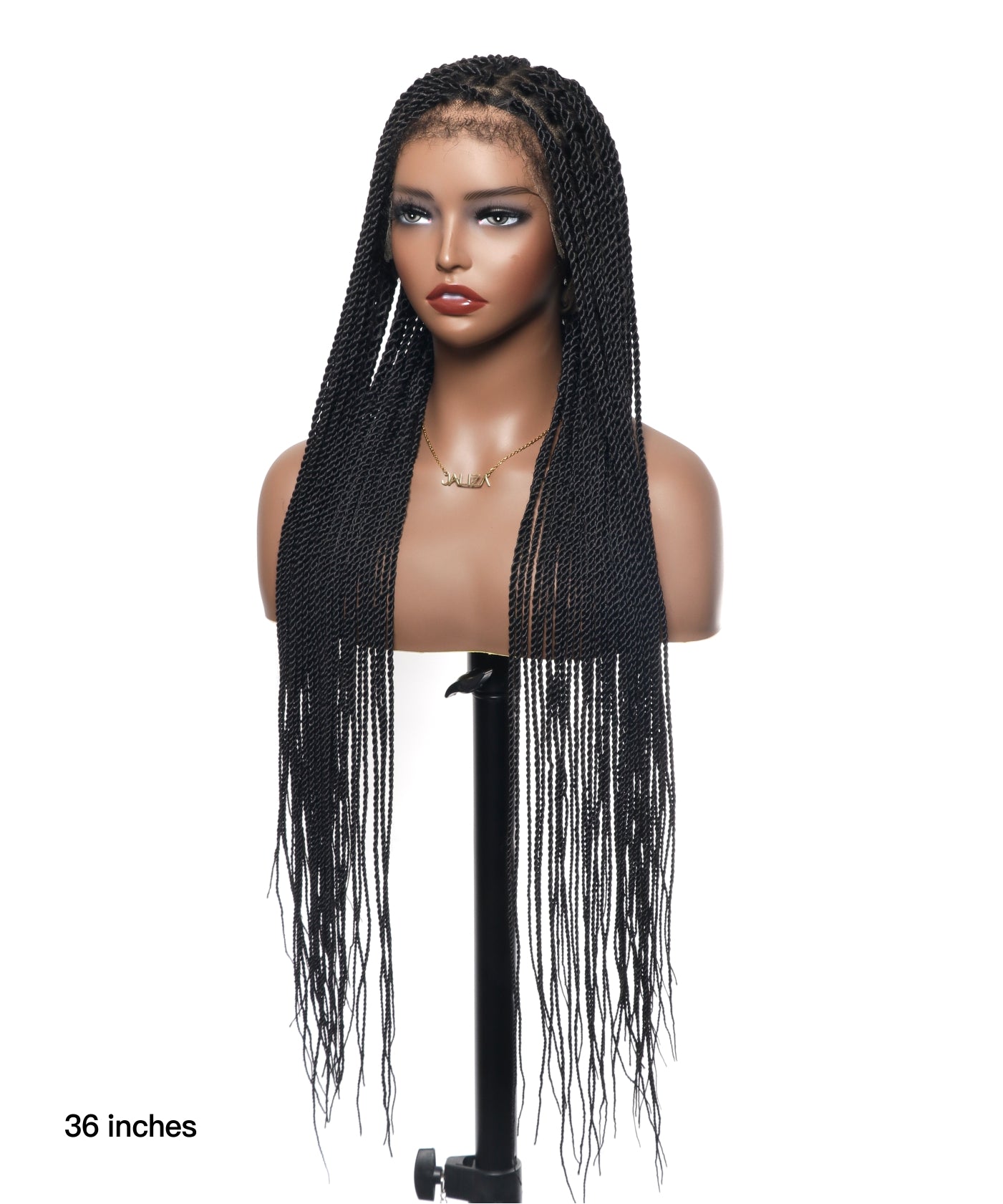
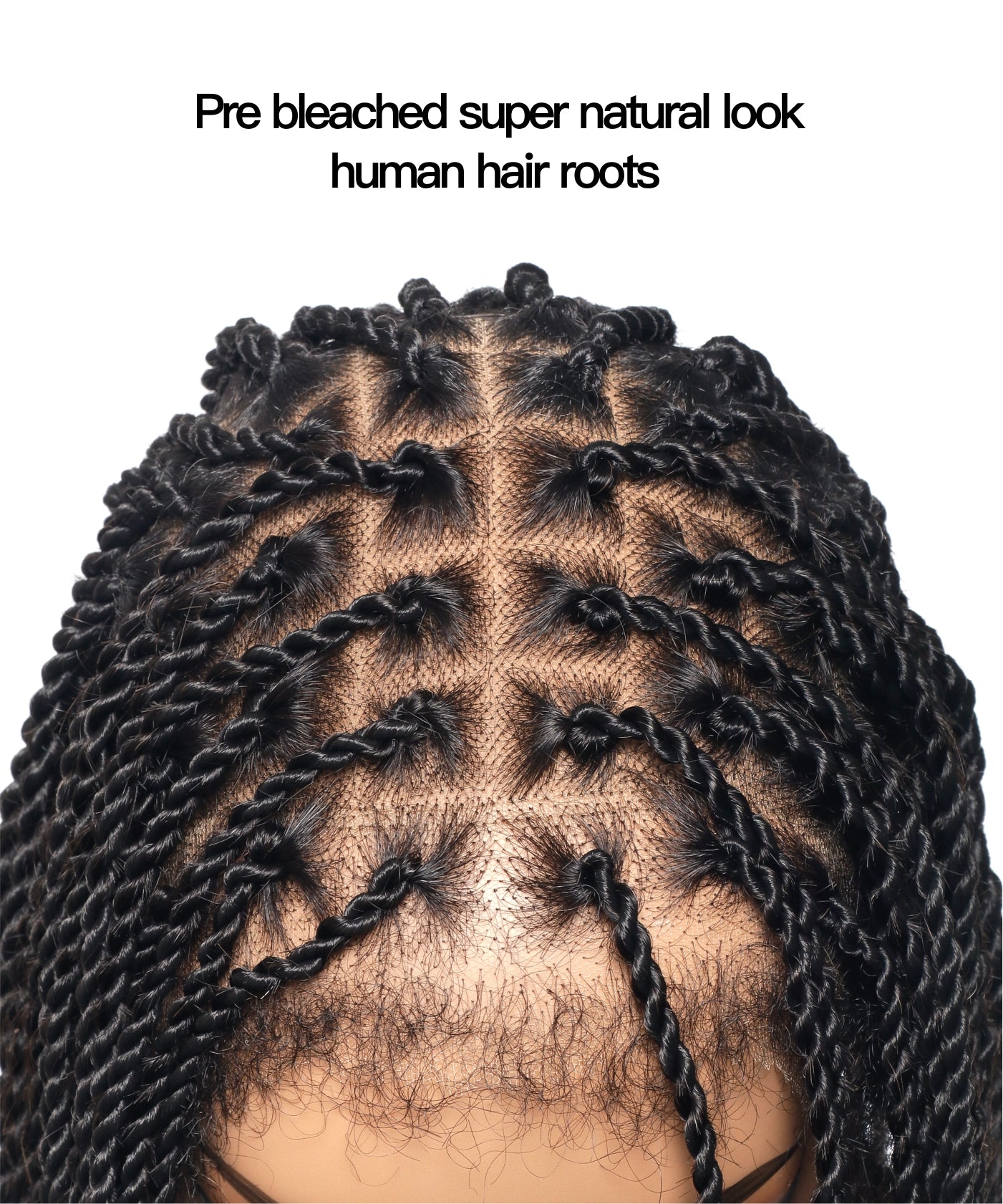
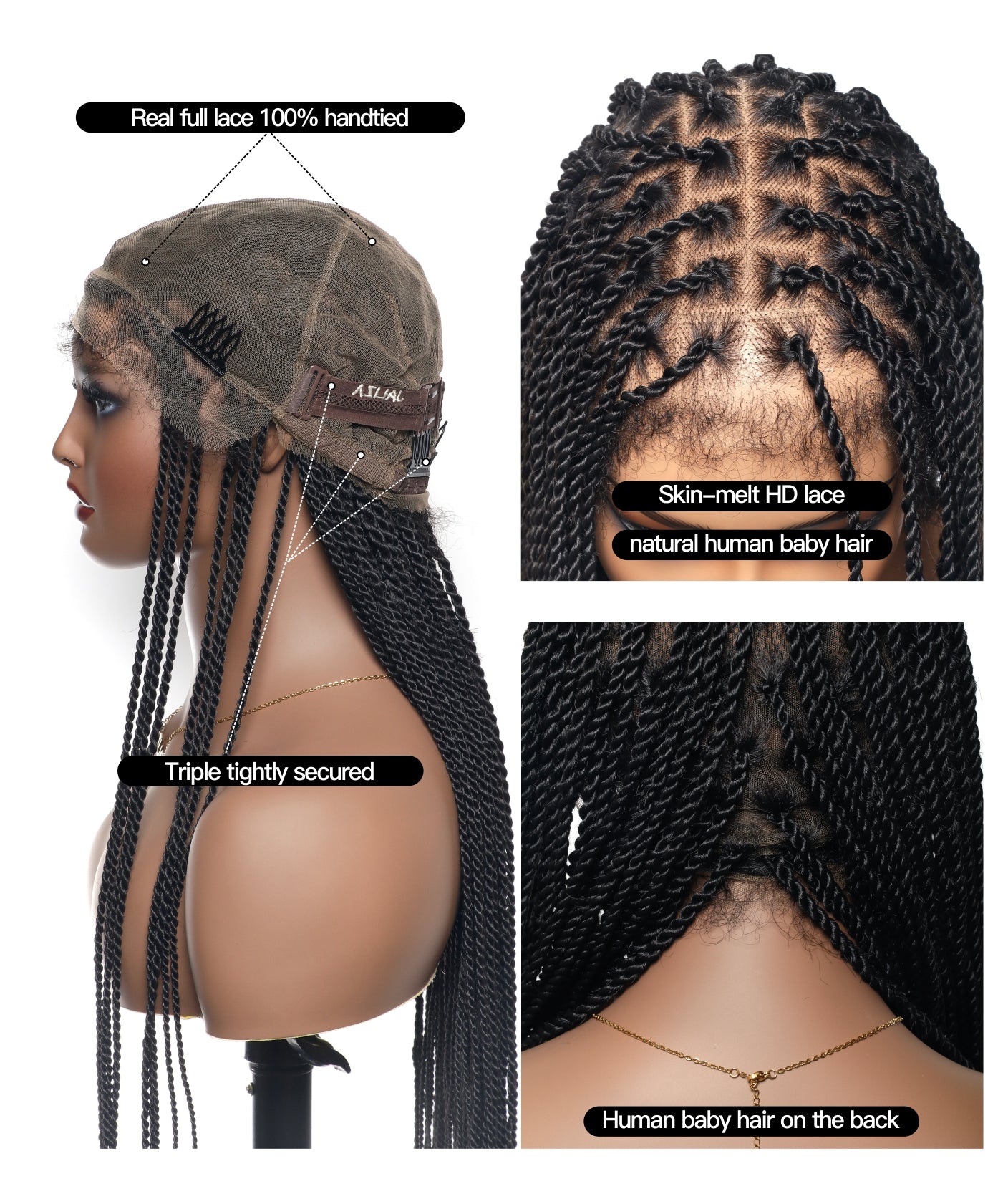
Share:
Safeguarding Your Style: The Advantages of Wearing a Bonnet with Locs Braided Wigs
Mastering the Art of Maintenance: Crafting the Perfect Oiling Schedule for Your Locs Braided Wigs